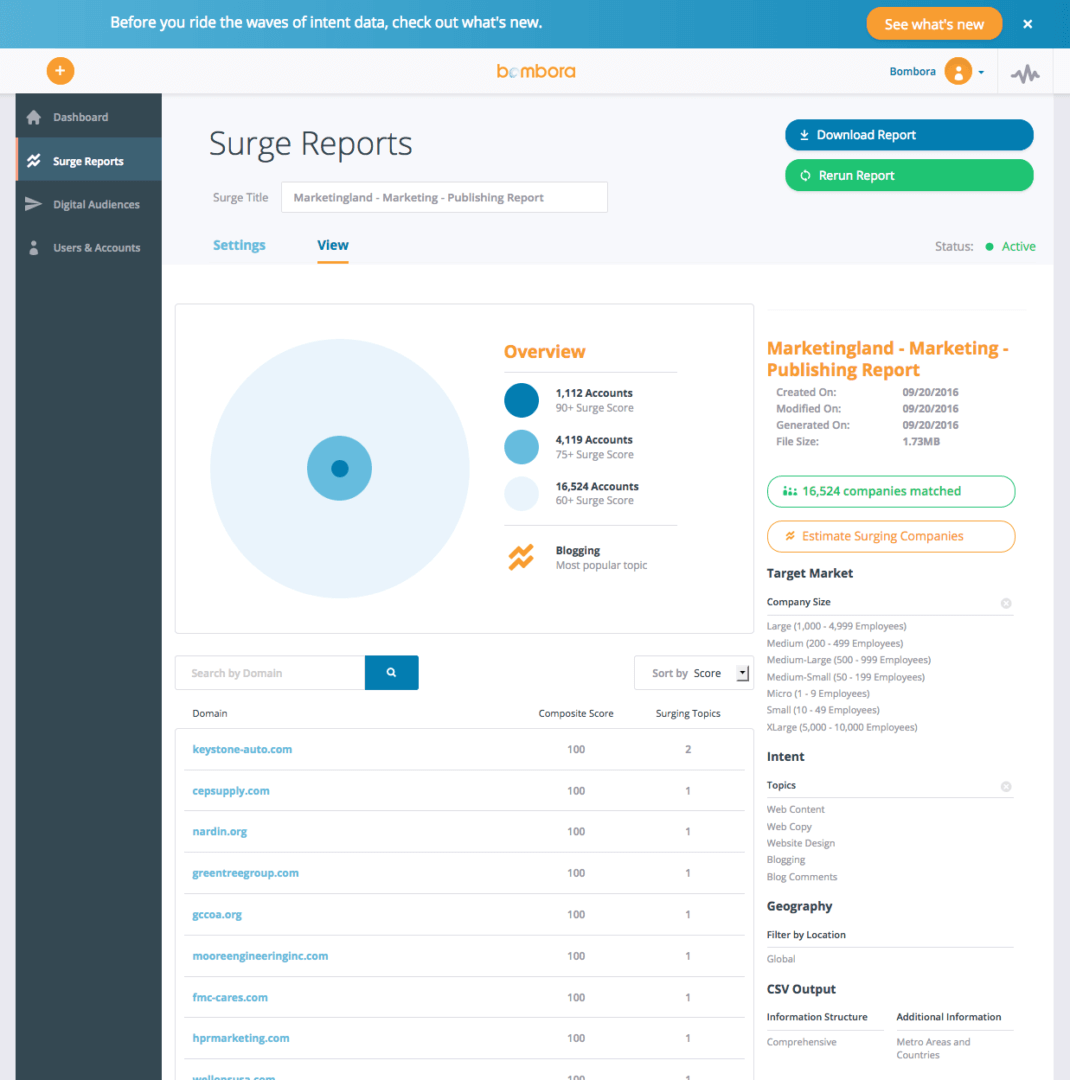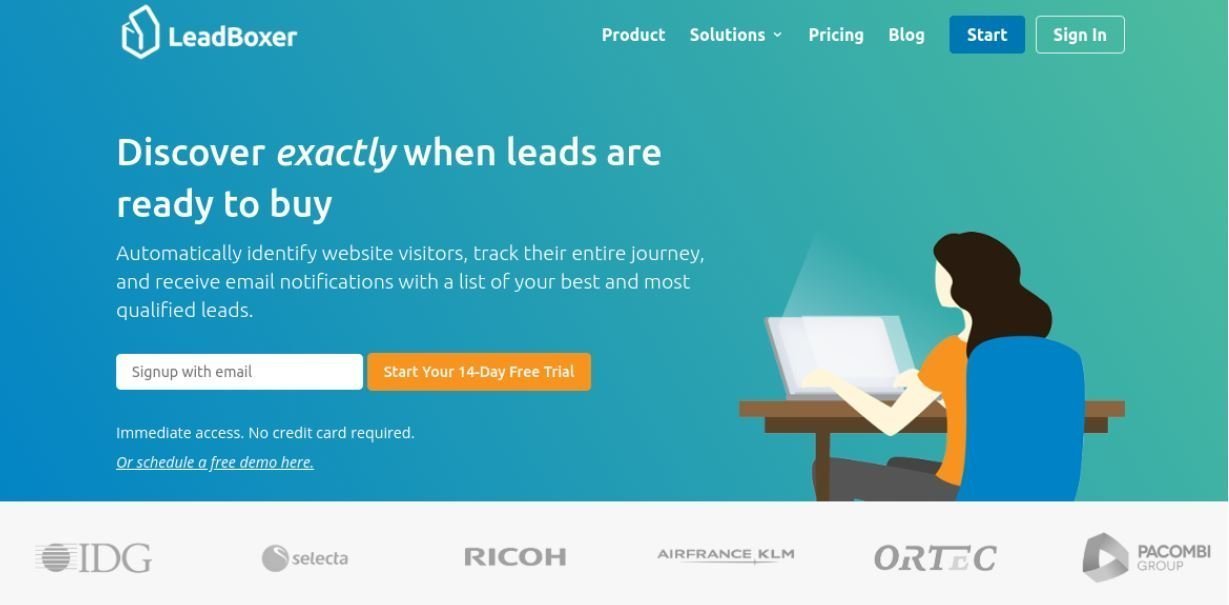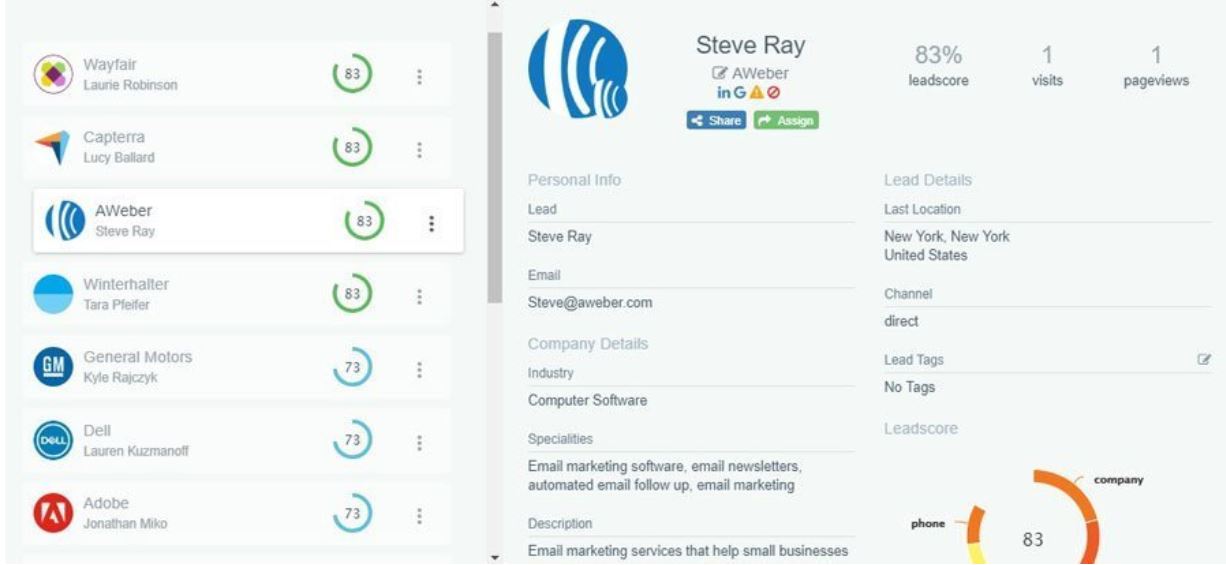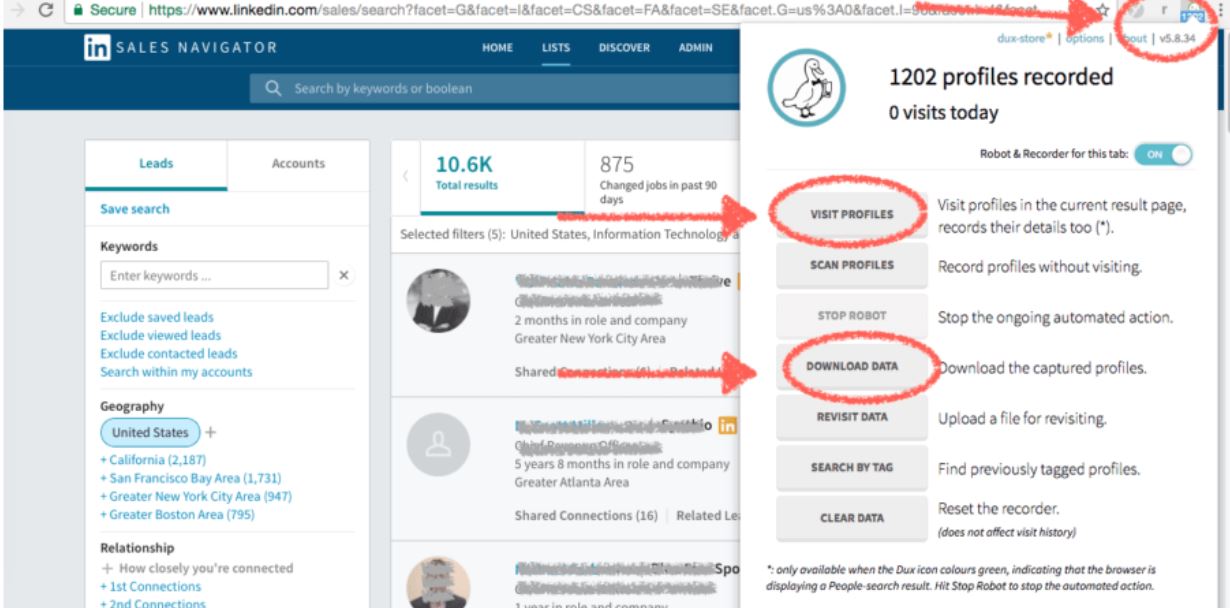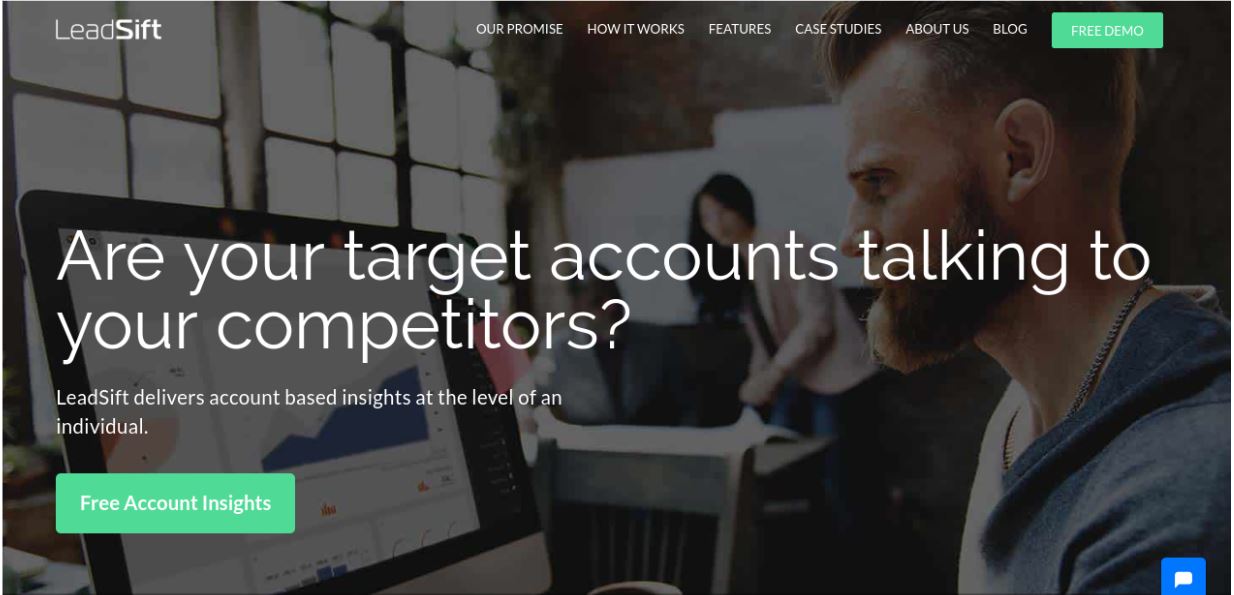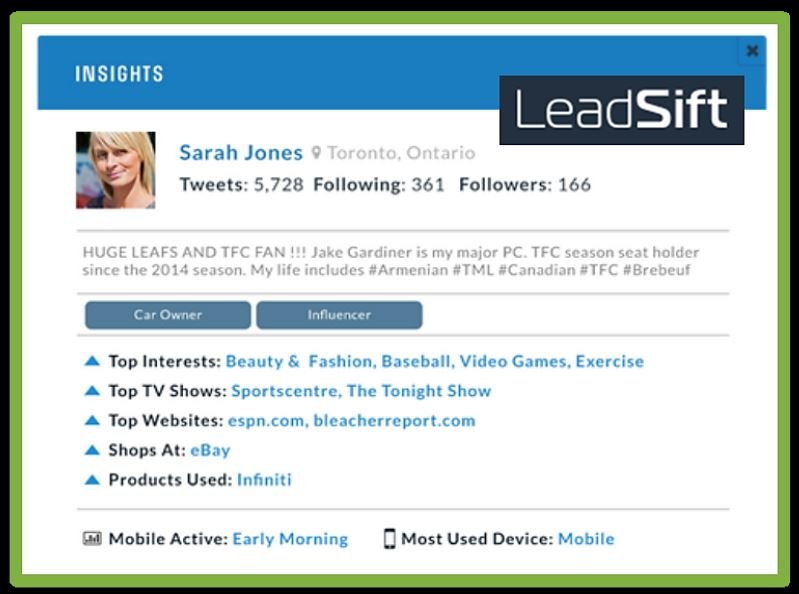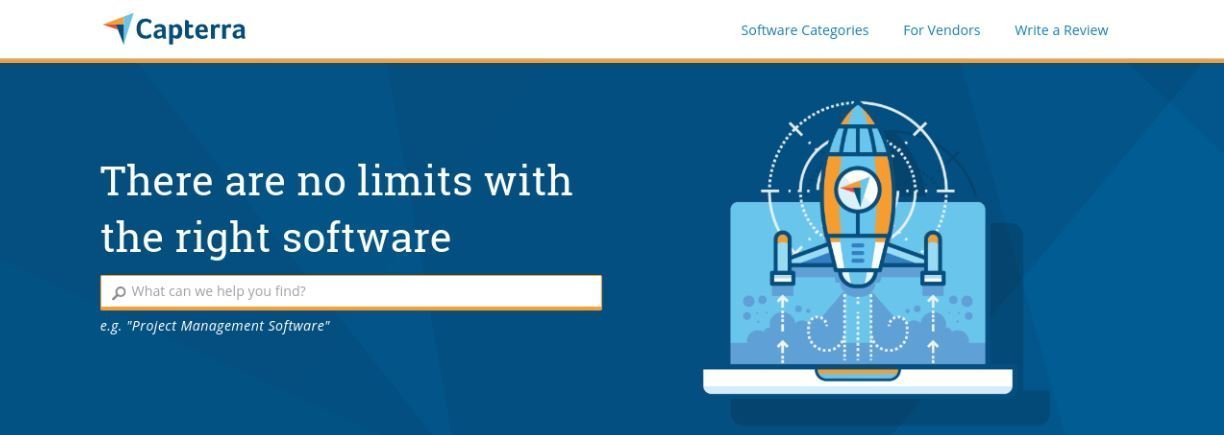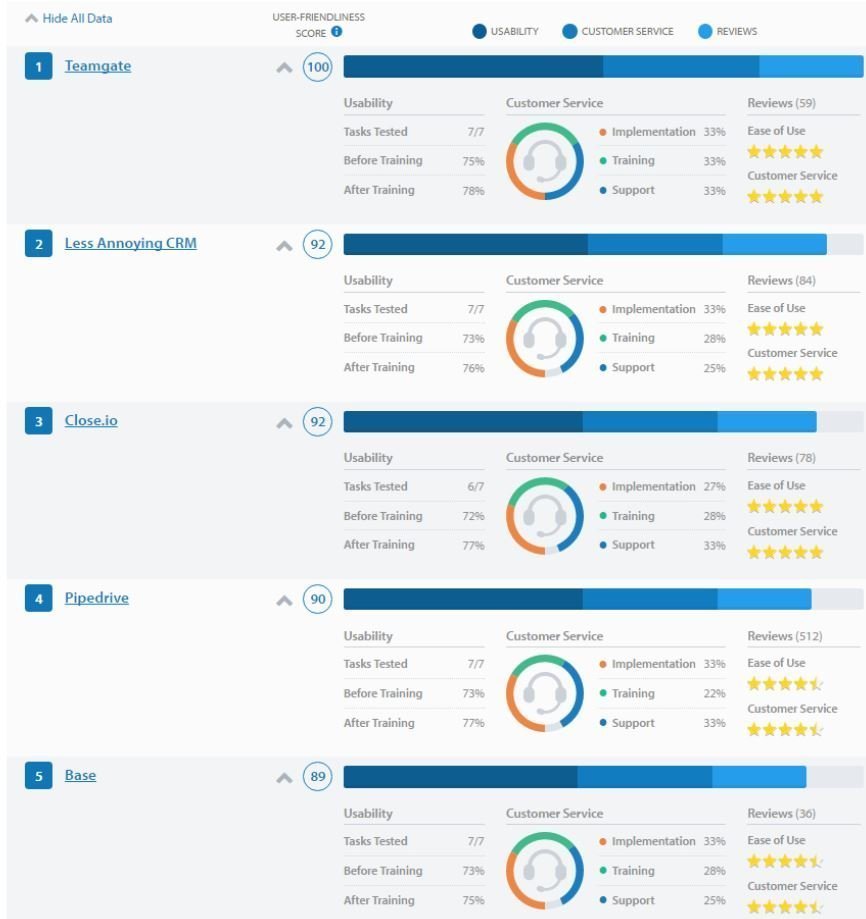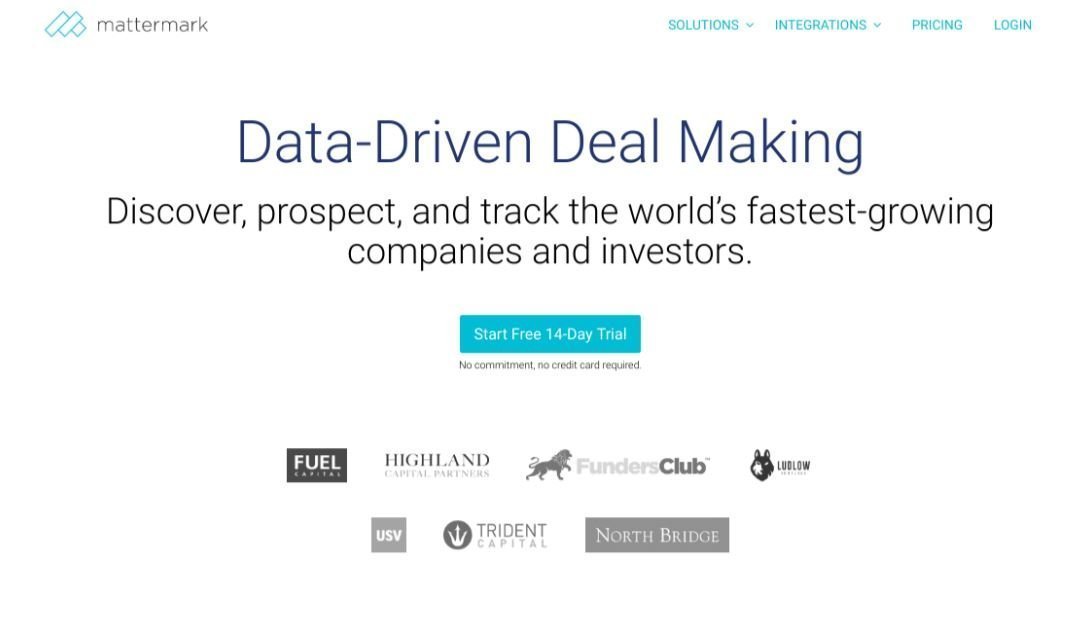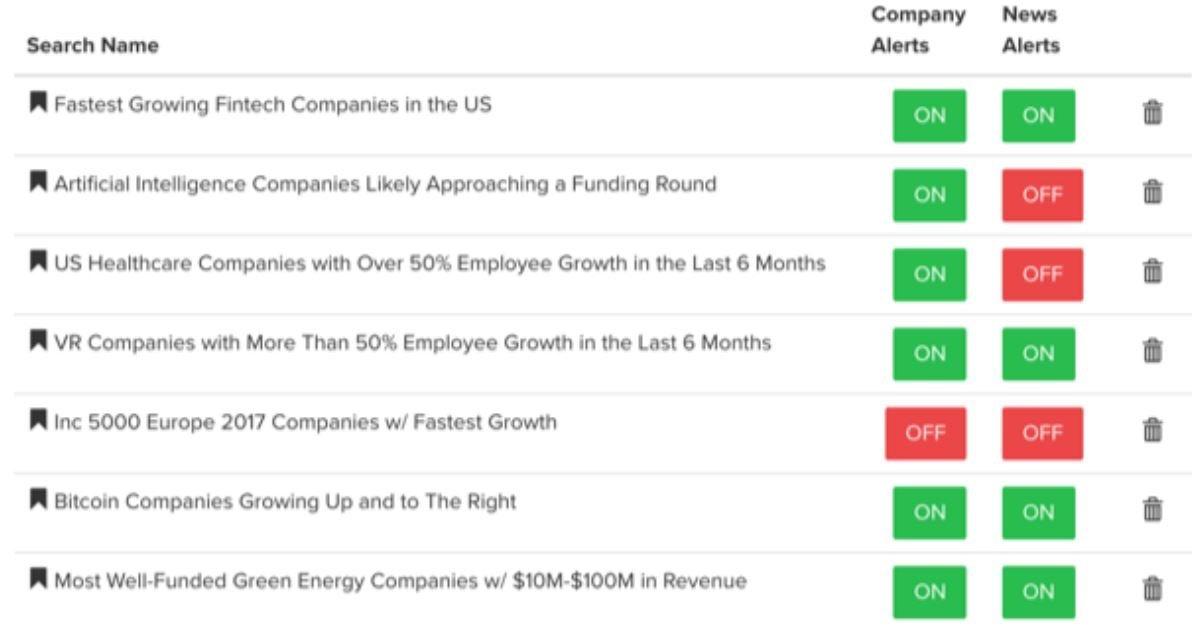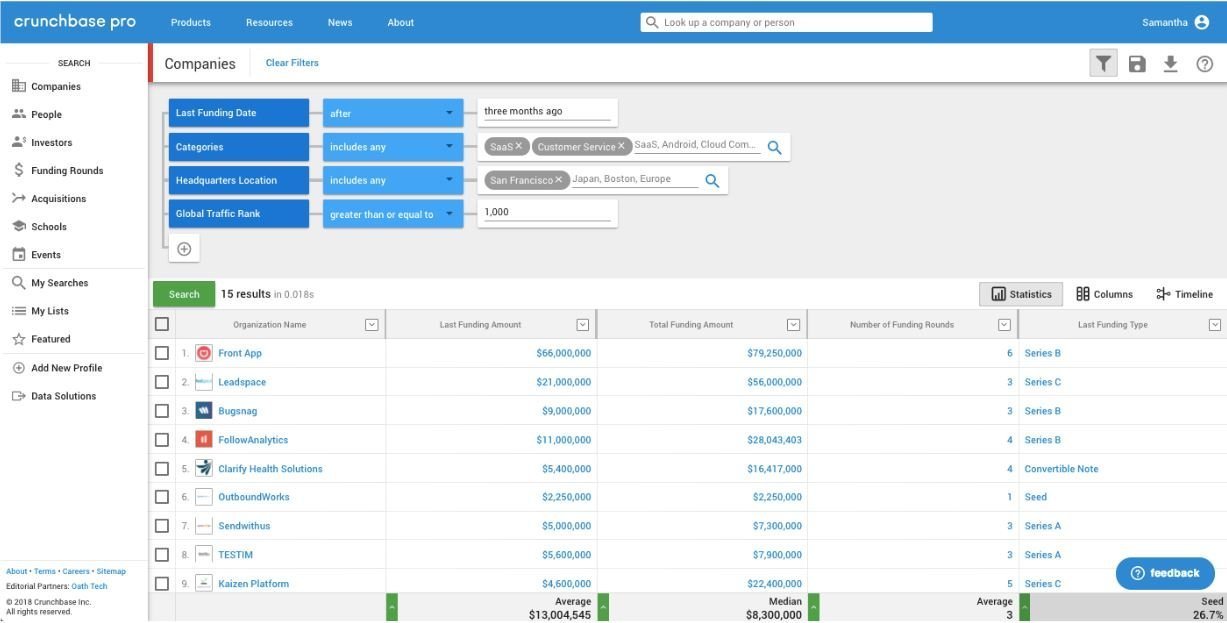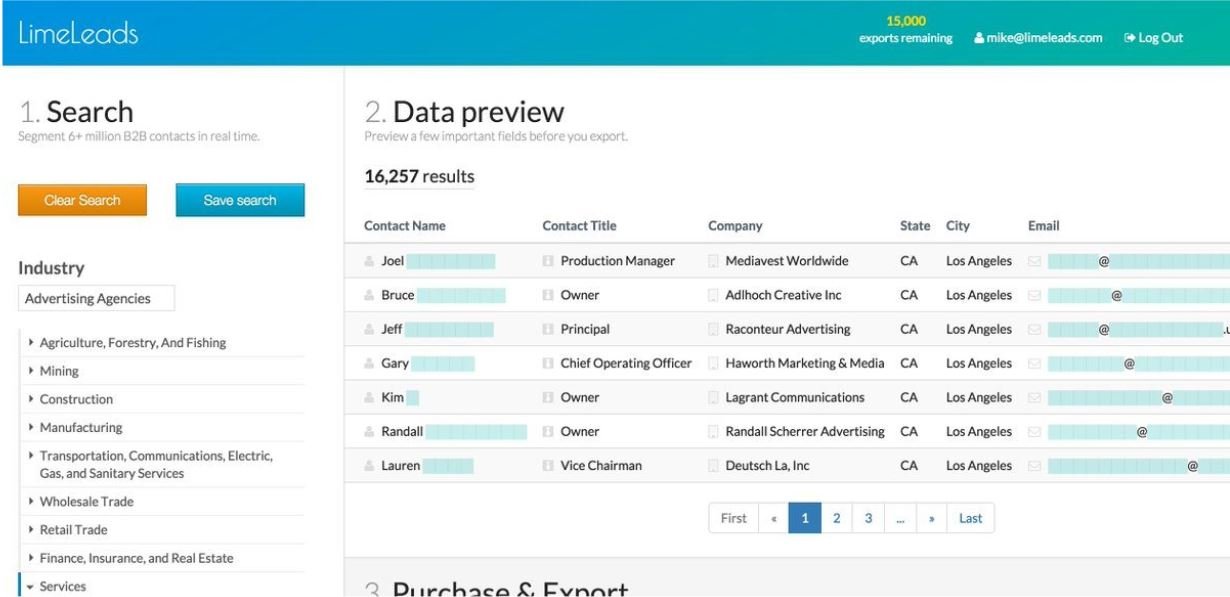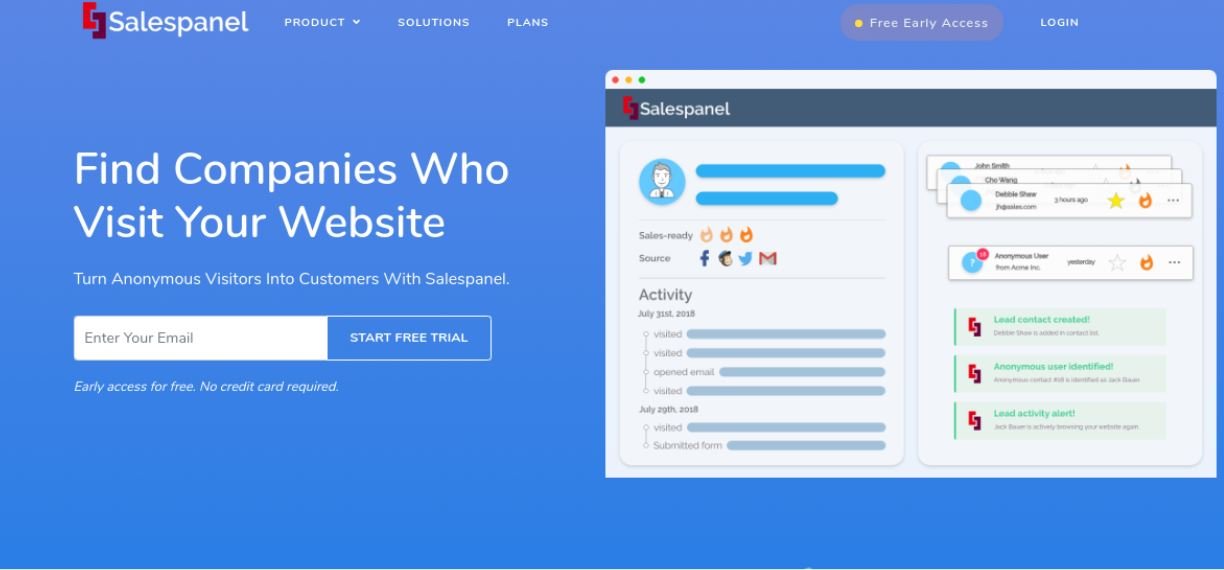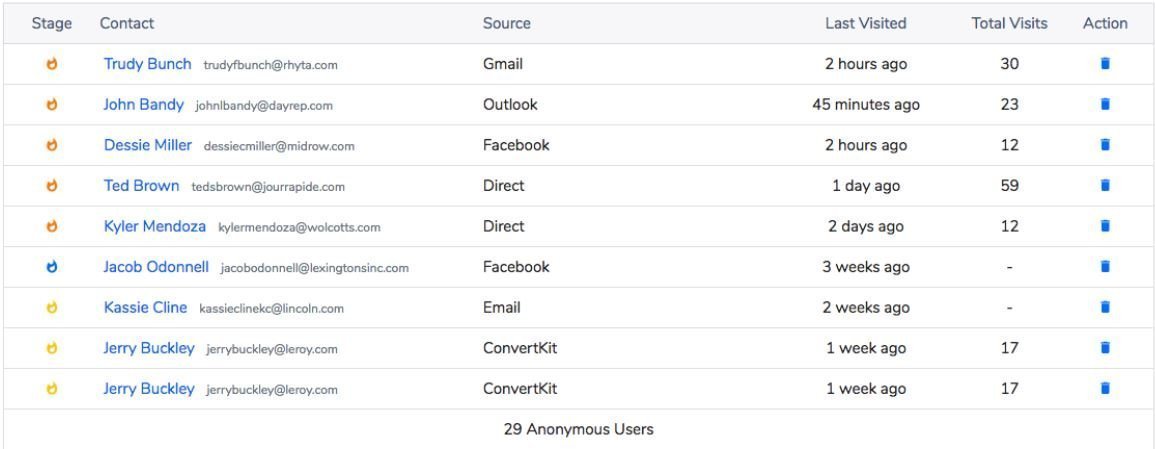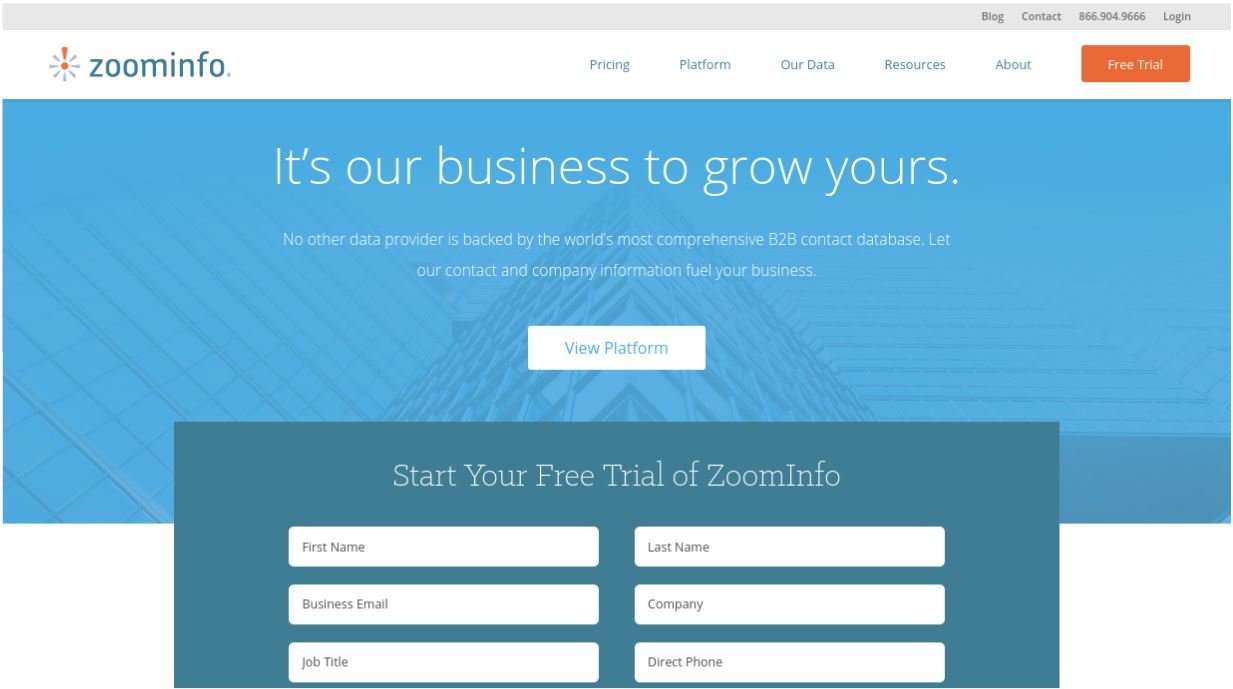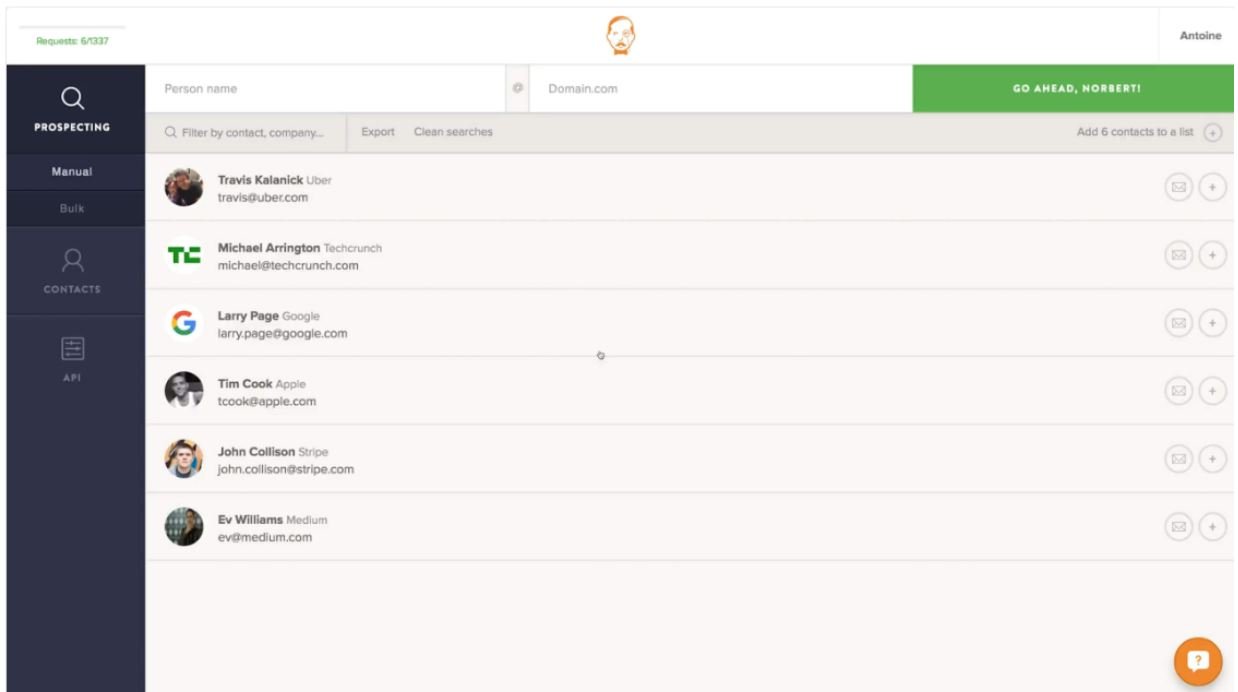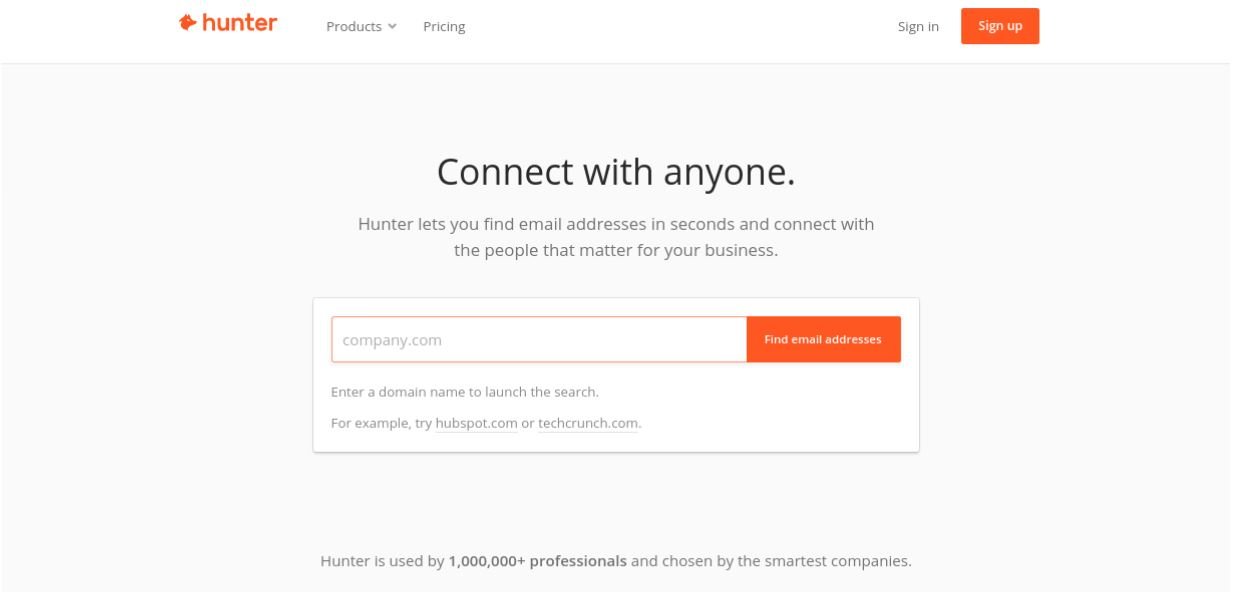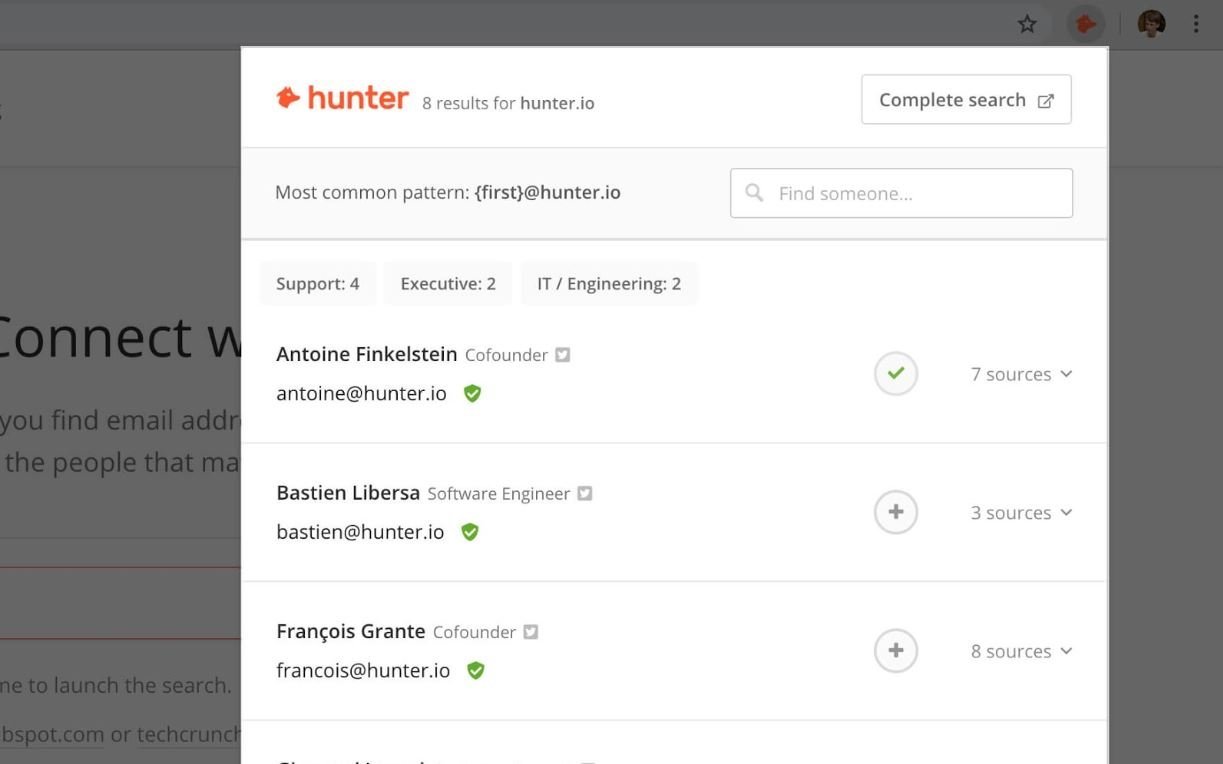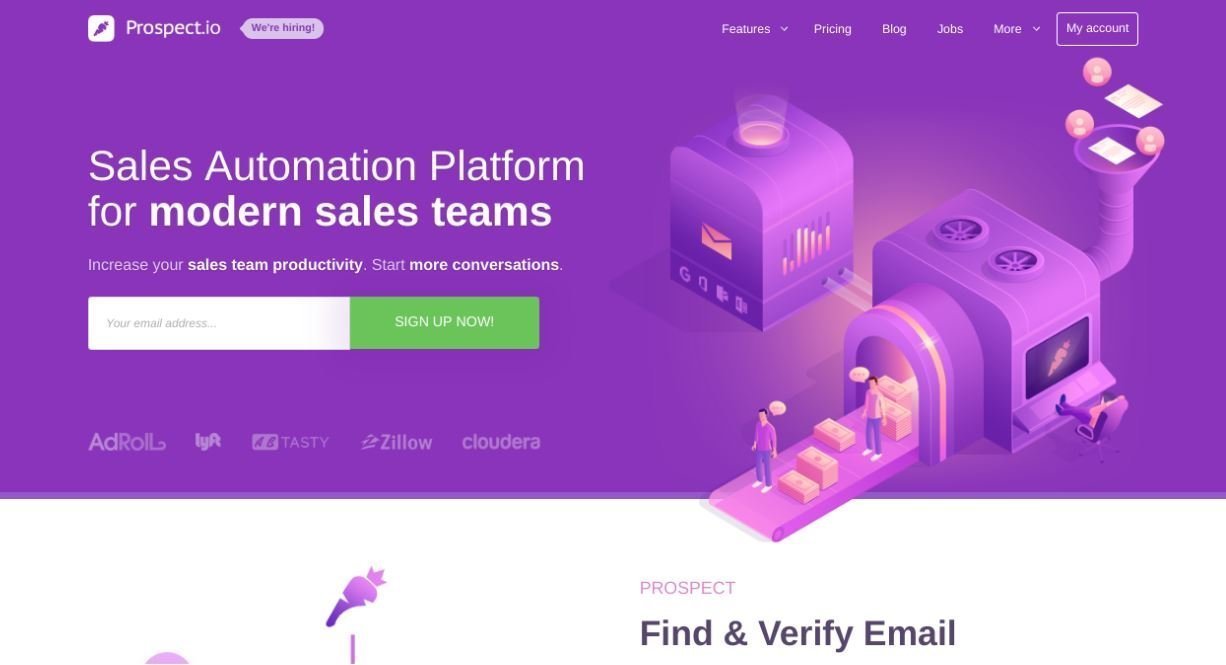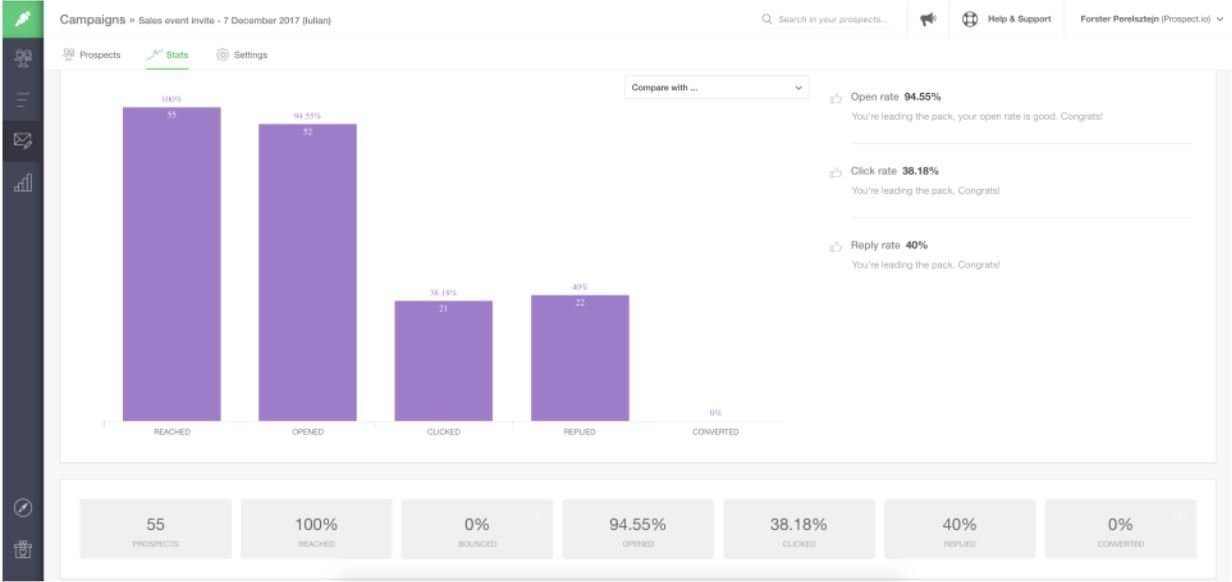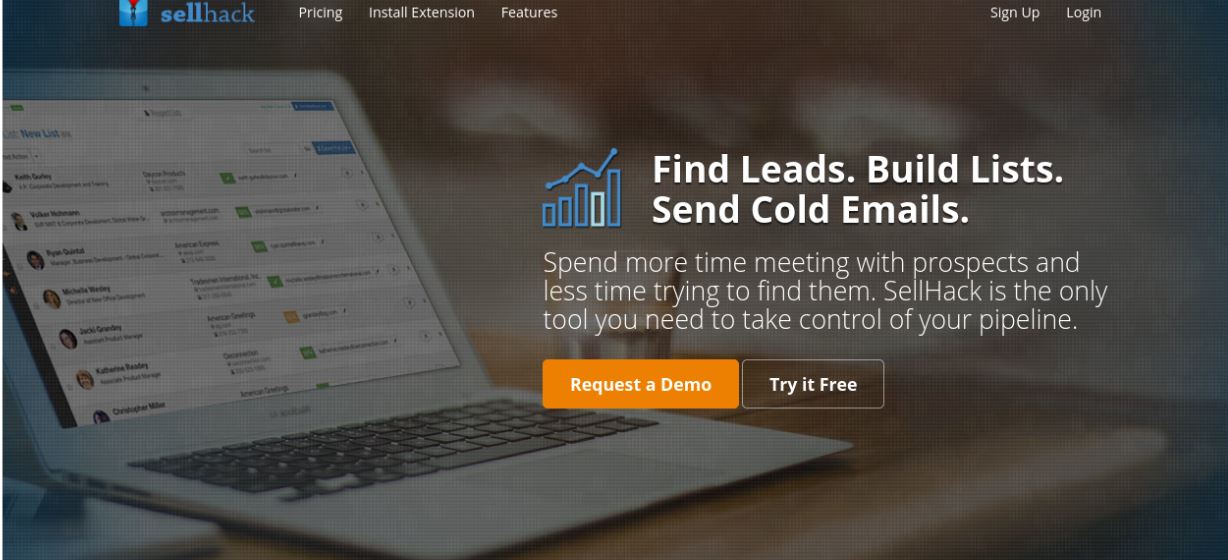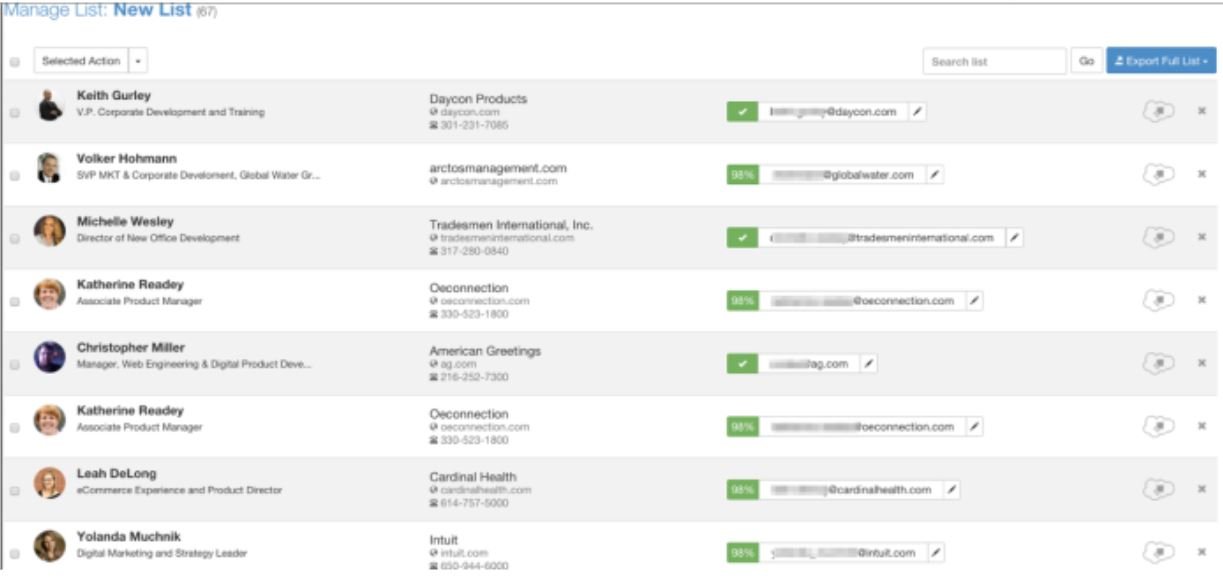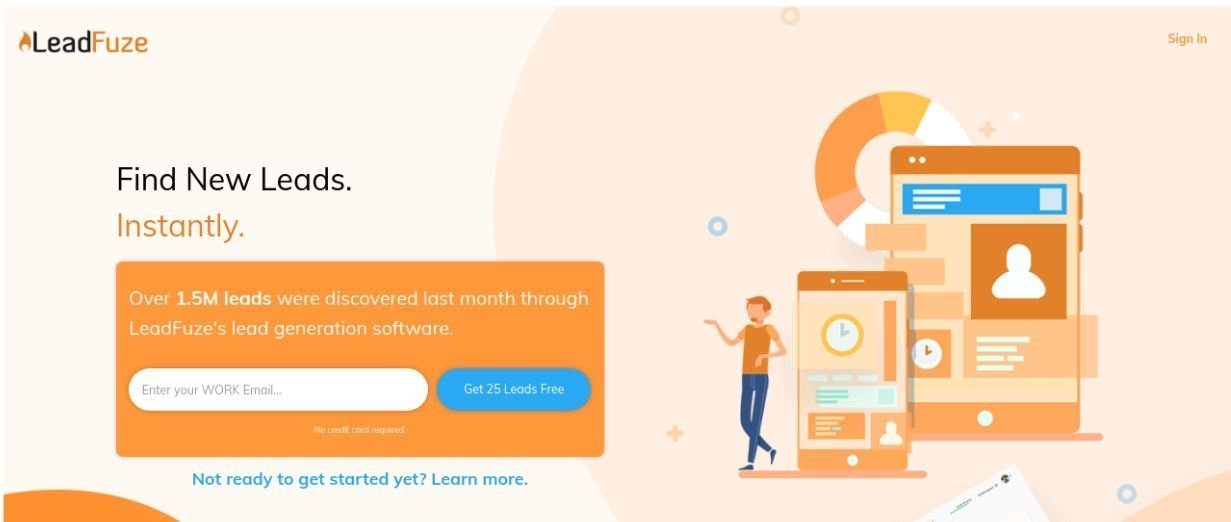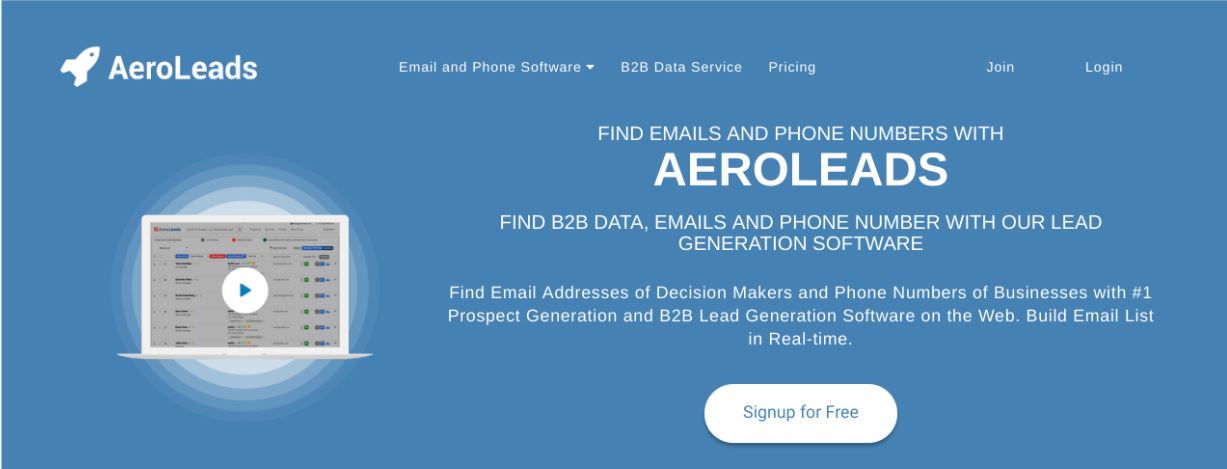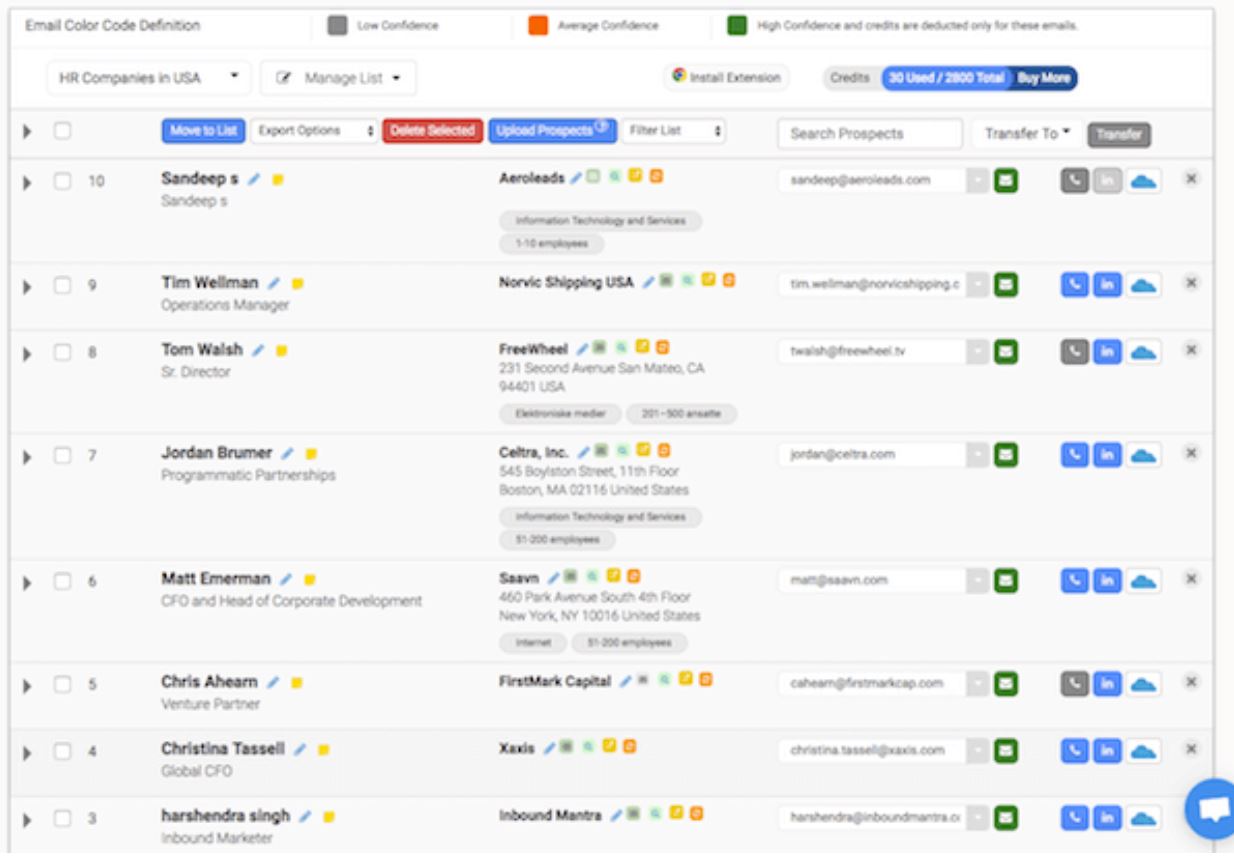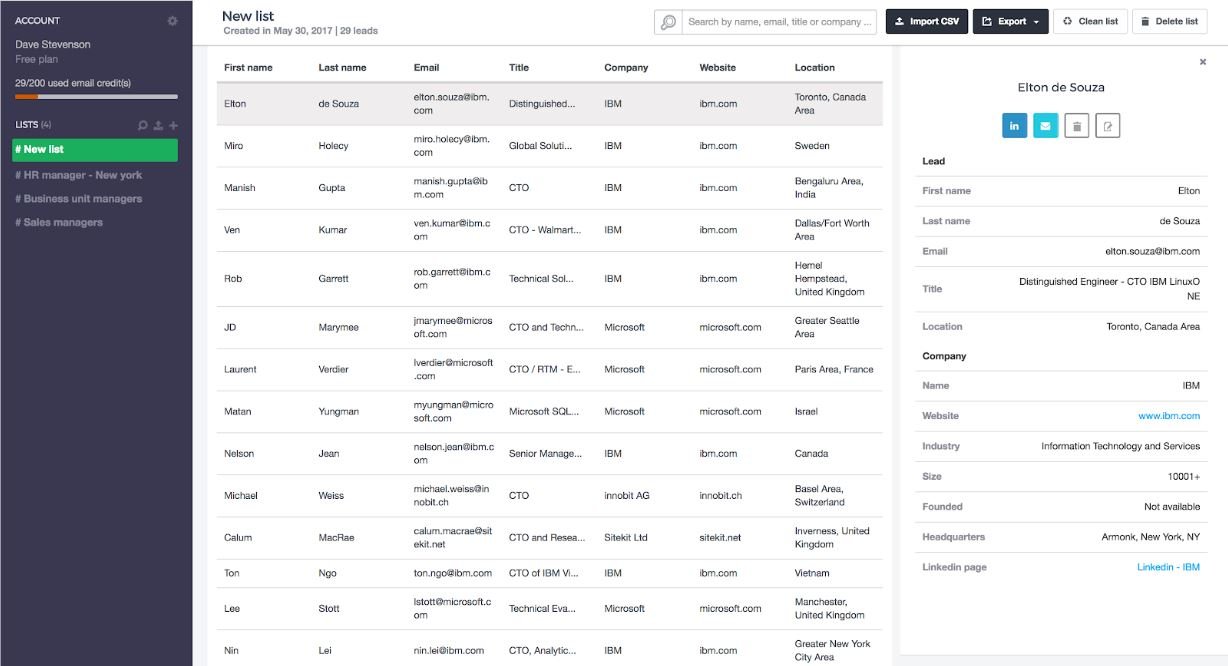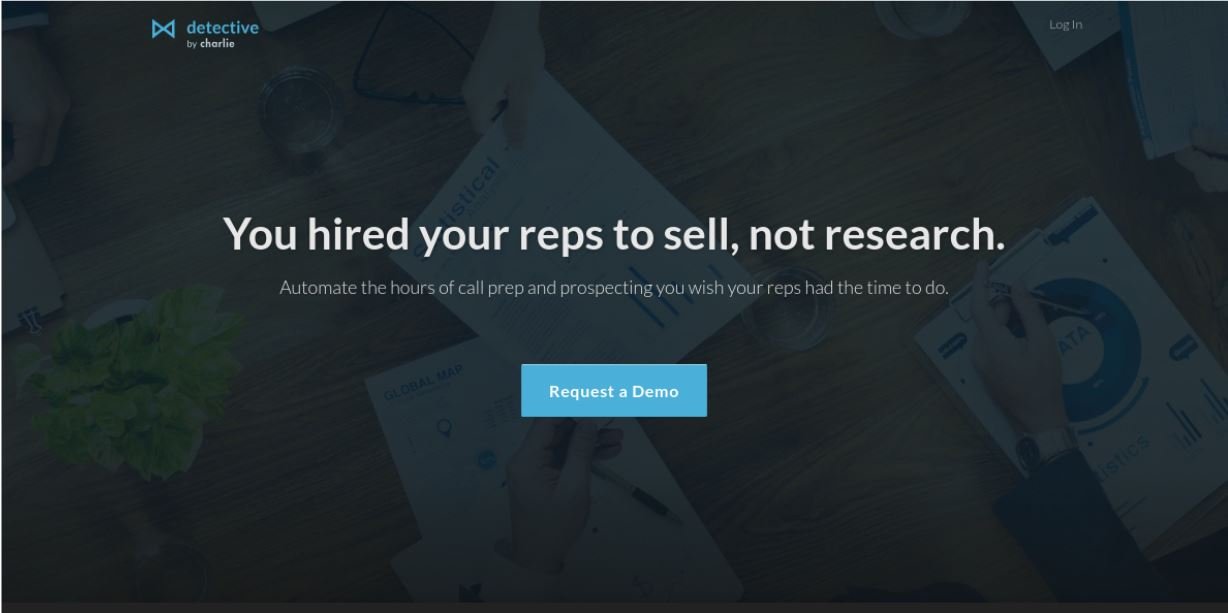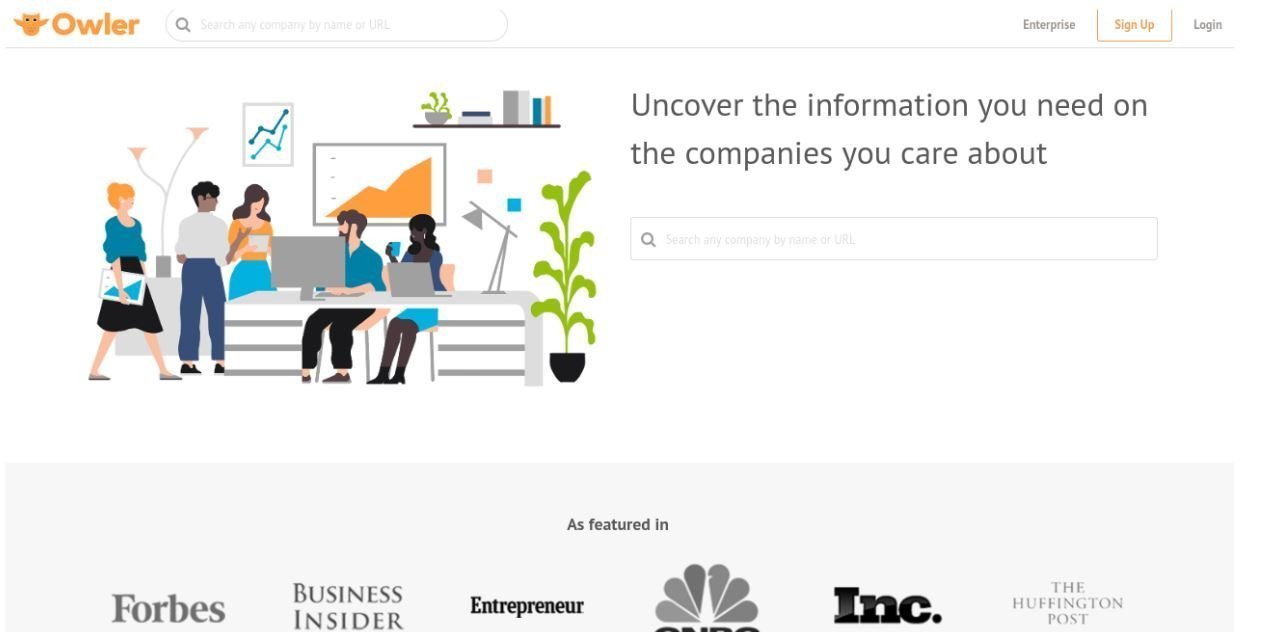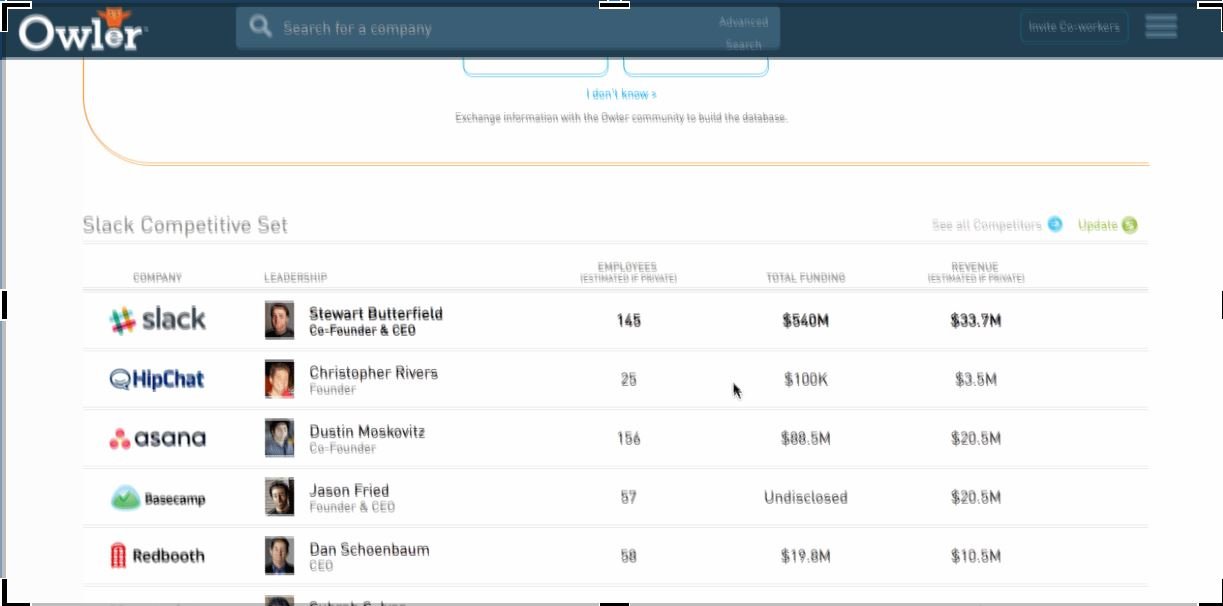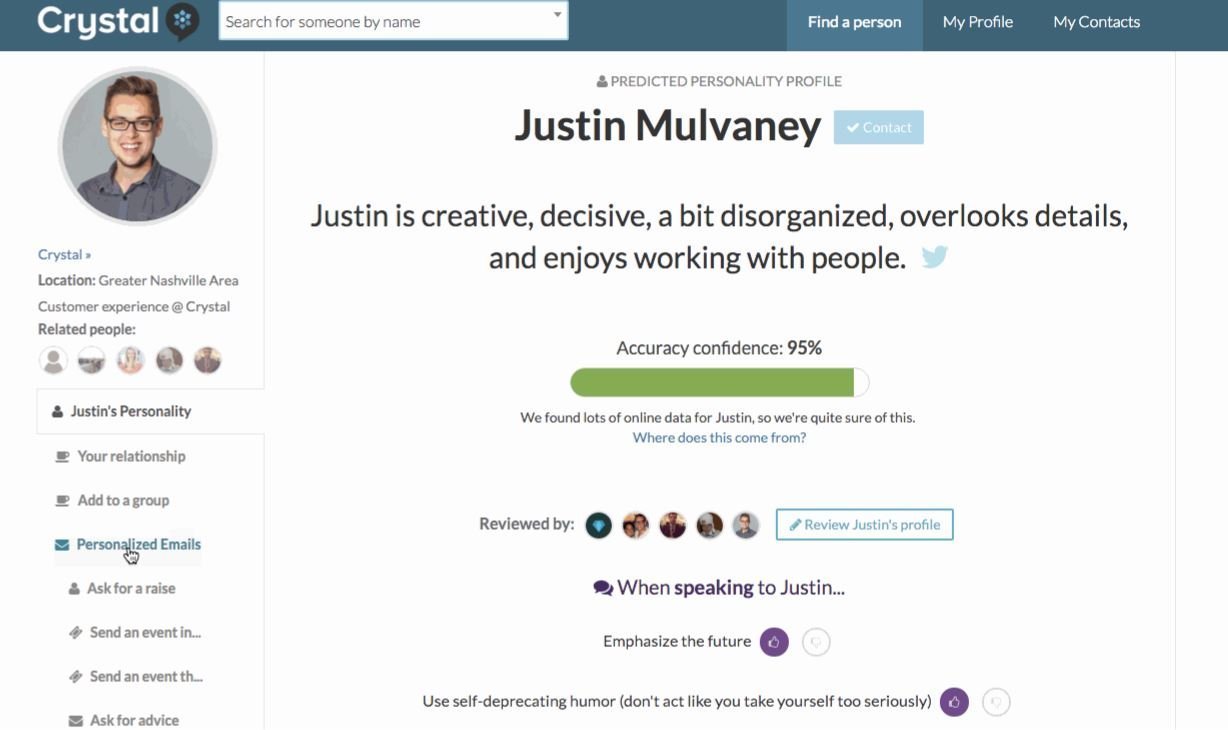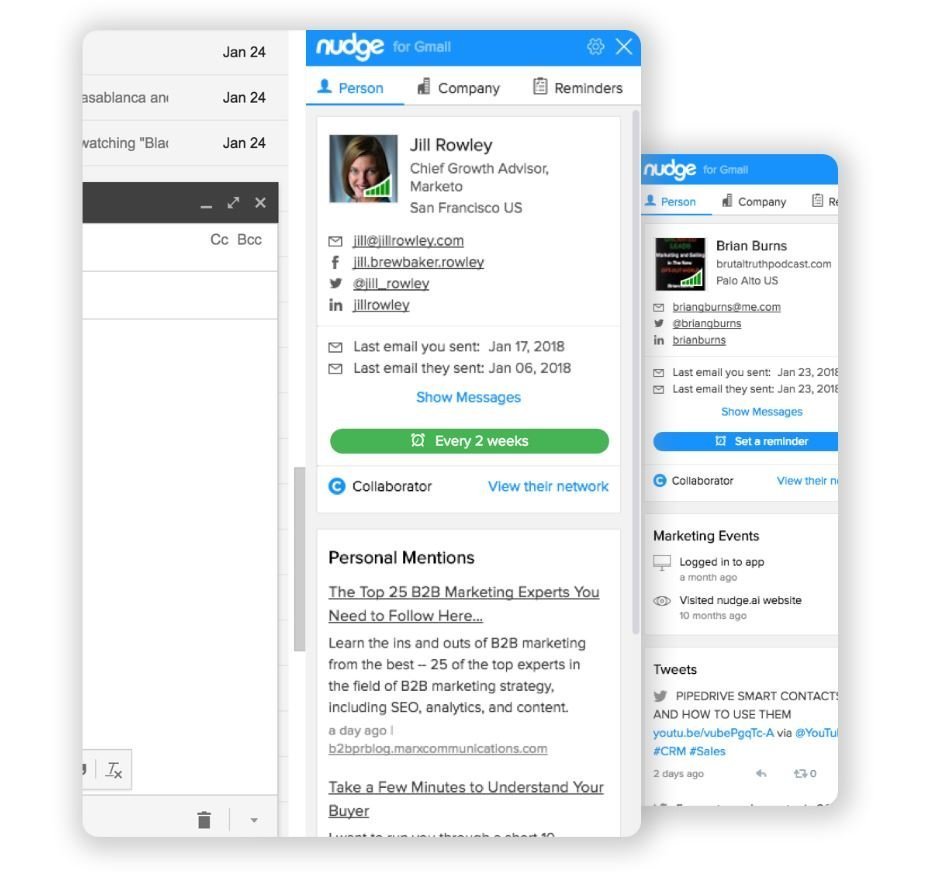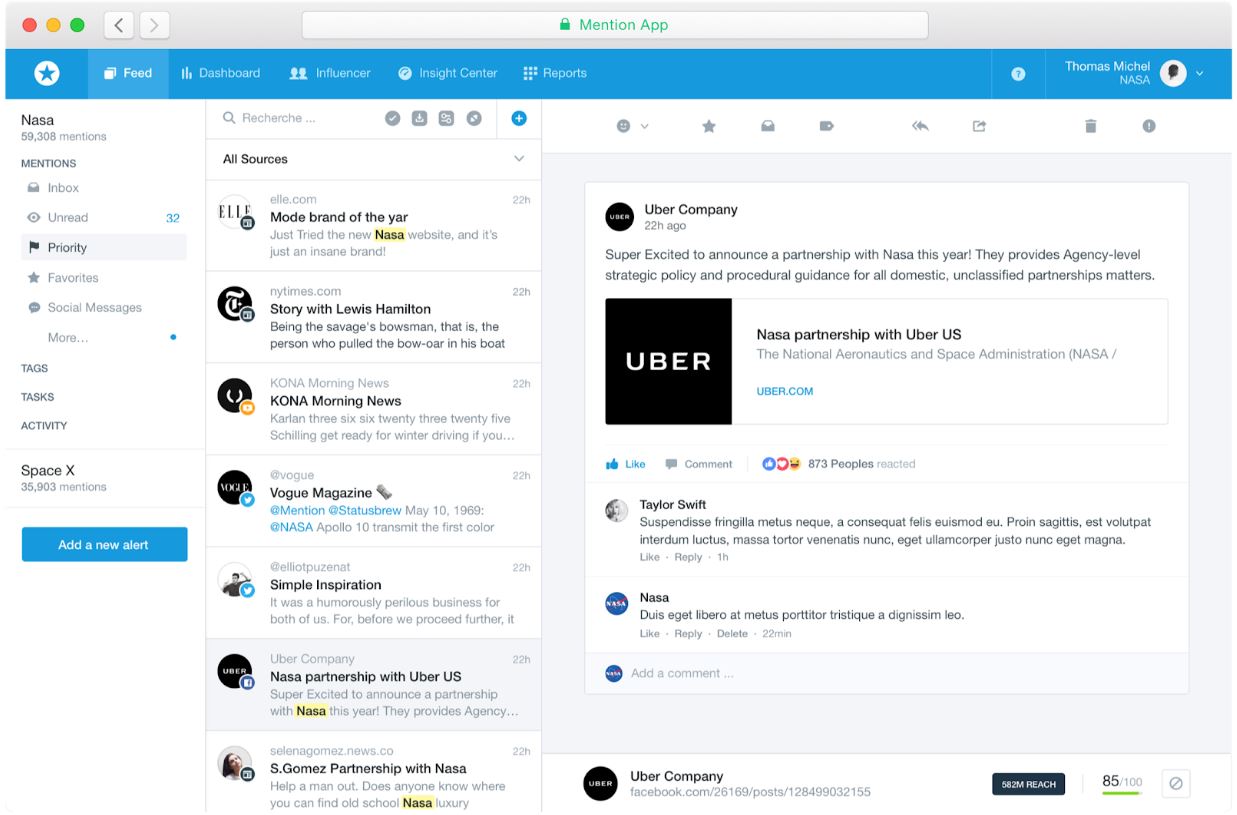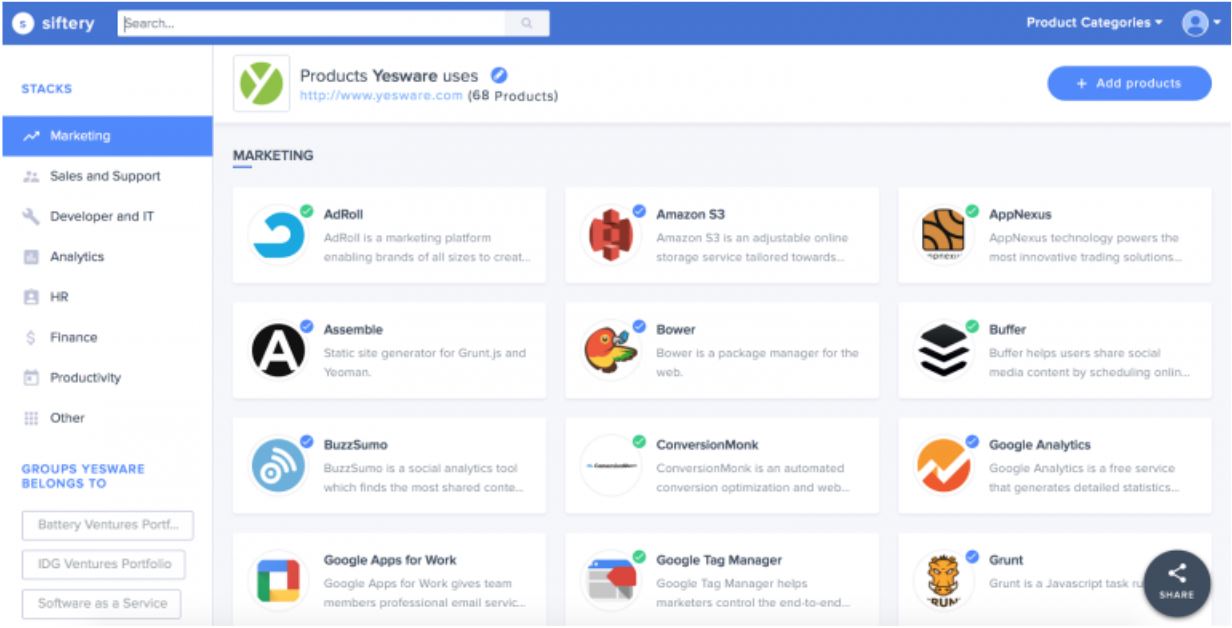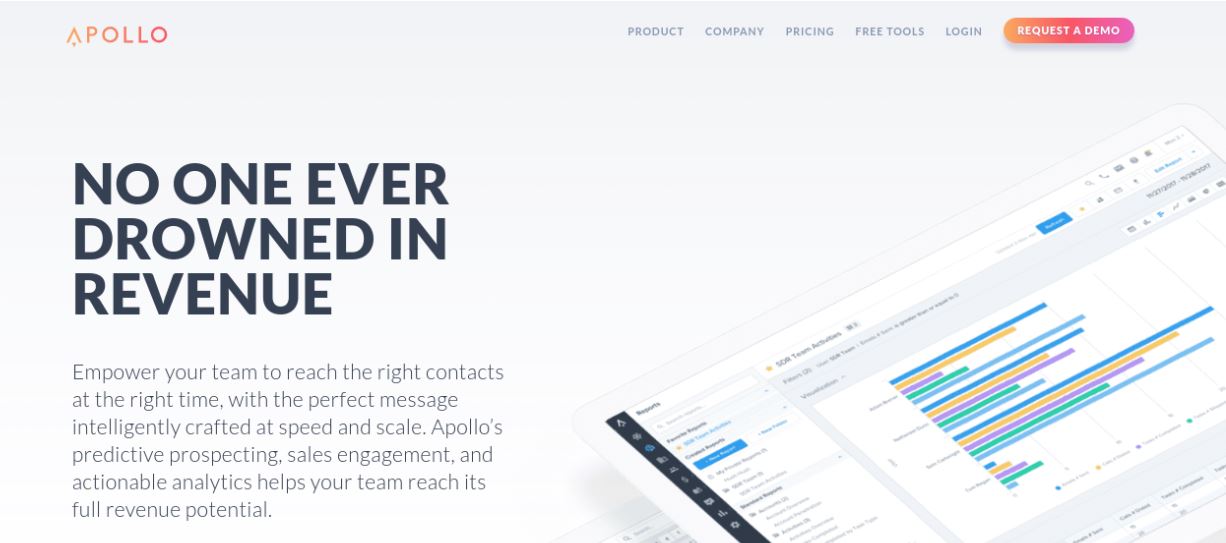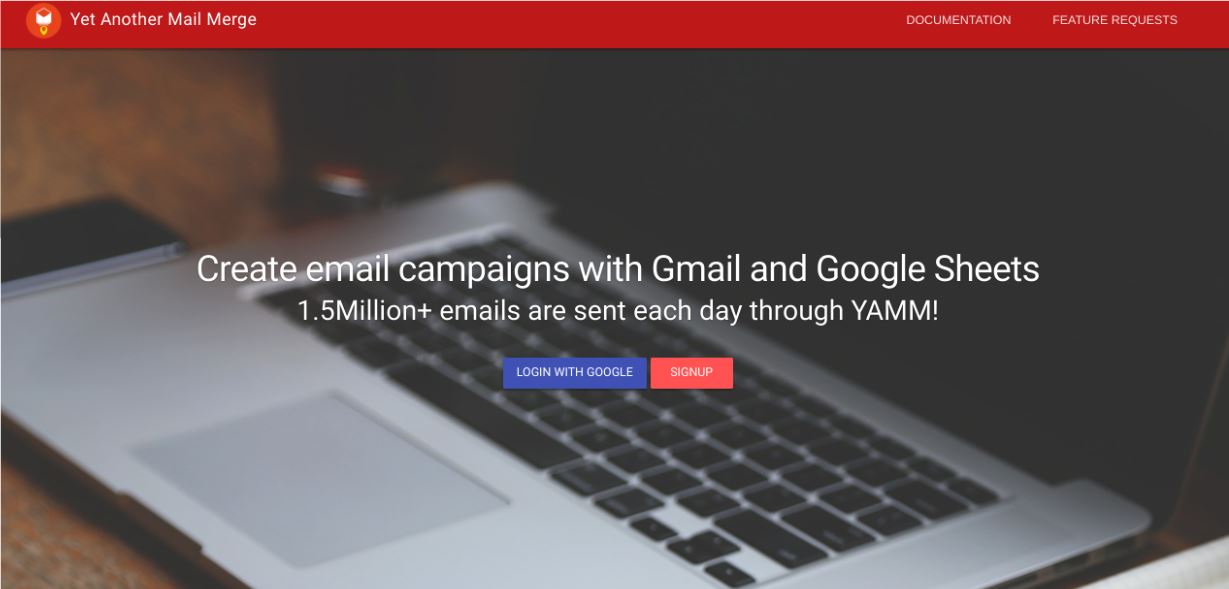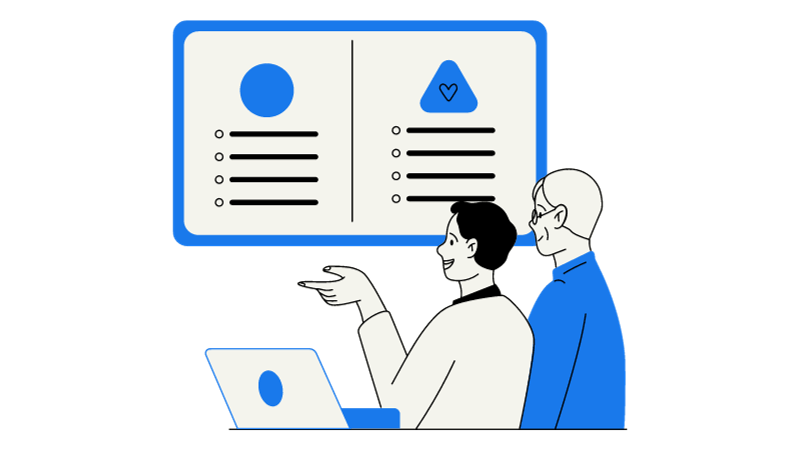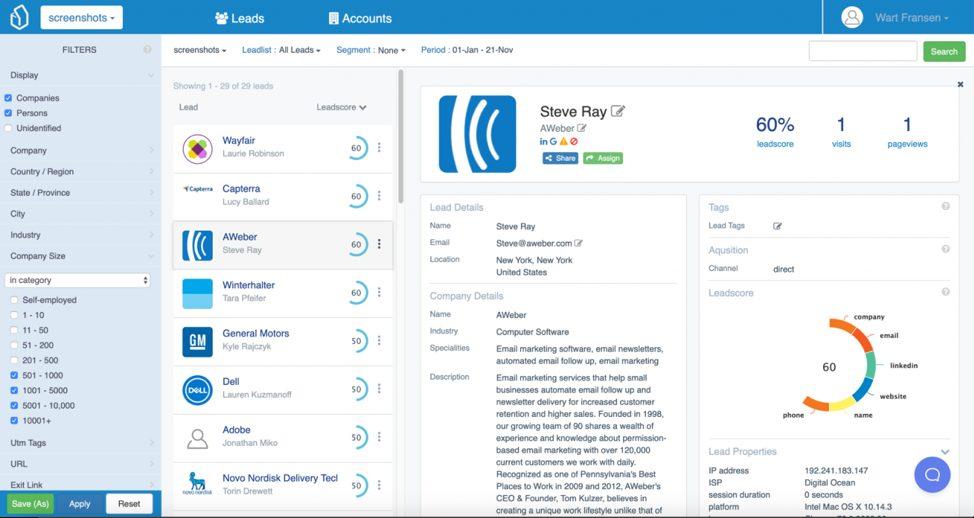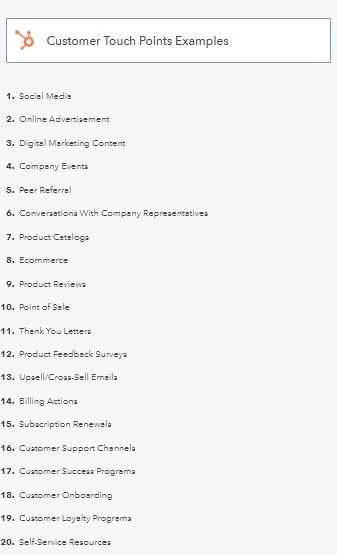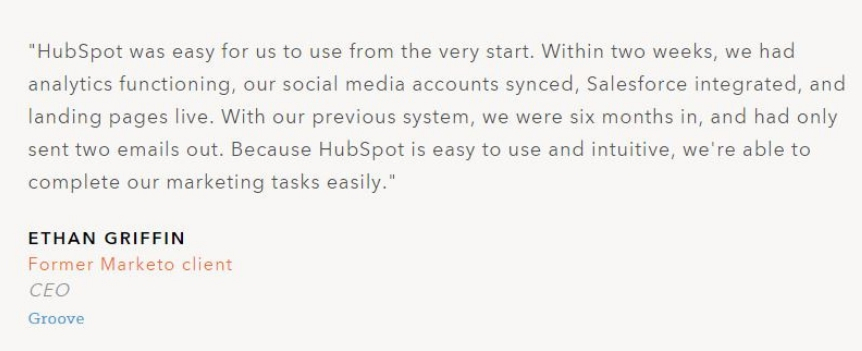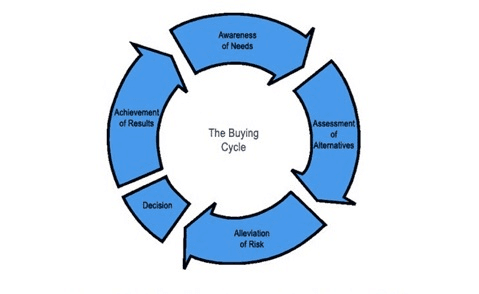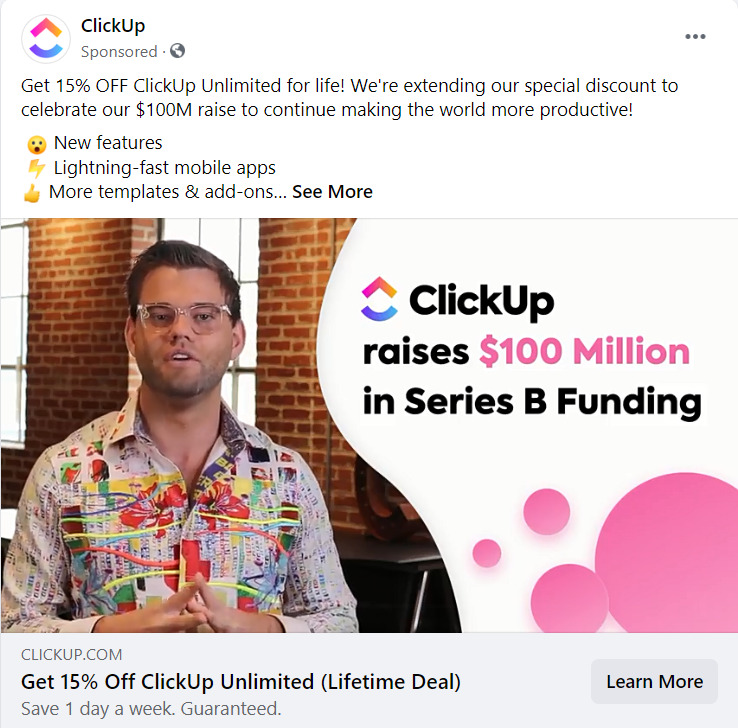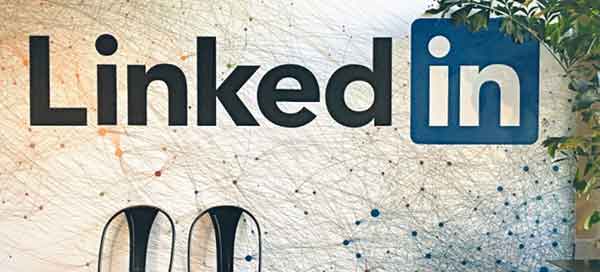Key Account Management for B2B Clients 101
- What Is Key Account Management?
- Formulating a Successful Key Account Management Strategy
- How to Identify Relationship Clients
- Key Account Management and the Demand for Digital Analysis
- Key Account Management Vs. Global Account Management
- Best Practices for Strategic Account Management
- Key Takeaways
What is Key Account Management?
Understanding how to plan management strategies for important accounts means you need to identify who these customers are. A key account is simply one of your company’s most valuable clients. A few factors can help you determine which accounts should be considered your most valuable. To start, any client that generates a large percentage of your revenue will be a huge player in your business’s overall success. Key accounts are also those who continuously refer new prospects or help give credibility to your organization through strong reviews and feedback. Start by analyzing a list of your current customers. Value is subjective to your organization, so make sure to tailor this to your company’s mission. Examining the number of recurring sales, lifetime value, level of influence, and shared goals can help differentiate between your key customers Hence, key Account Management (KAM) is the process of creating long-lasting relationships with high-value clients. This means prioritizing the future rather than merely looking at short-term gains. Broader goals like collaboration and strong support efforts are required to successfully nurture these accounts. To implement this management process, your key accounts managers, customer services, and current sales process needs to be evaluated. While long-term relationships with customers are the goal of most B2B companies, key account management in b2b is not always the best use of resources. Your product needs to have the potential for upsells or bundling of services. Resources will need to be put toward these efforts, and your team will need to be able to take on these additional expenses. If short transactional sales that involve little interaction between salespeople and prospects are common, then b2b key account management won’t make a difference for your team.Formulating a Successful Key Account Management Strategy
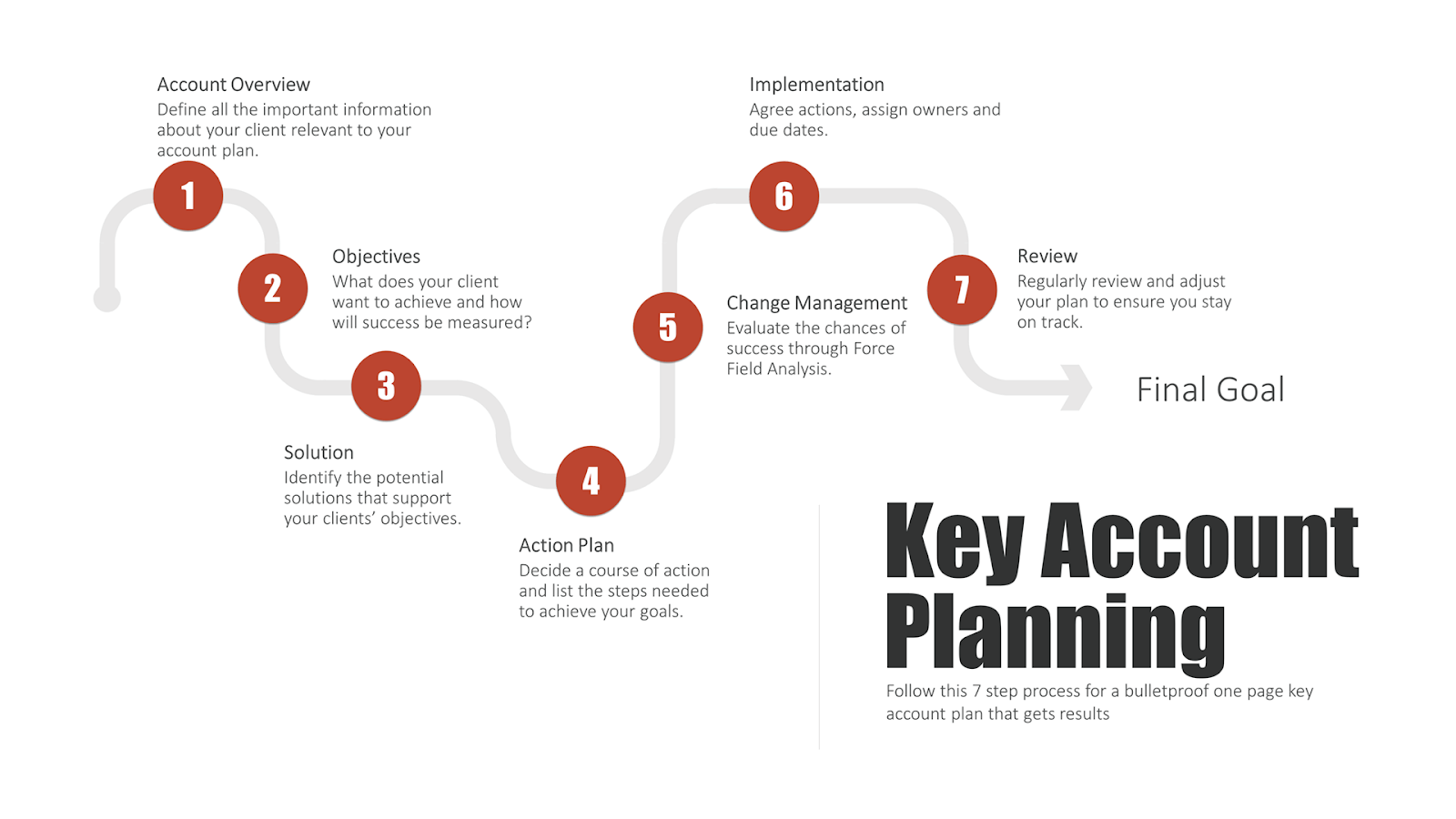
Make Personal Connections with High Value Clients
Strategic account management requires in-depth knowledge of your customers and their business operations. Familiarize yourself with their industry, business structure, and financial plans. These insights make it possible for your sales team to customize product pitches and add-ons, providing added value to your priority customers. Becoming acquainted with each account performance will help your team stay proactive. Instead of waiting to hear from these clients, work hard to anticipate their needs. You will need to stay up-to-date on industry trends and changes within the customer’s company. As your services and products evolve, make sure to relay this information to your clients. Chances are, your customers are not spending time doing research on your services once they have made a purchase. By announcing any changes that may benefit their business, you can boost trust in the relationship. Within a few years of implementing a key account management strategy, customer satisfaction can increase by more than 20%, while simultaneously resulting in revenue generation and profit growth of more than 15%. Making personal connections as early as possible with these clients is the core job of strategic account managers which will help companies ensure a successful implementation for maximum return on investment (ROI) and Account Expansion.Create Customer-Specific Product Plans and Benefits
Long-term clients want to feel like your services are actively making a difference within their organization and this should be clear in your account plan. Make sure your offers continue to encourage upsells or repeat sales based on the needs of each account. By tailoring your services to meet specific needs, the relationship can be elevated from buyer and seller to business partners. Acknowledge the “whole” rather than parts of your customer’s vision. Key account team looks at the big picture to help support customers. Having a strong understanding of how your services can fit into the daily workflow of a client’s organization helps promote confidence in both parties business relationships. Do not be afraid to collaborate directly with these accounts even though you’re dealing with the top management of an organization. You want to be seen as a valuable partner rather than a third-party vendor. Discuss specific actions with clients as you develop strategies for their account growth, and listen closely to any feedback that is offered.Strengthen the Leadership Skills of Account Managers
Managing high-value accounts in the account management process requires time and resources, as well as strong leaders to drive the operation. Multiple departments will be involved in this process. Managers will need proper organization and communication skills for smooth account experience. There are continuous moving parts during the implementation of key account management. Coordination and lots of planning will be necessary to execute long-term and short-term goals of your target account. In addition, constant analysis of outcomes is important. The takeaways from each action in the relationship will help when developing future strategies. The ability to quickly analyze and present business cases will prove invaluable during conversations with key stakeholders of your account. Developing clear action plans will help keep your team members on track. Take a step-by-step approach with any goals that are created to grow the account. Follow through on anything offered to your key accounts. That may seem like a no-brainer, but trust is gained each time your organization delivers on a promise.How to Identify Relationship Clients
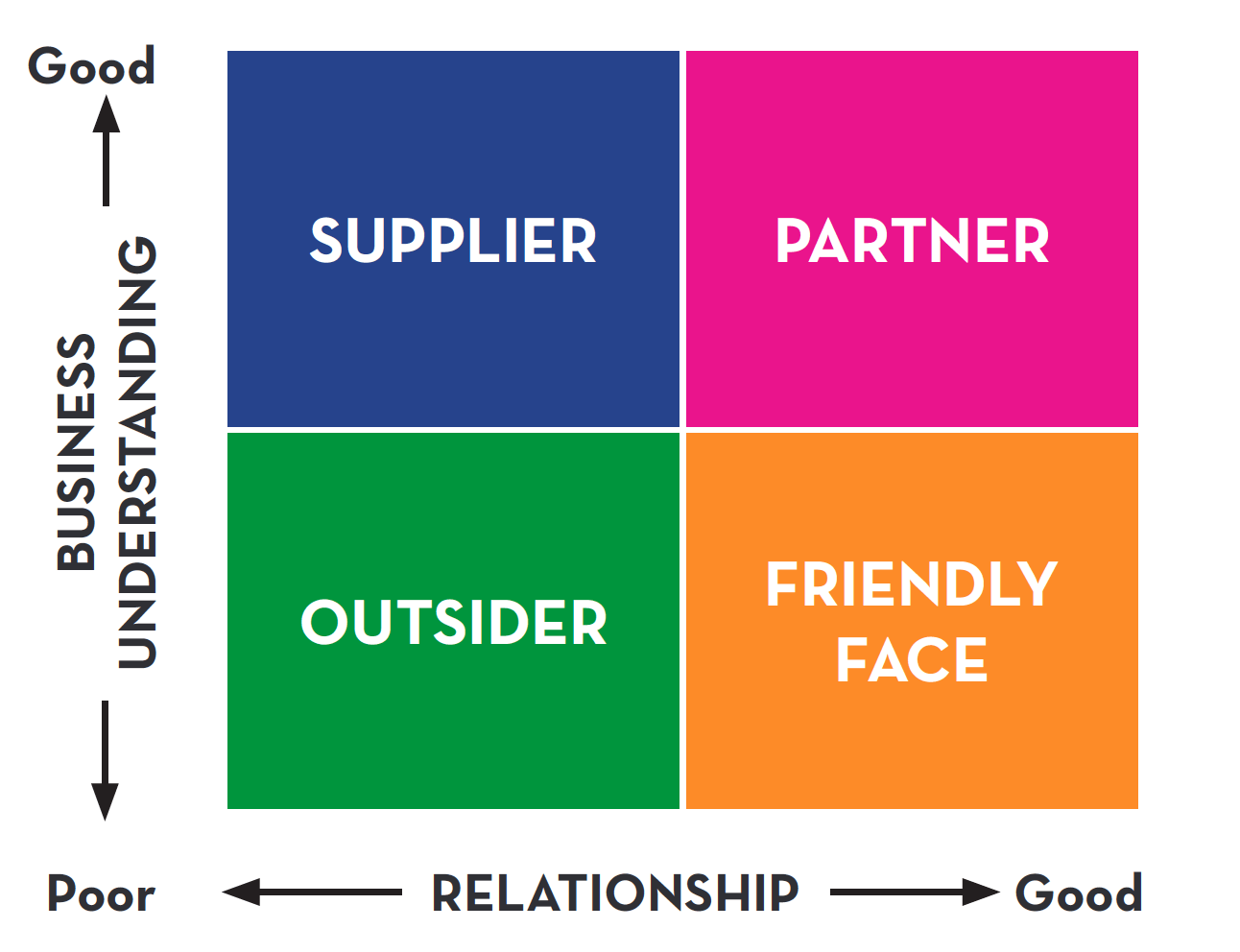
This means being able to understand the difference between singular transactions and potential partnerships
While identifying key accounts, revenue can be an important factor, and clients that generate significant sales numbers can easily be short-listed. However, there are other characteristics to take into consideration.- First, analyze the ratio of revenue to cost of each current customer.
- Determine if there is any potential to expand.
- Evaluate product fit within each existing relationship.
- Recognize opportunities to upsell or create unique offers that can push clients toward high value status.
Key Account Management and the Demand for Digital Analytics
Digital and artificial intelligence analytics have become a major game-changer within B2B account management practices. As technology continues to advance, businesses have become savvier in their decision-making processes. There is a waning desire for constant human outreach along with a shift toward more digital support. By integrating your tech stack with these key accounts, your team should be able to provide the best experience to high-stakes accounts. Instead of having sales reps reach out for problem-solving, accounts want to see easy ways to access information through automated systems. Develop account-based marketing plans and keep track of their implementation through automated software. Target your key account relationships through personalized messaging across social media, web pages, and email campaigns. Since your team will be familiar with the personality and specific needs of each key account, targeted marketing is even easier to achieve. Using Leadboxer, your team can integrate email platforms for campaigns alongside web tracking and data analytics to successfully reach out to high-value clients. Personalized emails have five to six times higher open rates. By combining account-based marketing with key account management, your company will start to see higher ROI on outreach.Using technology to handle marketing outreach and data analysis allows your team to reallocate resources to other efforts within the account
Without having to dedicate manpower to these processes, managers are able to focus on the long-term plan by letting technology drive data collection efforts. While digital analysis is crucial to successful key account management, your team needs to be trained to use it properly. Technology should be seen as a priority rather than an add-on to departments. If employees voice concerns about the implementation of this software, make sure to remind them of best practices and provide training as necessary. Large customer accounts can be difficult to manage. There are often several decision-makers involved, with your services being used across multiple departments. Digital analytics help your account managers uncover opportunities for growth within these large organizations. Up-to-date data sets help keep your teams informed on the latest changes with clients. This allows managers to explore up-selling and cross-selling options and encourages timely outreach.Key Account Management Vs. Global Account Management
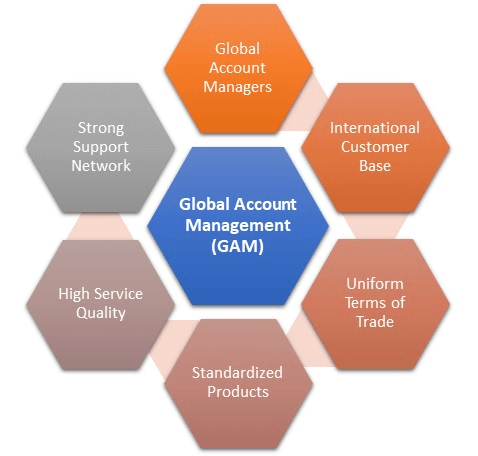
- Earnings potential is crucial. The cost of management needs to be worth the ROI for global customers. These clients should have high international activity, rather than those with only a few businesses outside of their base country.
- There should be a strategic importance to take on this level of management. These should be significant revenue producing clients, and they should be able to create new connections for your business at the worldwide level.
- An established close relationship is necessary to take on global account management. These clients should stem from key accounts who are ready for this amount of commitment.
Best Practices for Strategic Key Account Management
To ensure your strategic account management program is functioning at full capacity, there are certain best practices that should be implemented. Your company should be focusing on increasing customer loyalty, uncovering new growth opportunities, and driving innovation within your sales and marketing teams.Assign Dedicated Managers to Key Accounts
For successful management, leaders need to be separate from the sales department. This individual will serve as the liaison between the client and the company. They will be the ones to delegate tasks among departments and handle all client interactions. Managers should be well-versed in each key account’s company mission and able to communicate how your organization’s current services and products will directly assist in fulfilling the client’s needs. The reason for separating account management and sales is to increase overall productivity and strengthen key relationships. Sales focus on short-term deals that push leads through the pipeline, as well as increase immediate revenue. Your account manager takes on a broader role to ensure customer satisfaction. A dedicated leader will be analytical and personable with the ability to communicate with high-level stakeholders. By allocating team leads to oversee these accounts, your company encourages lasting relationships to generate higher revenue across several years.Encourage Smooth Transition Between Departments
Since building trust is the main component in key account management, hand-off from sales is crucial. There should be a formal process between your departments to keep directions clear. These accounts should be strategically organized within your system to avoid any slip-ups. Transitioning from sales to a key account is a big deal. Clients should be excited about the opportunity, and your team should be ready to set aside extra resources to handle the switch. Your duties as a company will expand as customers are moved to this higher level, and it is crucial to stay on top of the process. Communication of these contact changes is extremely important for your client. Update them throughout the process to make sure they have accurate information. Set expectations and create touchpoints. This will help avoid any tension within the relationship as they undergo this transition with your team.Create Customer Profiles and Conduct Needs Assessments
It is the duty of the account manager to become an expert on each of their clients. This requires an in-depth analysis of the customer’s goals and initiatives. Keep track of important stakeholders and get to know the decision-makers. Understand industry trends and keep tabs on what is happening with your customers’ competition. As their needs change, your account manager should adjust and anticipate ways your company can help. Within each customer’s profile, your account managers should conduct a needs assessment. Use date to discover any pain points. Find the areas where your goals align for simultaneous progress. The ultimate focus should be on long-term goals for this client. As needs are assessed, managers should look toward a one to the three-year timeline for strategy development.Draft Strategy Proposals
After building out your client profiles, a strategy should be developed for each account. This will act as a roadmap for the next few years, and the finalized version should be shared with the customer. The proposal should include creative solutions to any problems your account currently faces, potential partnerships with other companies, and resource requirements. Long-term goals should be shown with specific short-term benchmarks to accurately track progress. Not only does this proposal serve as a guideline for account management, but it demonstrates the team’s dedication to the key account. These relationships will continue to develop as your account managers share continued updates with the customer.Set Communication Standards
Establishing a routine for regular communication will help keep the account fresh. Outlining a schedule encourages expectations for the customer and helps monitor how the account is progressing. Plan touchpoints, send out recurring meeting invites, and consistently follow up. This provides ample opportunity for client feedback and helps address any necessary changes in a timely manner. Successful key account management happens when your company and the customer remain on the same page. Staying on schedule will help keep your team up to date on each account’s needs. Clear communication allows customers to reach out with questions and mention any future needs as they arise.Regularly Evaluate Performance
Setting key performance indicators (KPIs) will help measure progress on each account. Since there will be multiple departments working on these projects, including sales and marketing, KPIs establish benchmarks for success. Monitoring performance keeps accounts on track. This also allows managers to evaluate how high-value clients are fulfilling any obligations to your company. Key account management provides mutual long-term benefits to the supplier and buyer. It is important to evaluate these relationships on their internal and external initiatives. This will help your team act on any opportunities for growth as they arise while continually optimizing strategies for high ROI. Don’t be afraid to reassess if current actions start to lose value for one side or the other. The goal should be to pivot as needed to keep the relationship beneficial for all involved.Key Takeaways on Key Account Management
Starting key account management practices is a huge undertaking, but it comes with big rewards when handled correctly. Allocating resources, keeping departments informed on changes, and communicating clearly with these accounts is crucial to properly establish these accounts. Customer satisfaction and improved services remain a top priority for your business. Key accounts require specialized products and collaboration to make sure the services offered provide the most benefits. As the needs of accounts change, your products should be adapted to best serve the client. Utilizing automation and data analysis can help free up resources. Digital and artificial intelligence (AI) software is starting to play a huge role in the success of account management. Make sure your team is prepared with an up-to-date tech stack and the proper training for correct usage. Use Leadboxer to start integrating your tech stack with key account management today, by clicking here for a free trial.Key Account Management for B2B Clients 101 Read More »


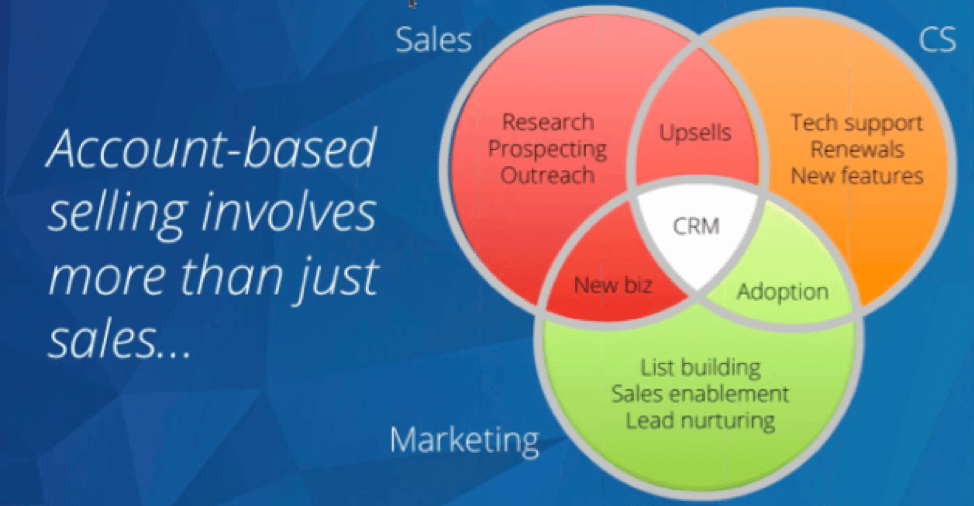
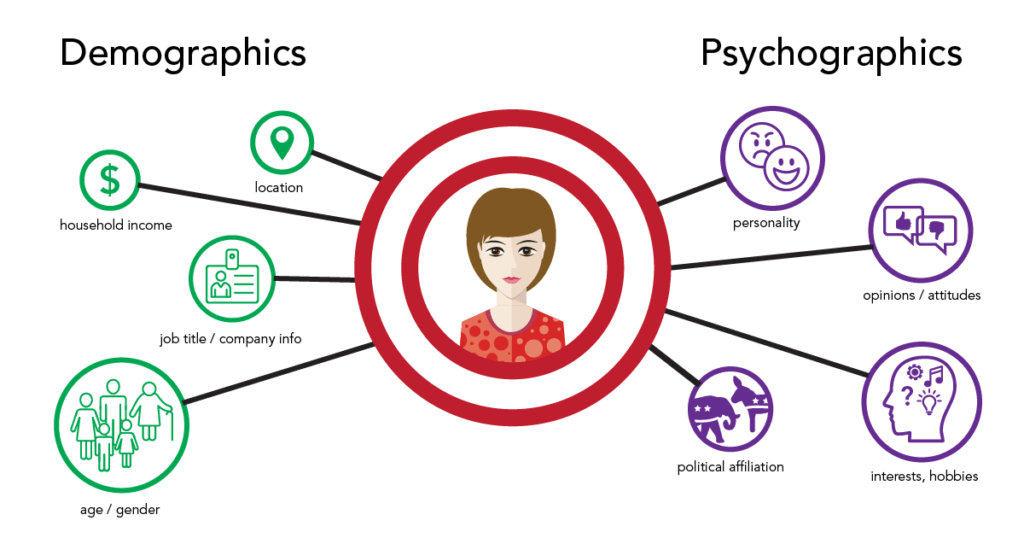
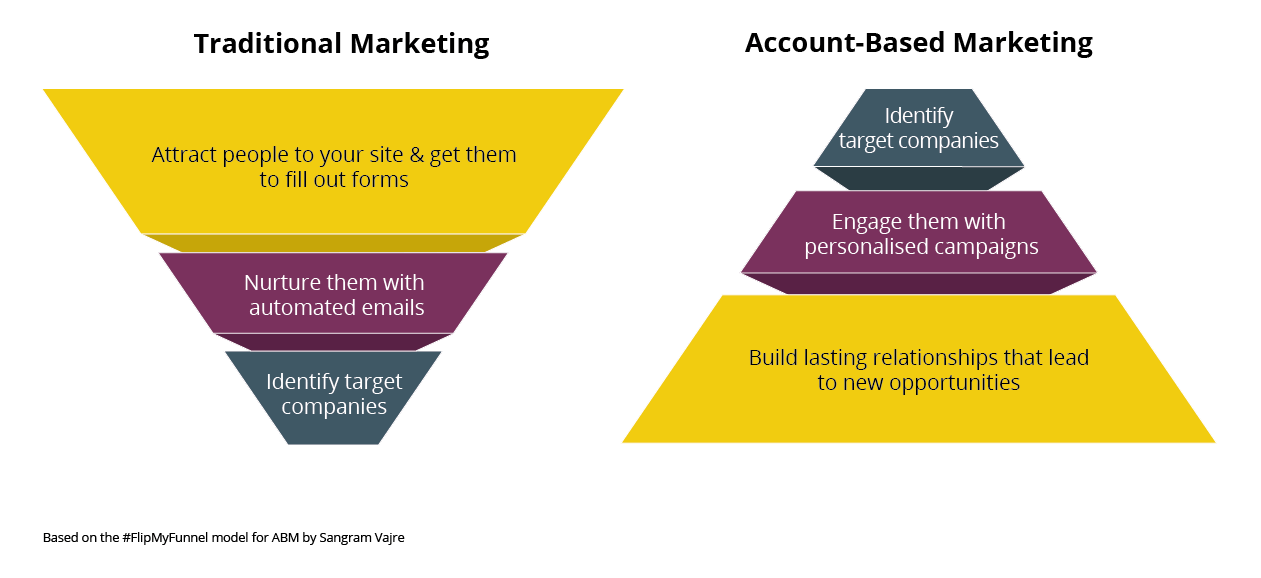

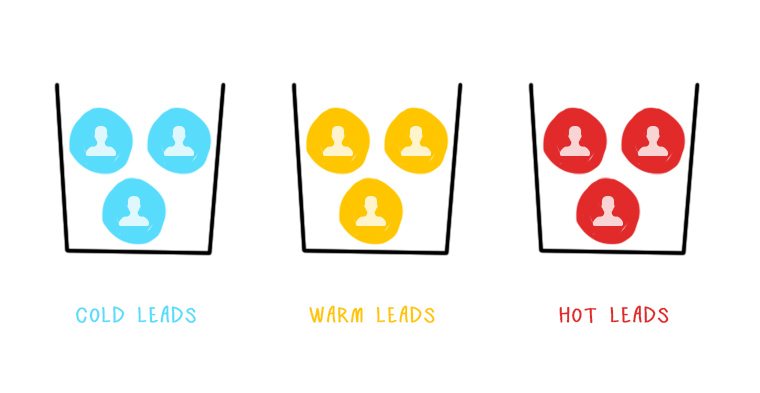
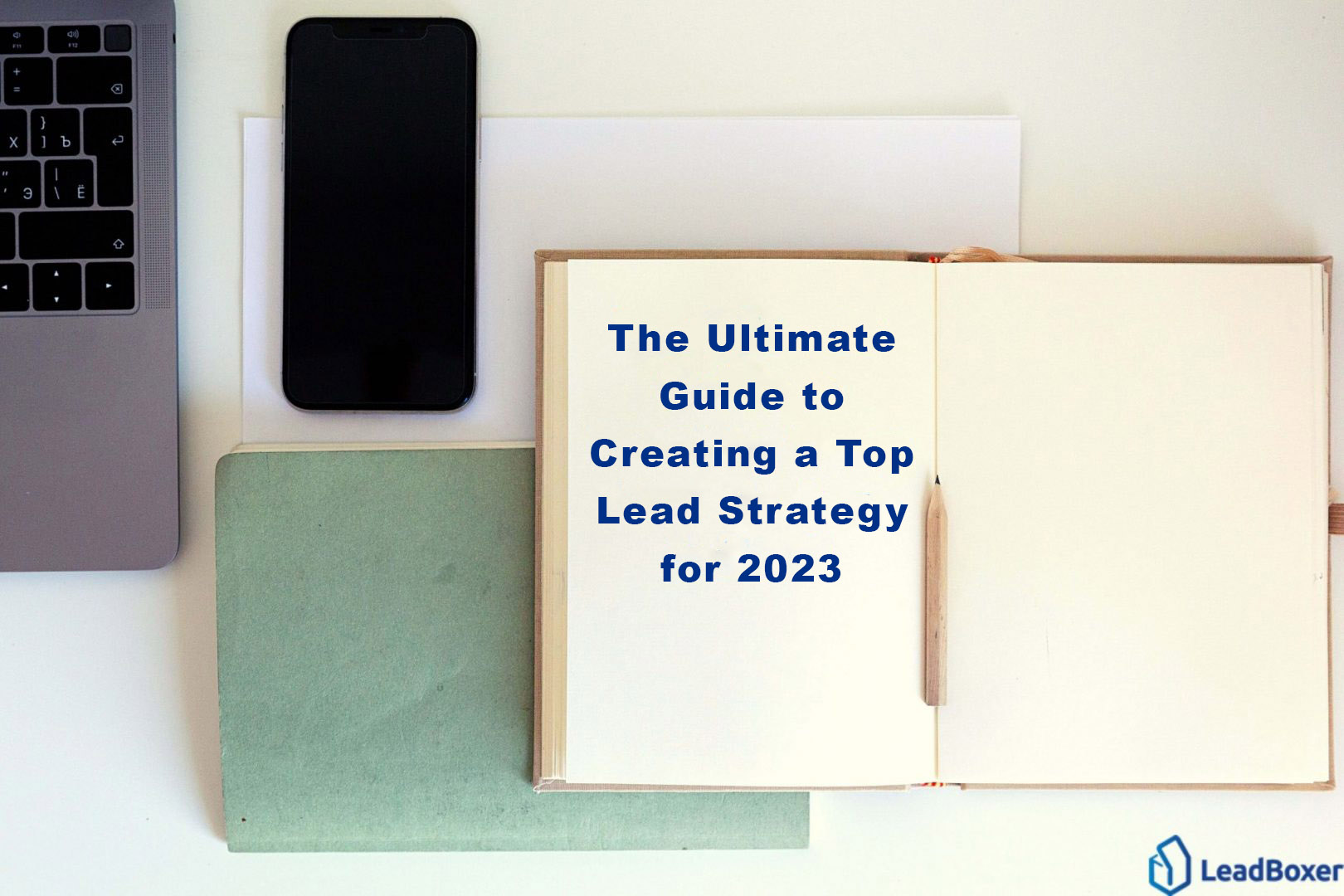
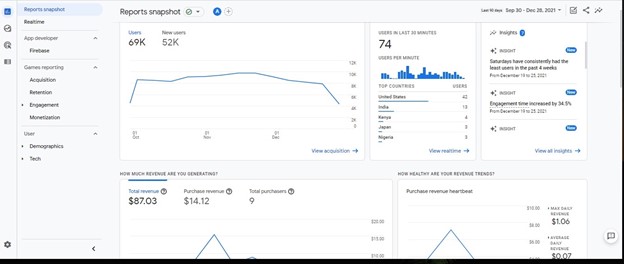
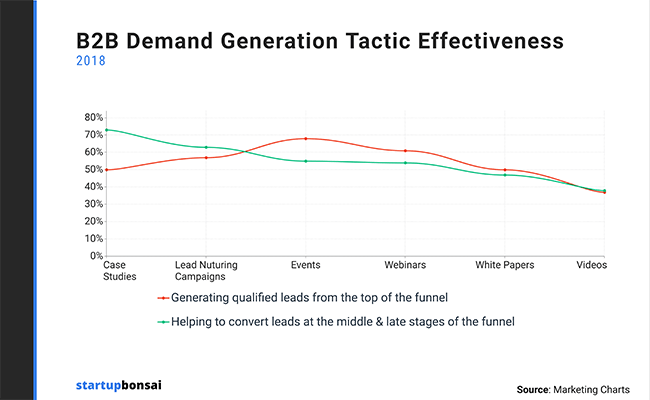
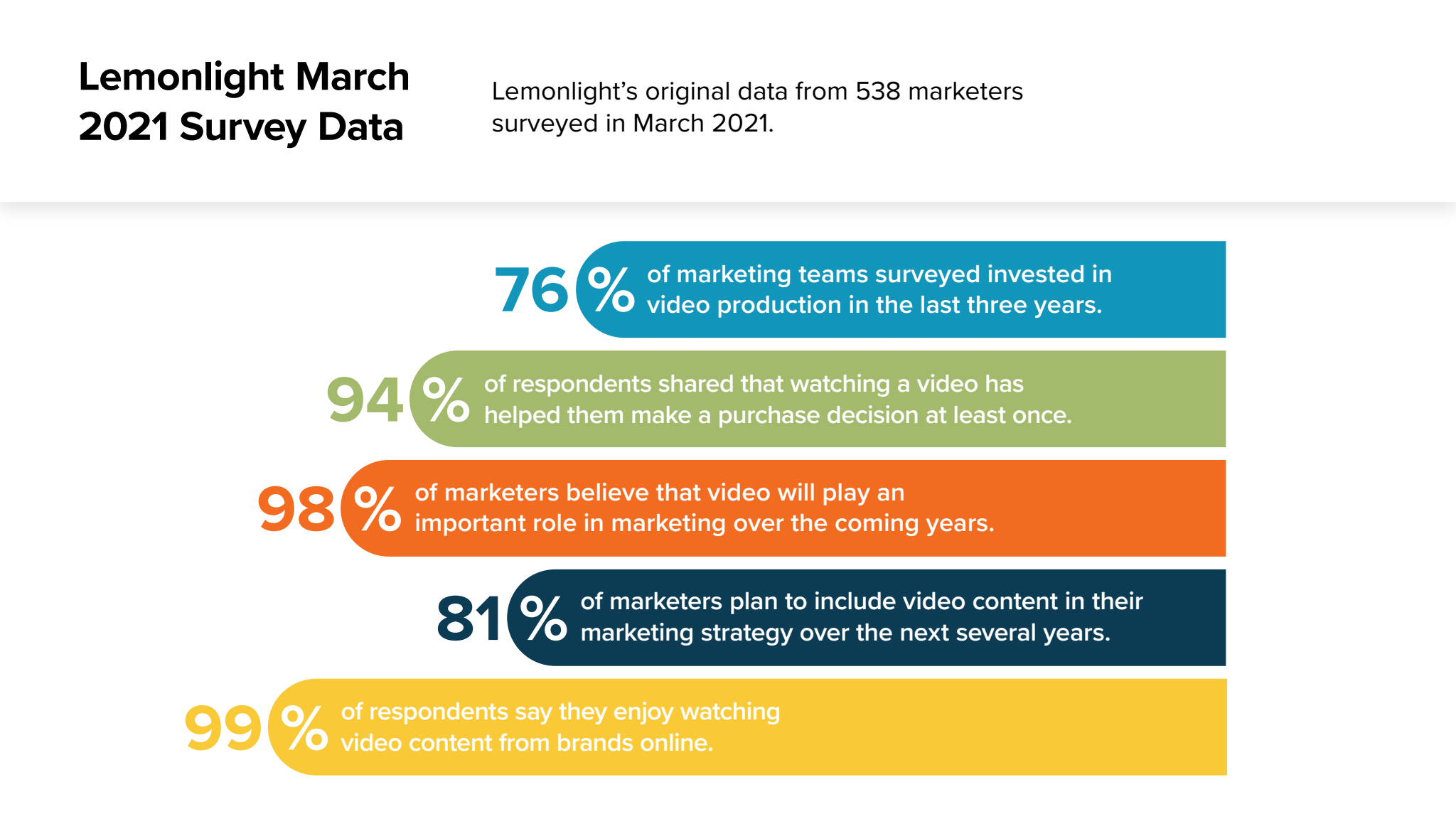
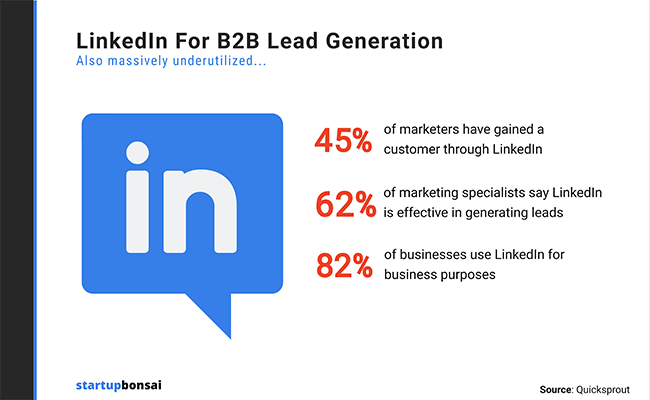
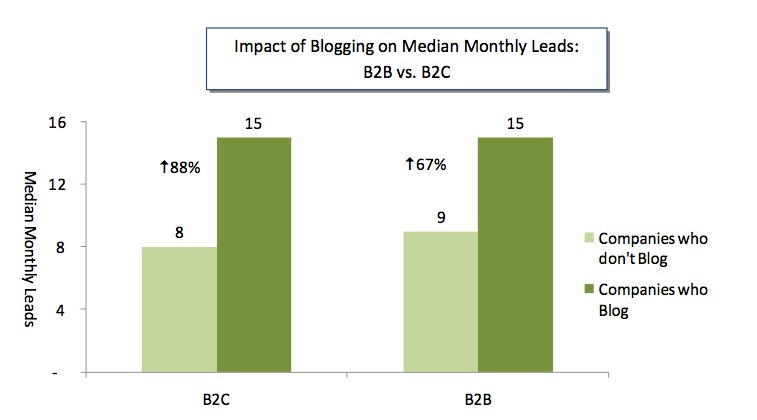

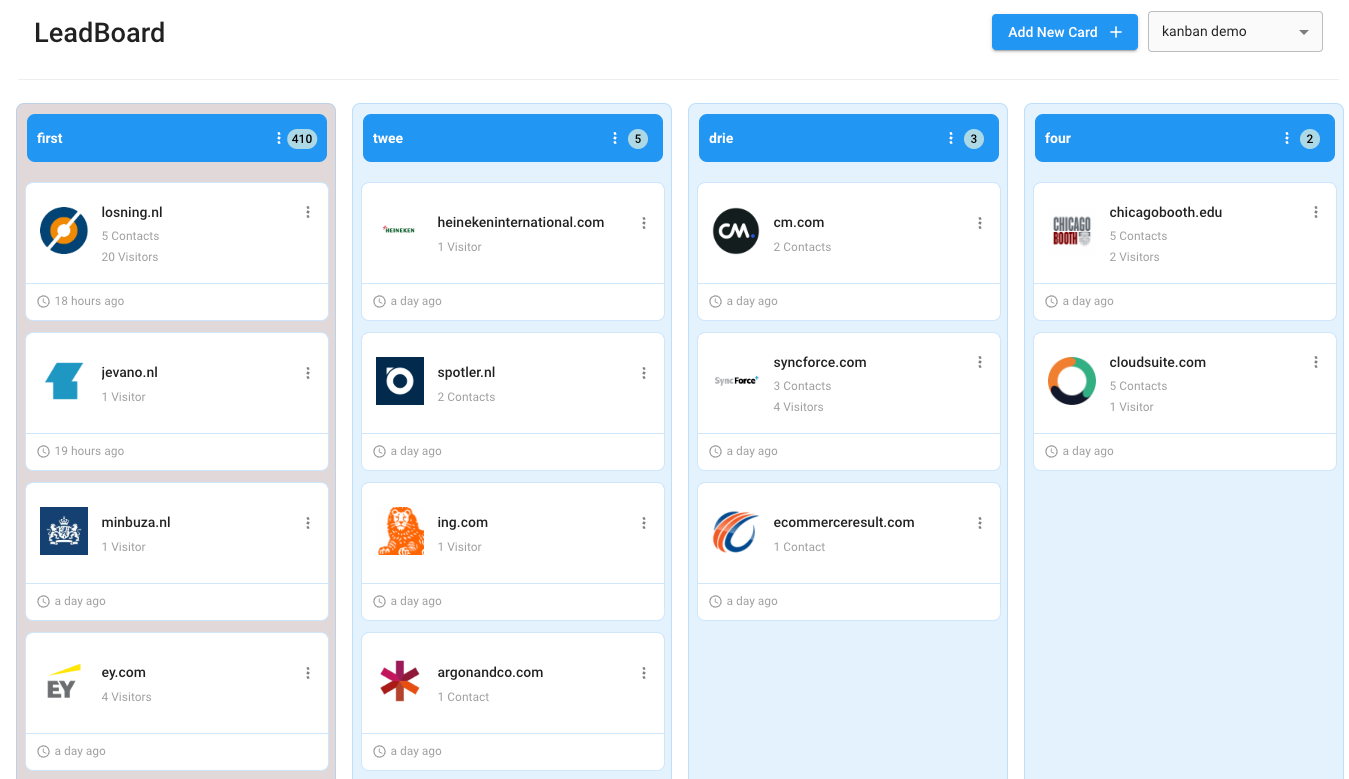

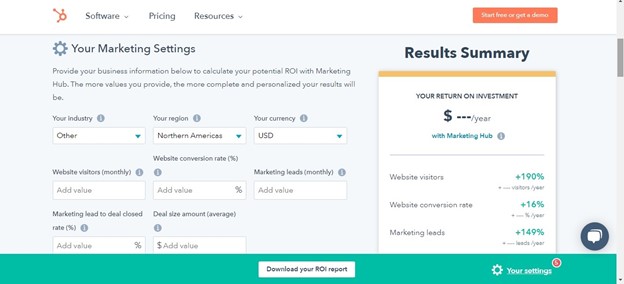
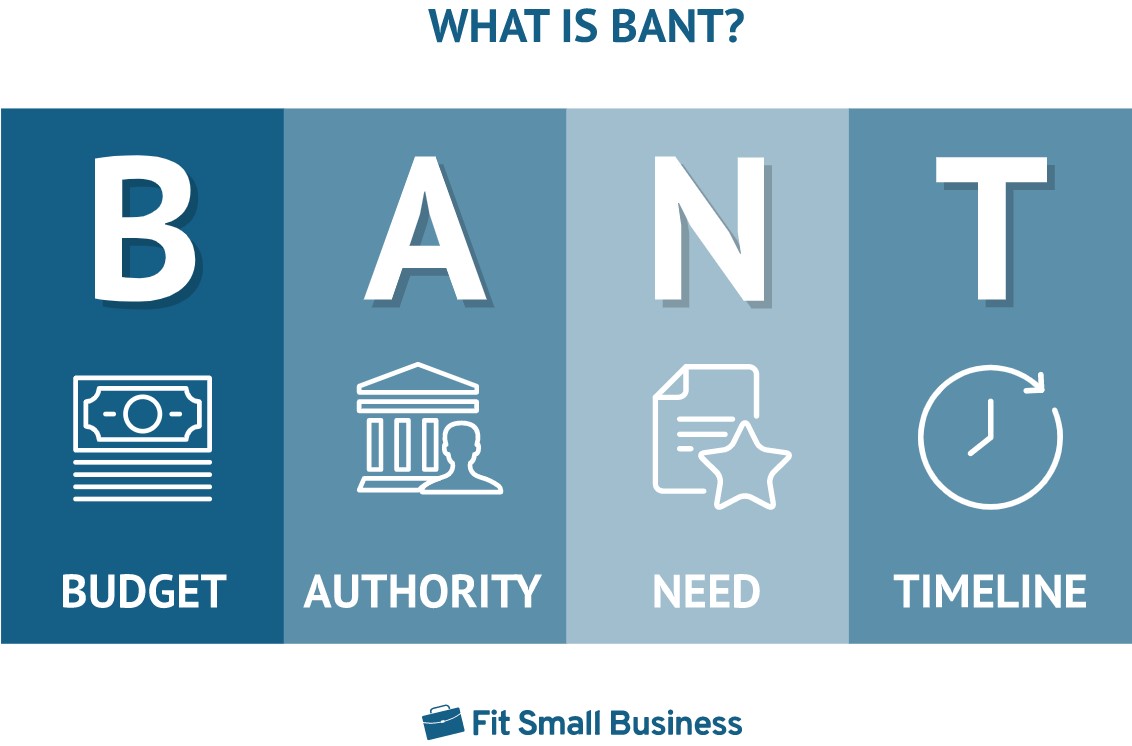
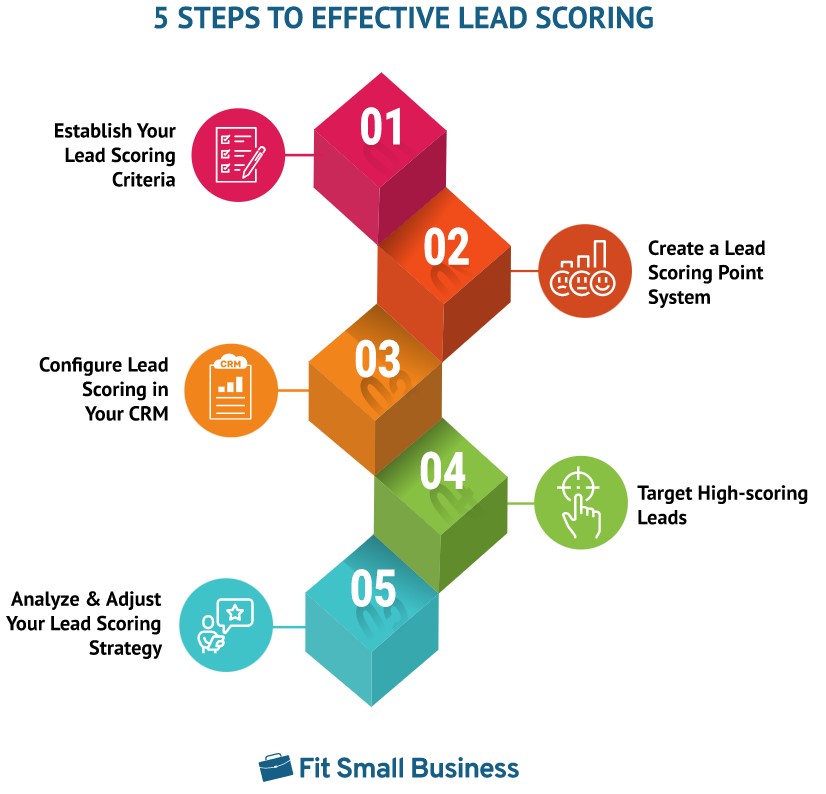

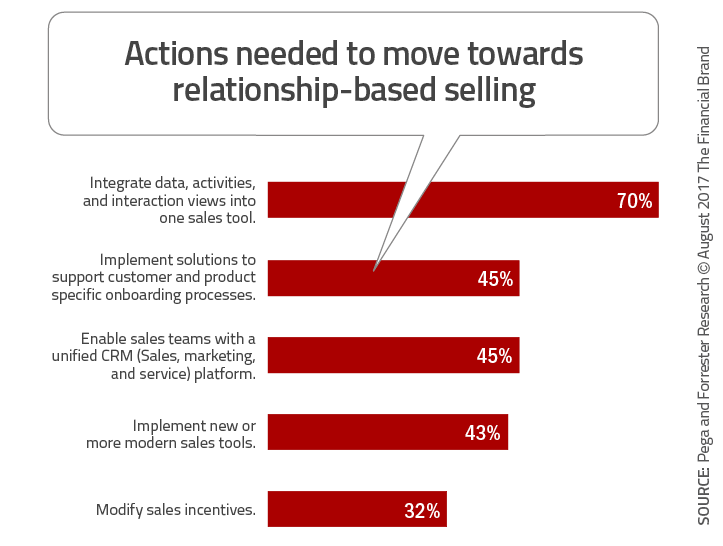
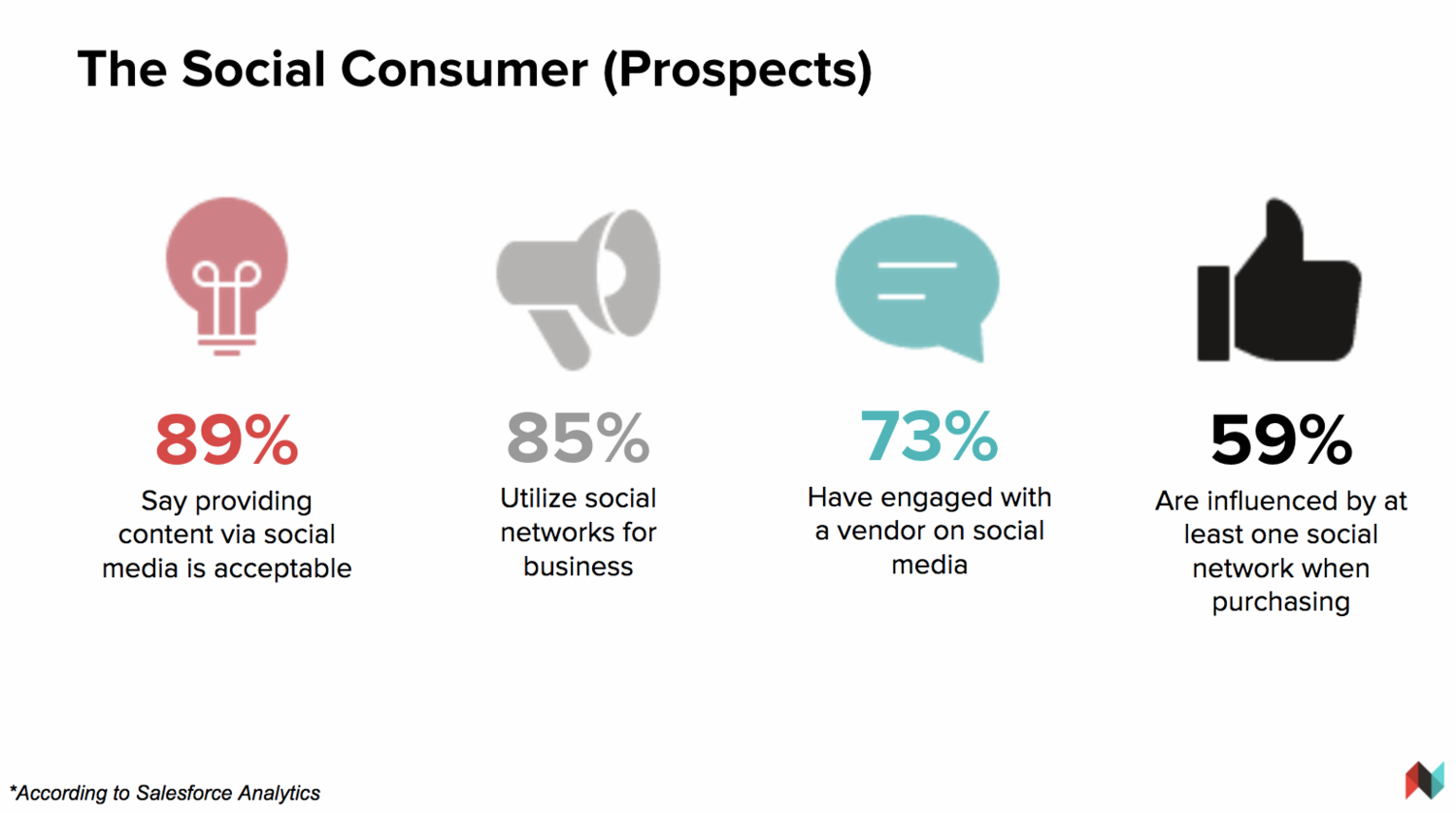

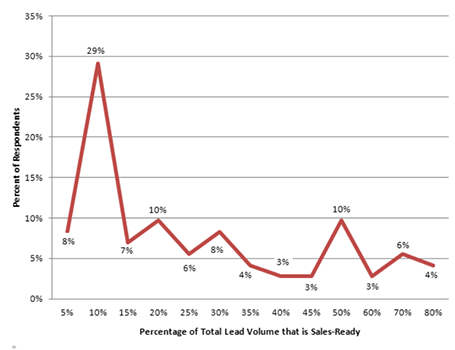
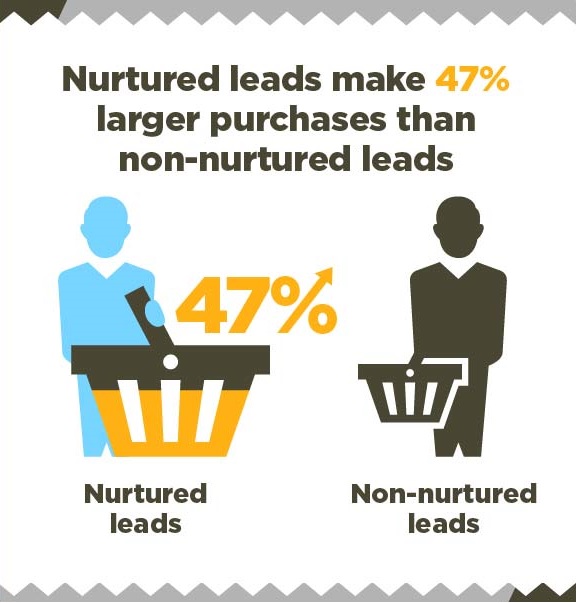
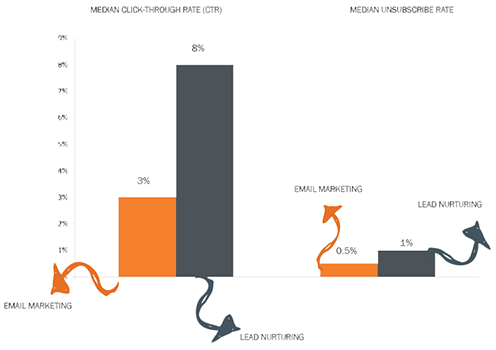
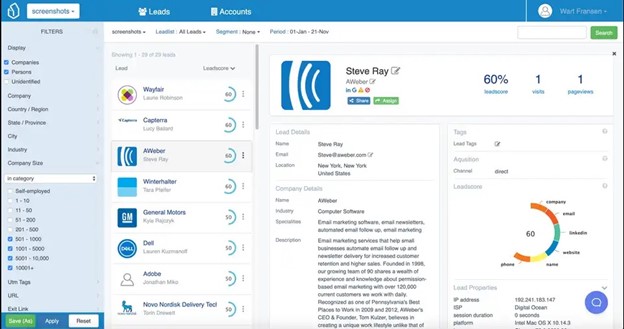
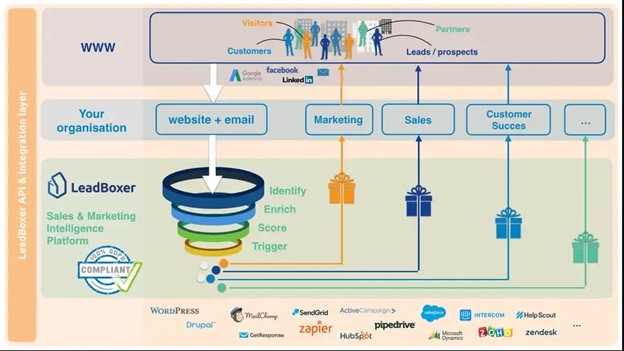

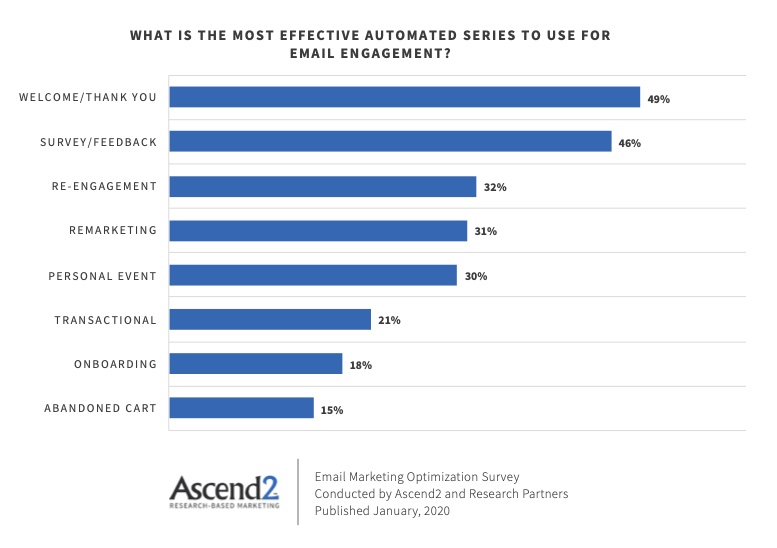
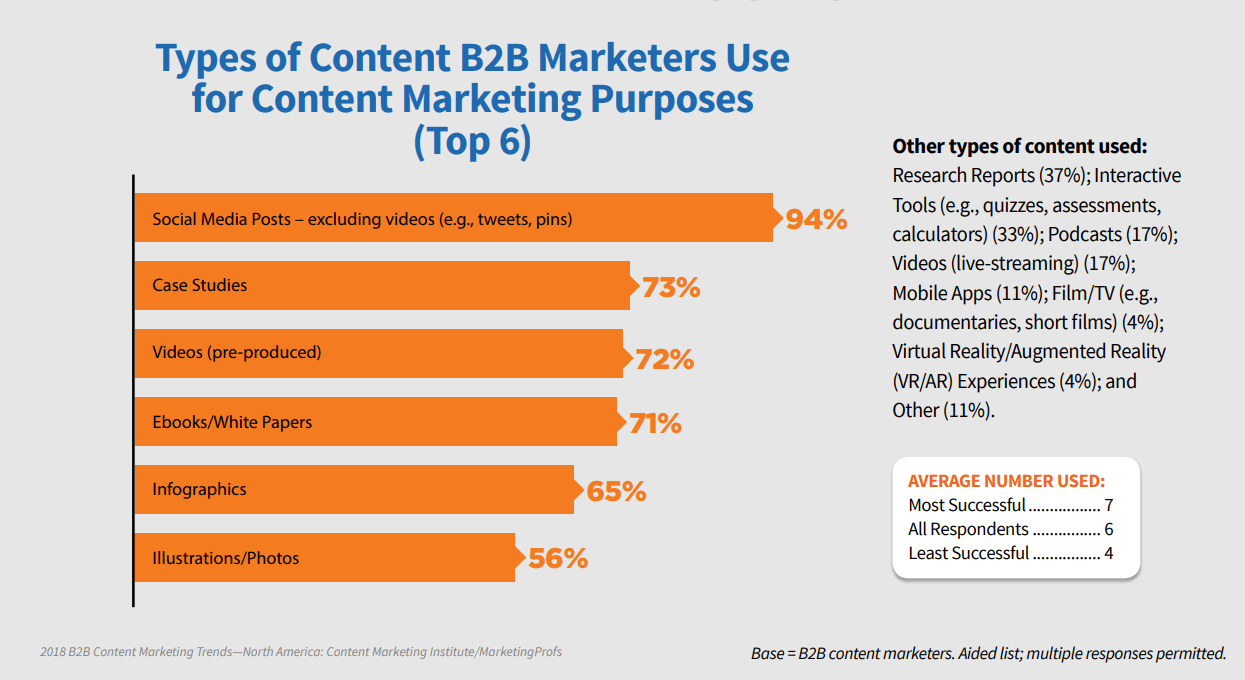
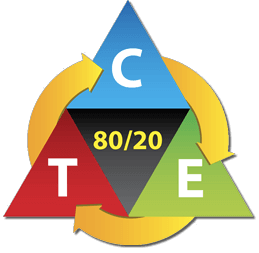

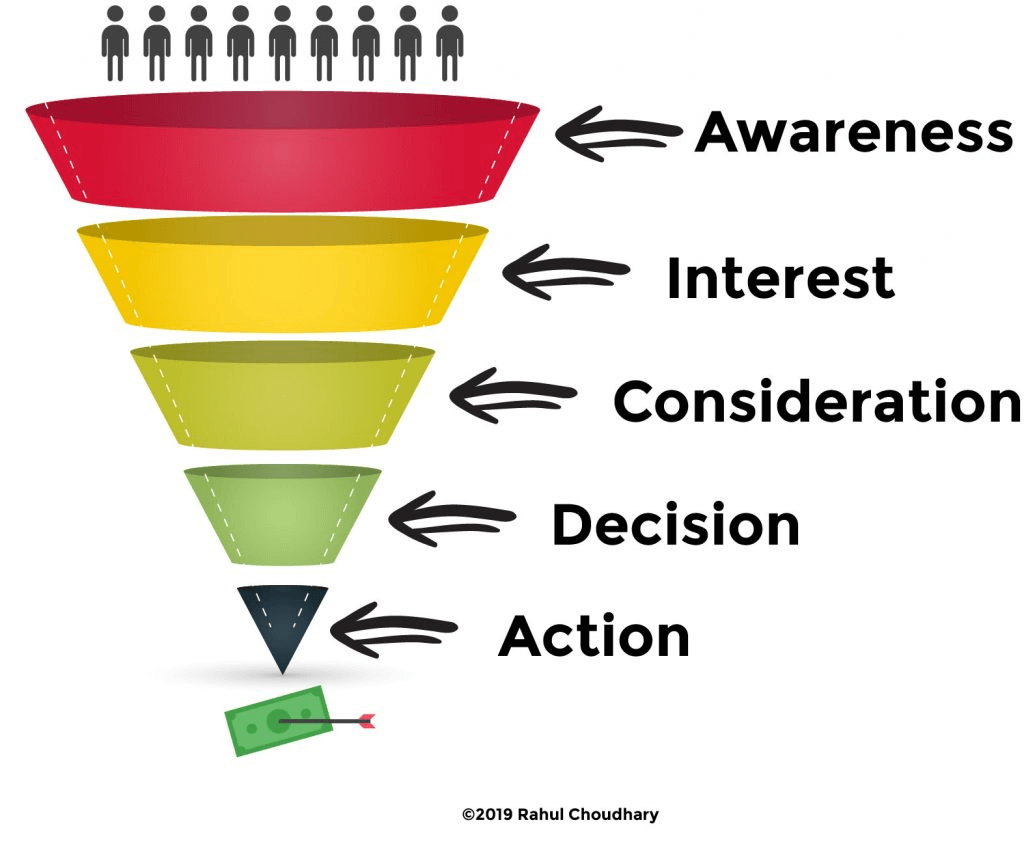
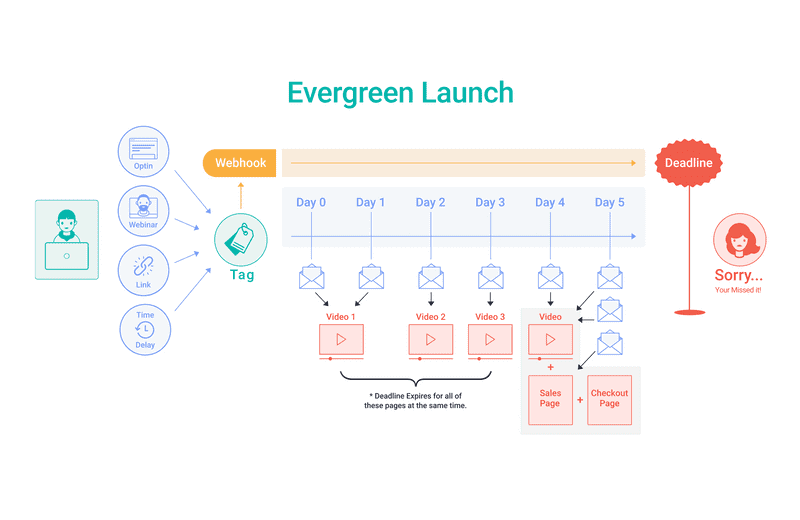

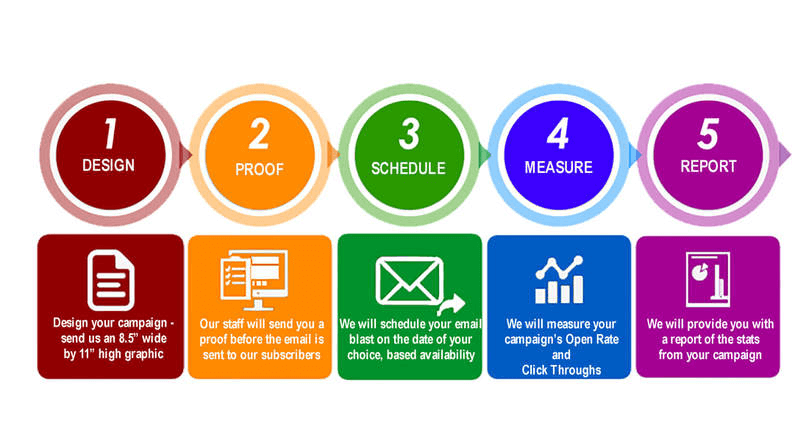
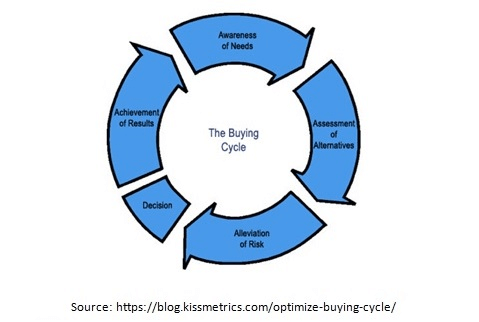
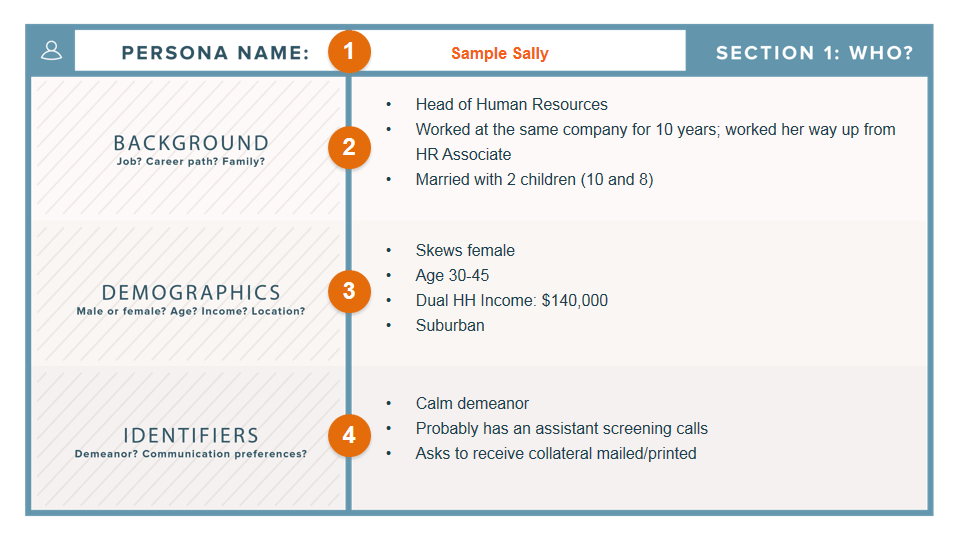



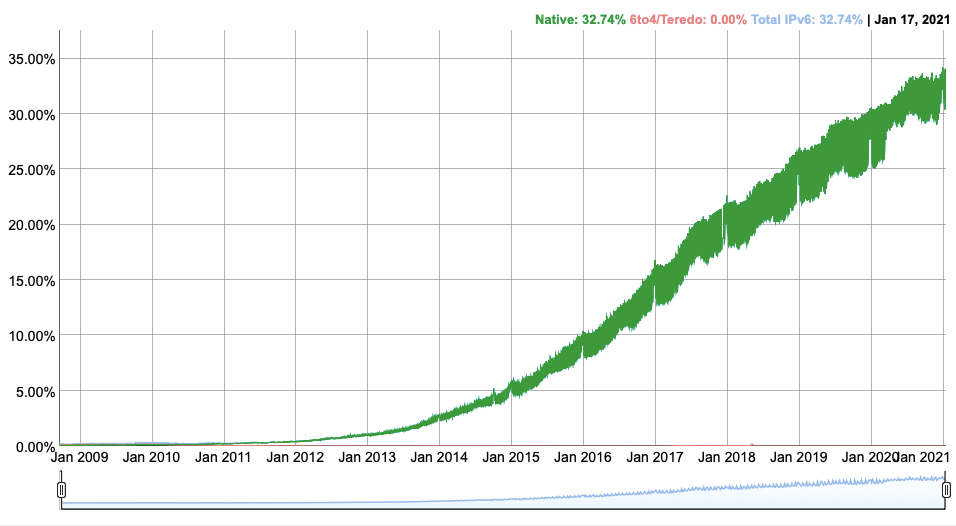
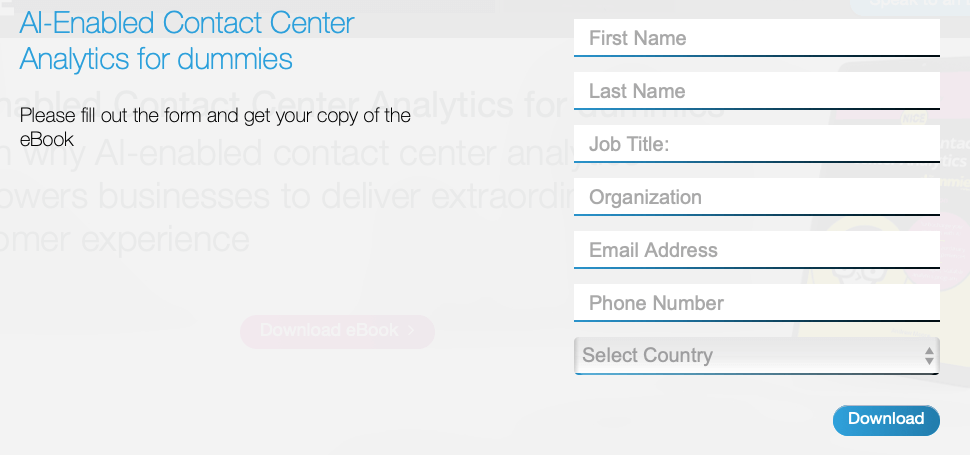
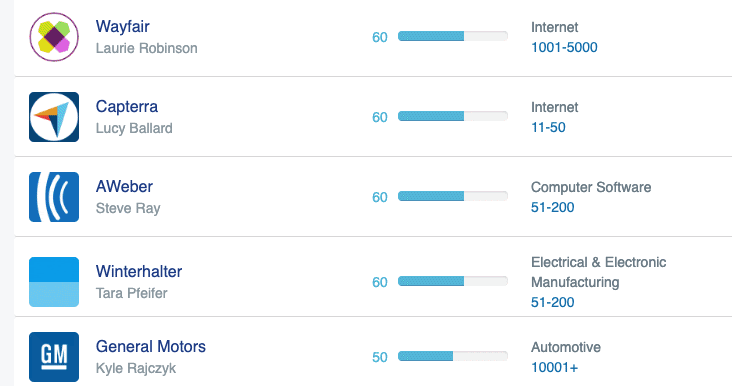
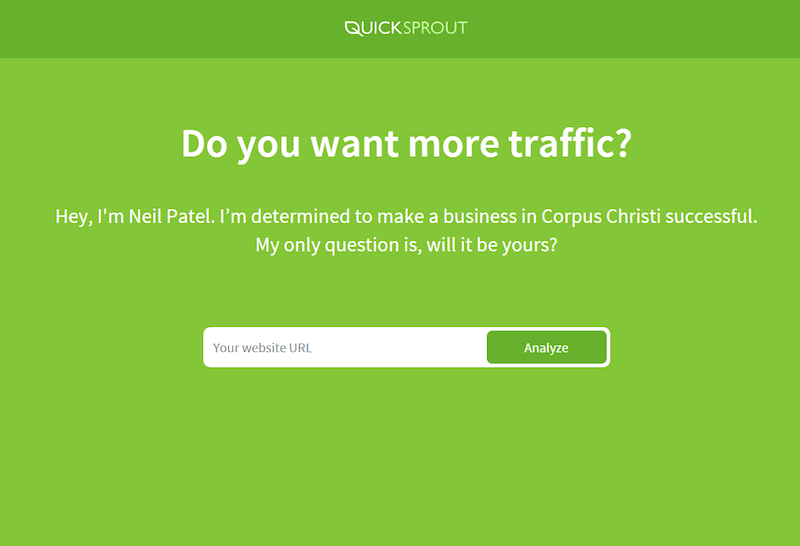
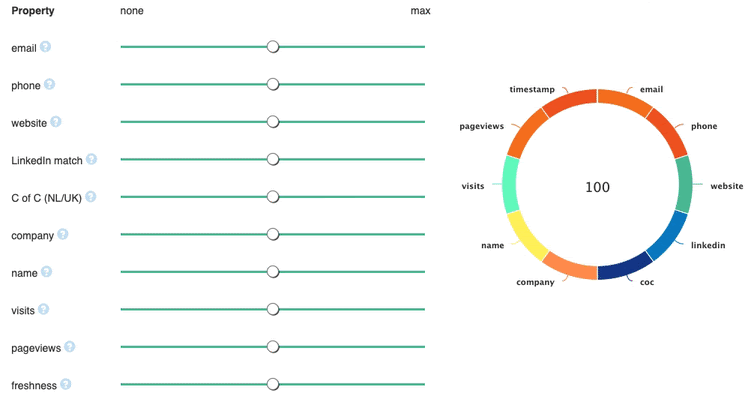
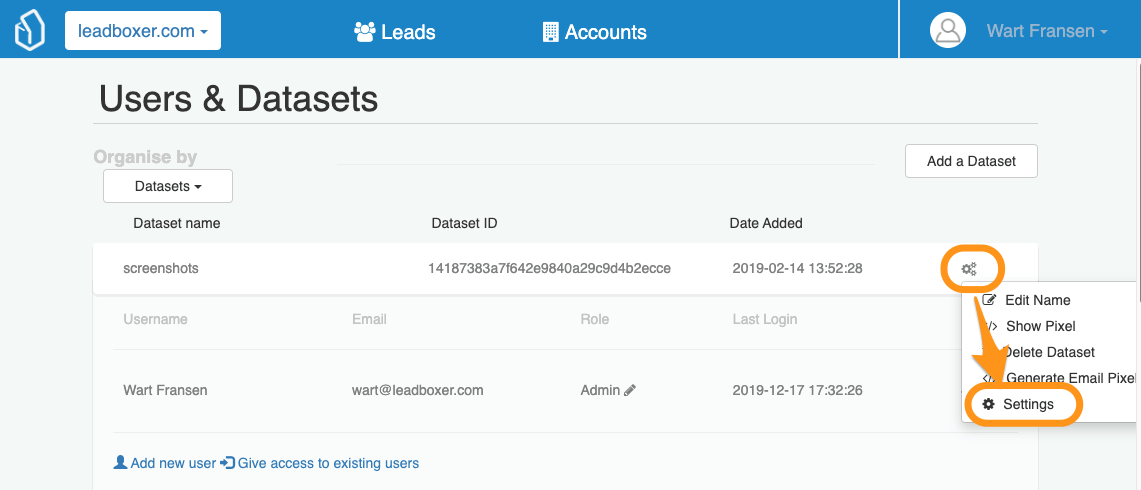
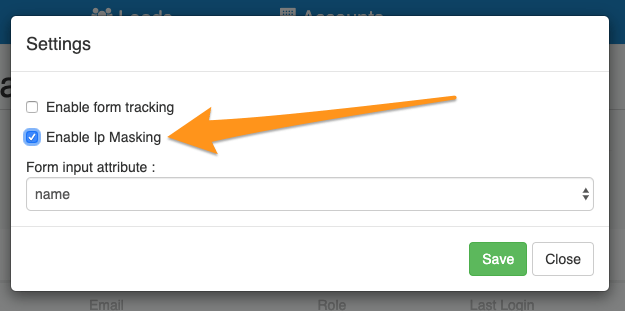

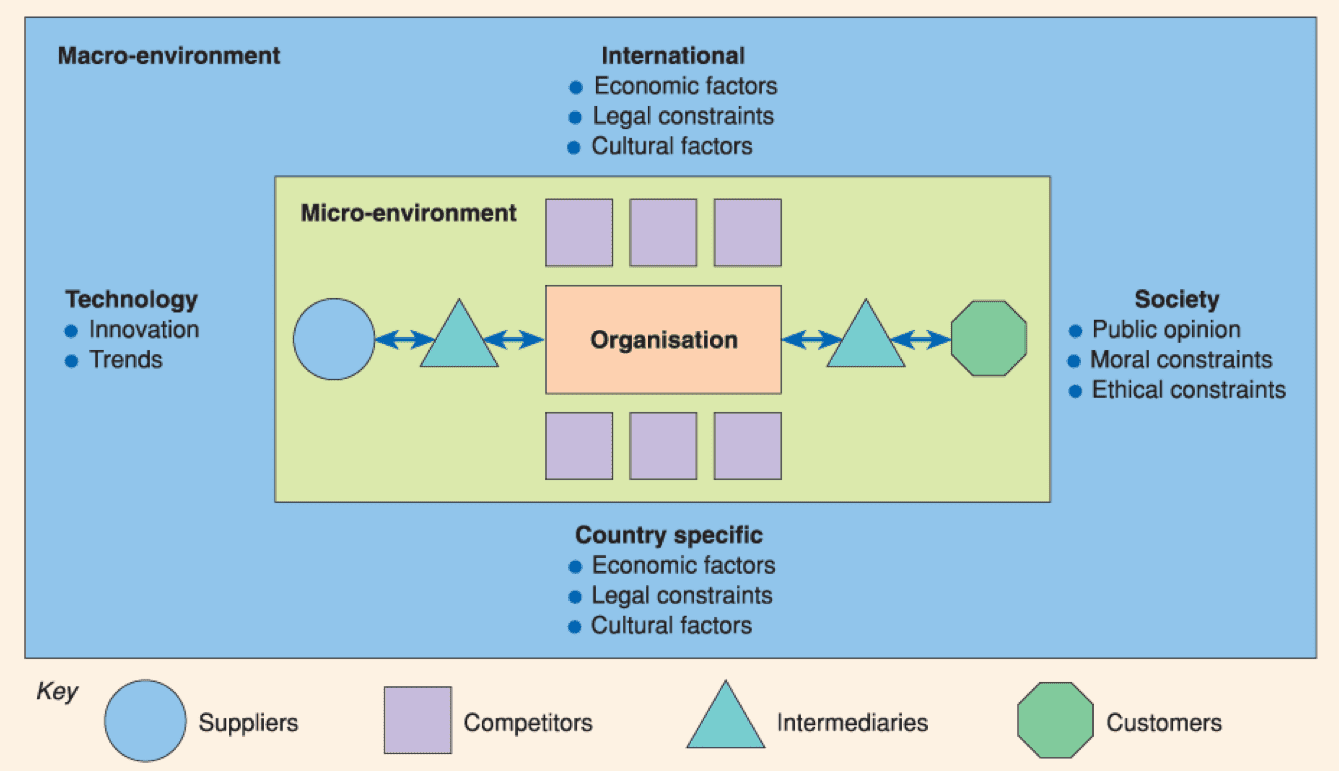
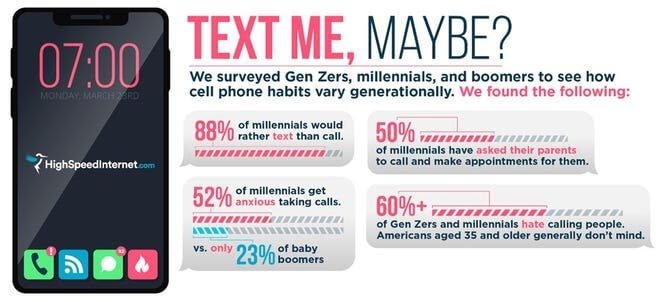
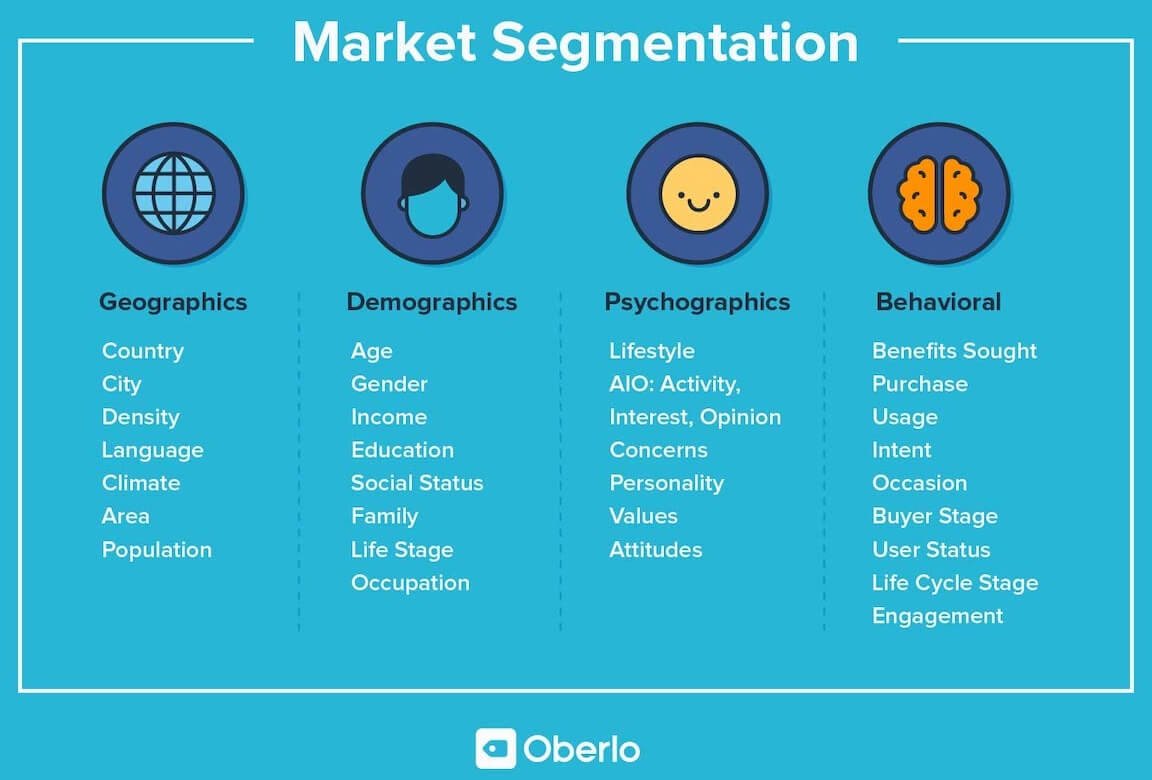

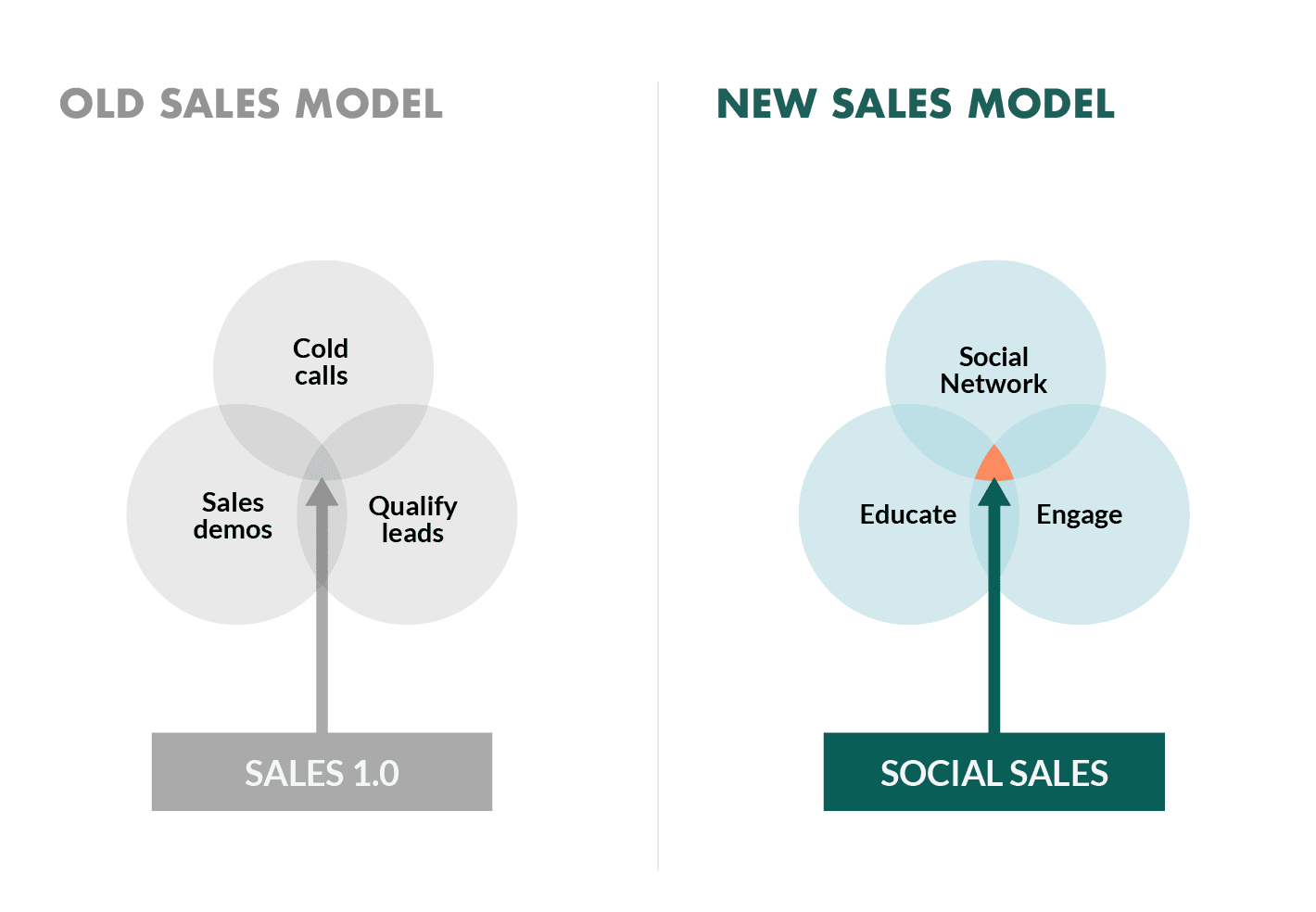
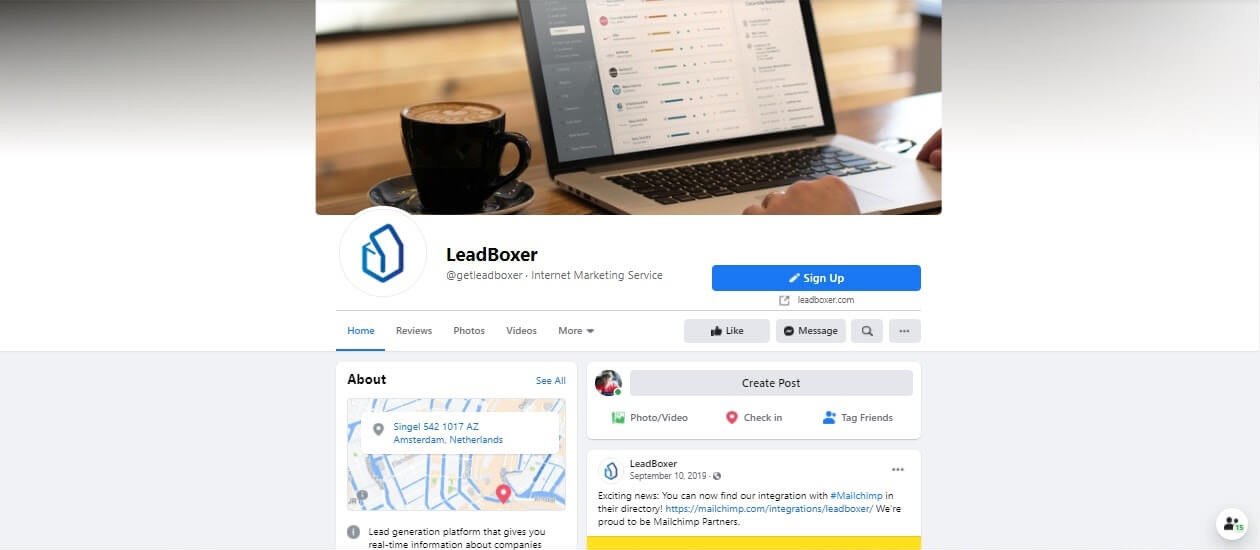
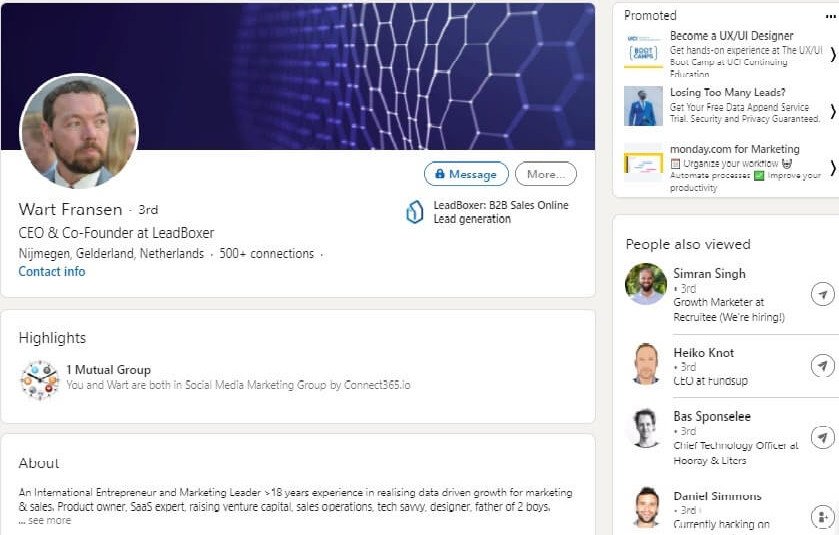
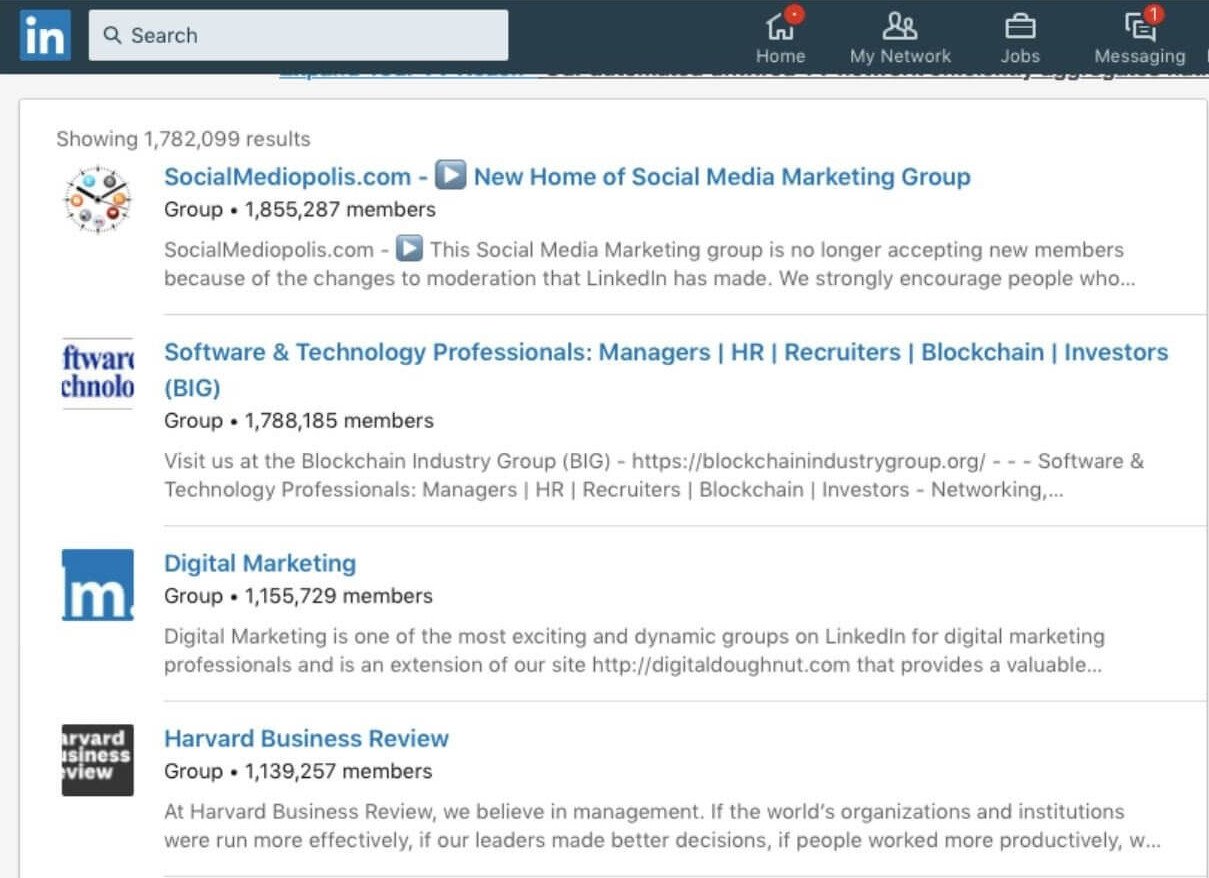
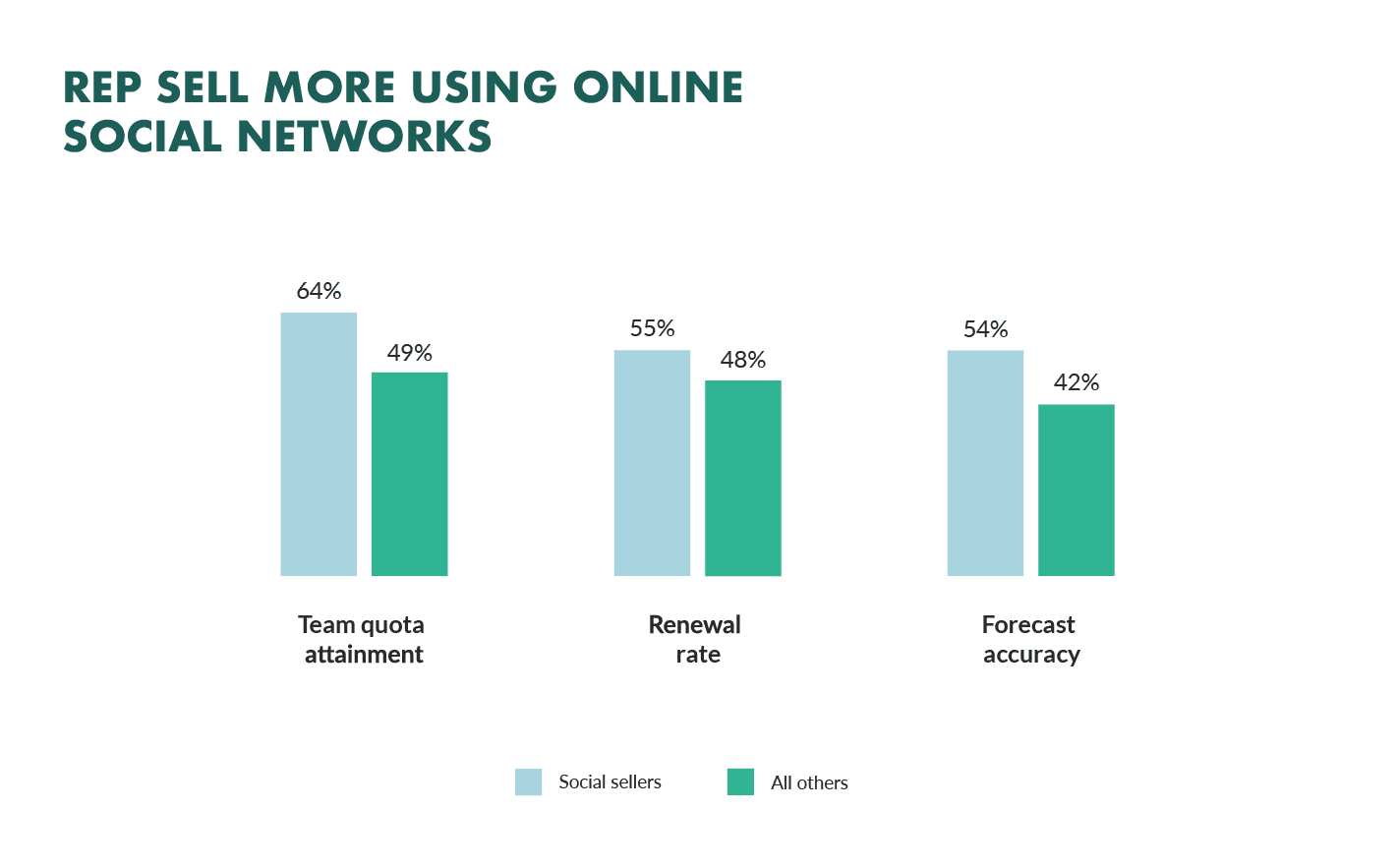

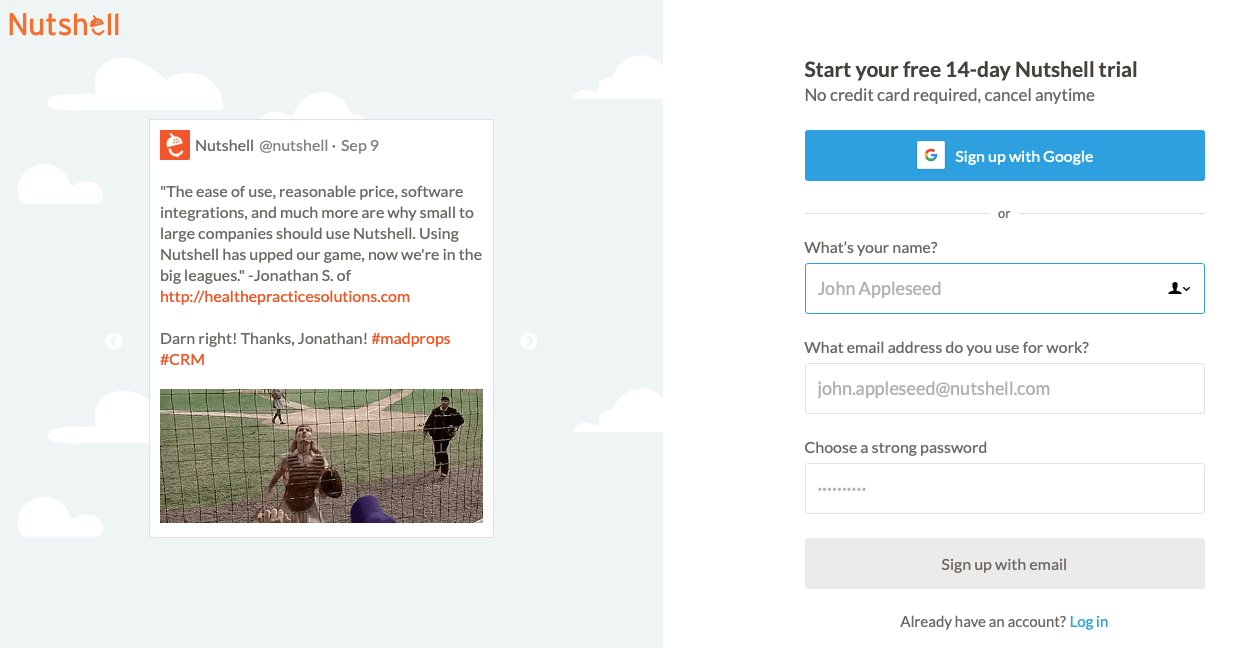
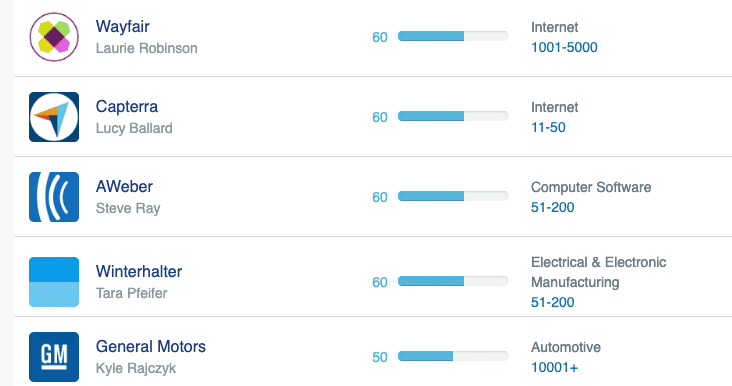
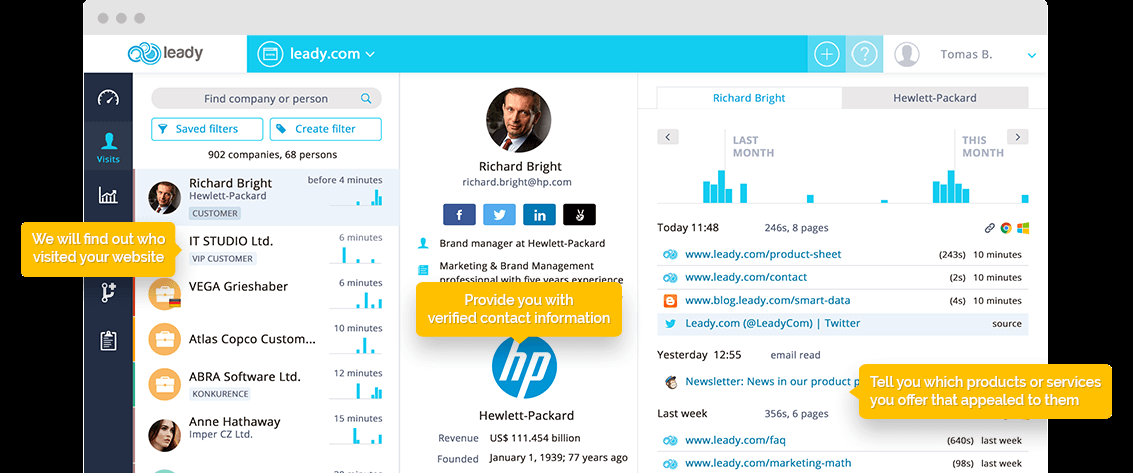
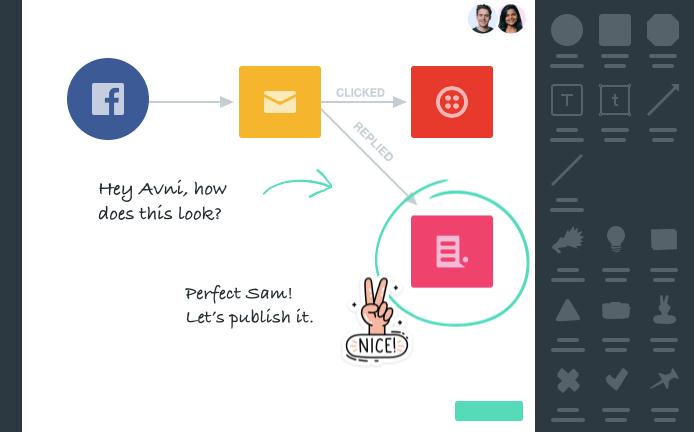
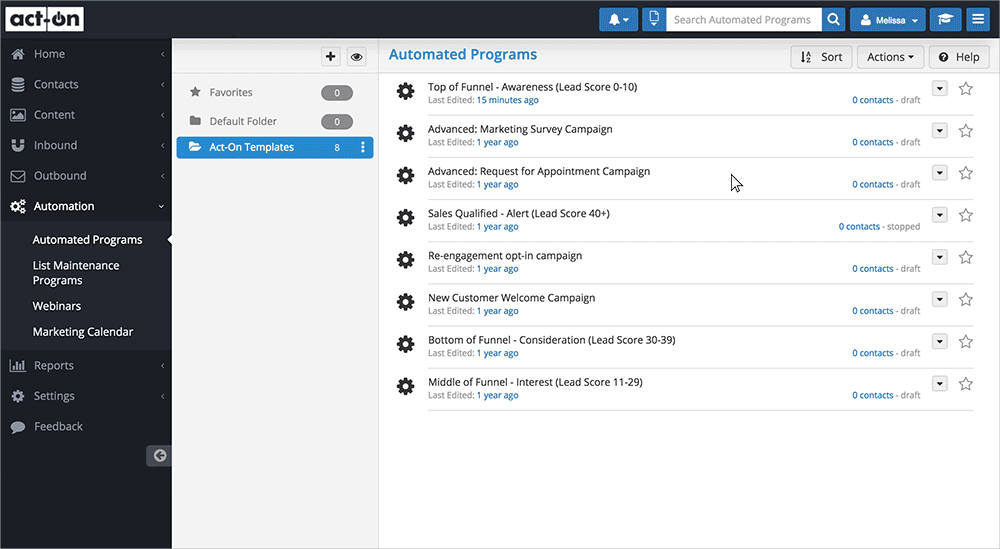
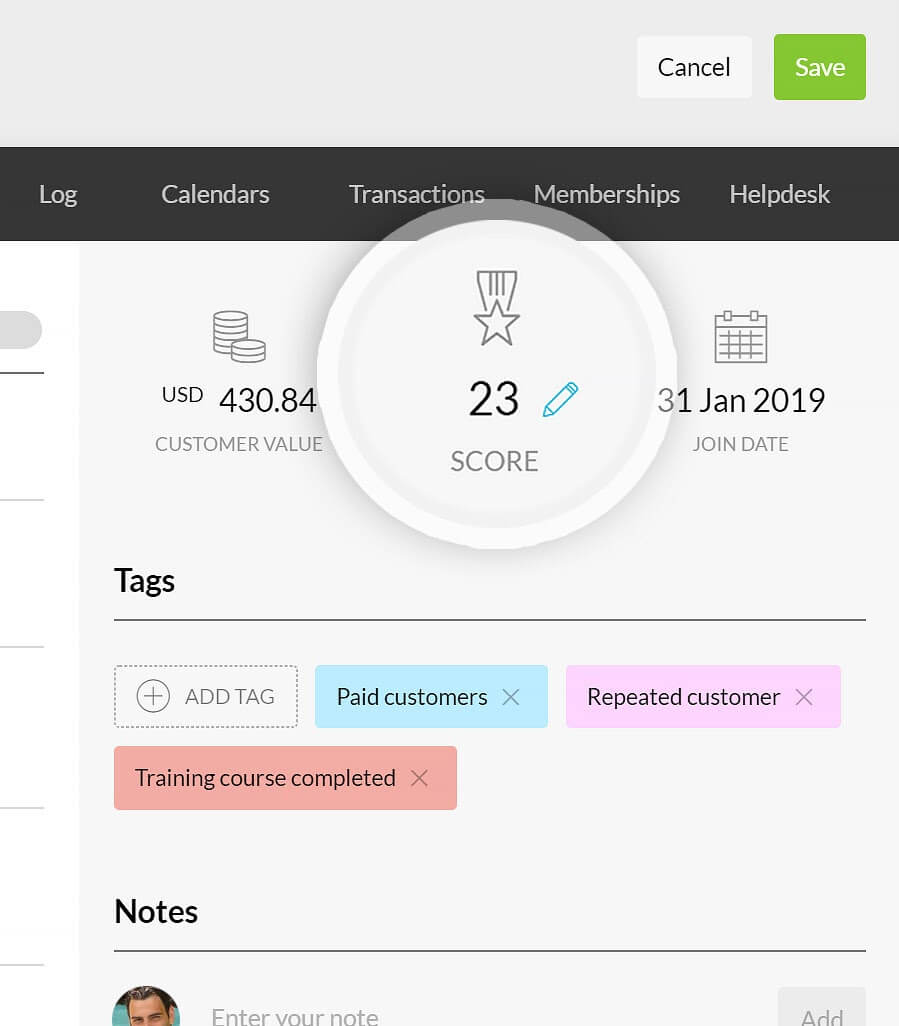
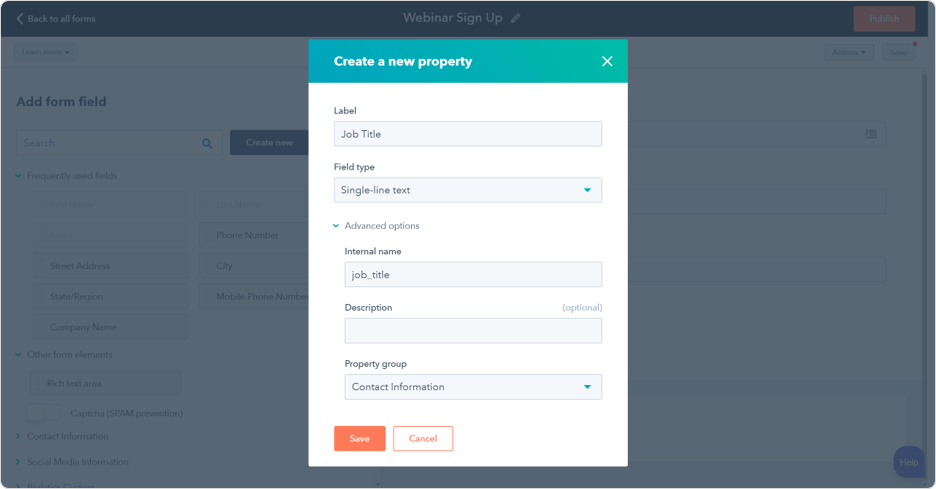
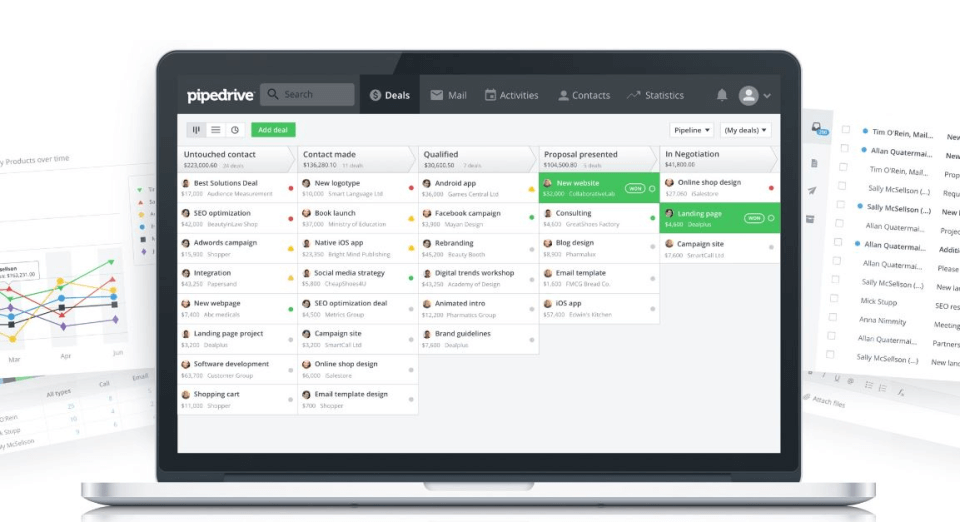
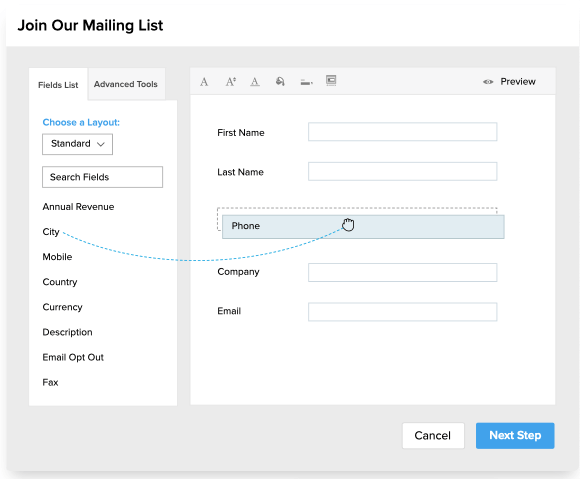
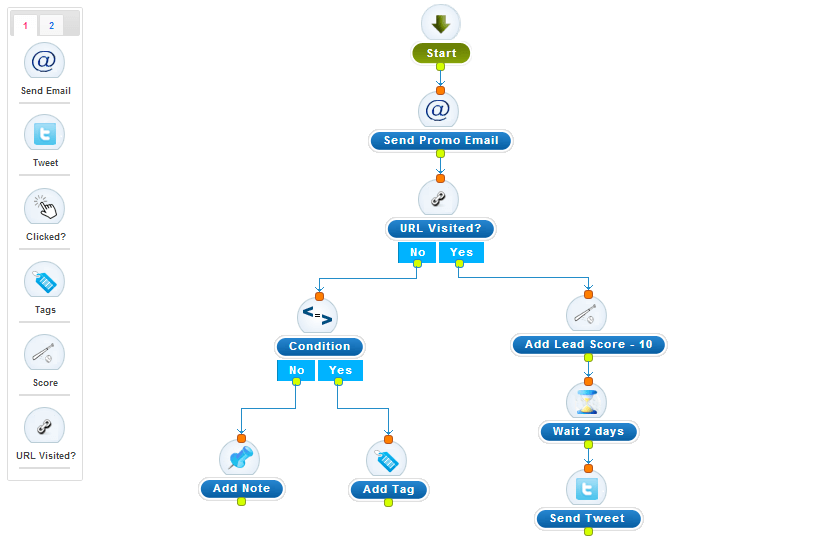
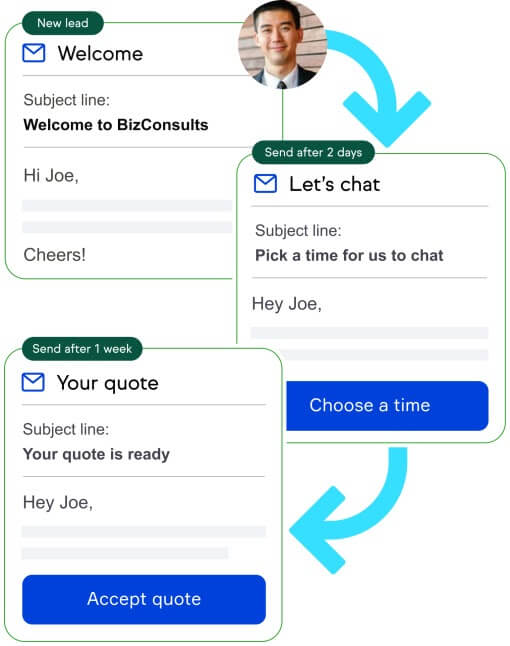
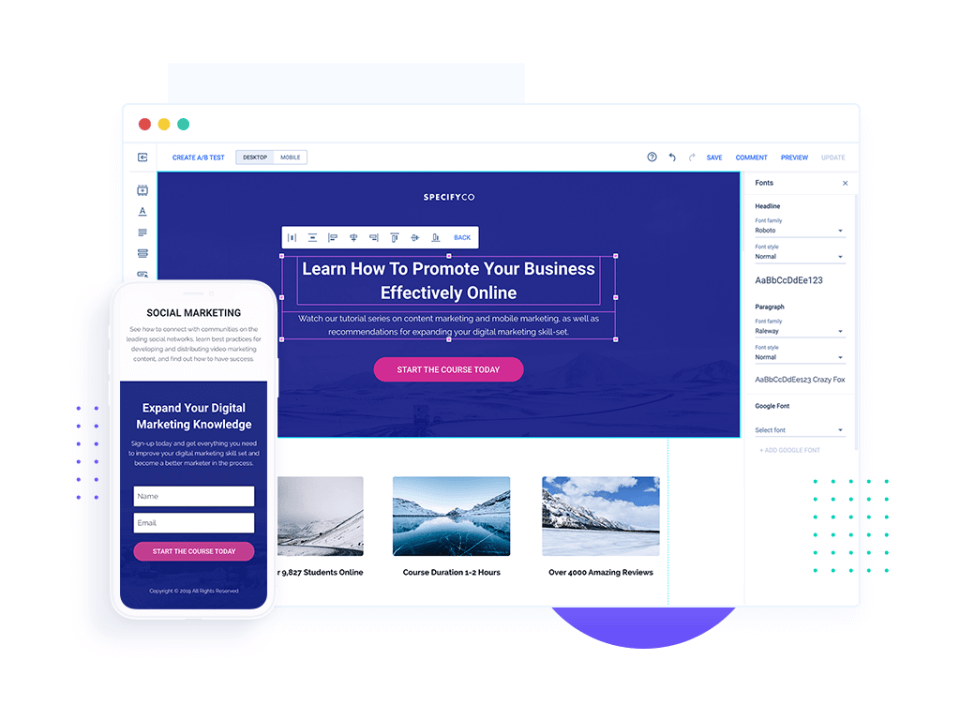
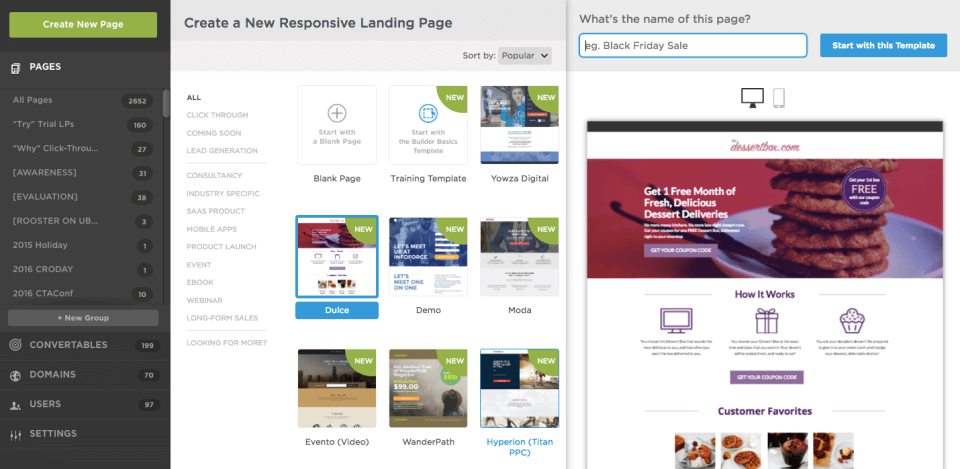
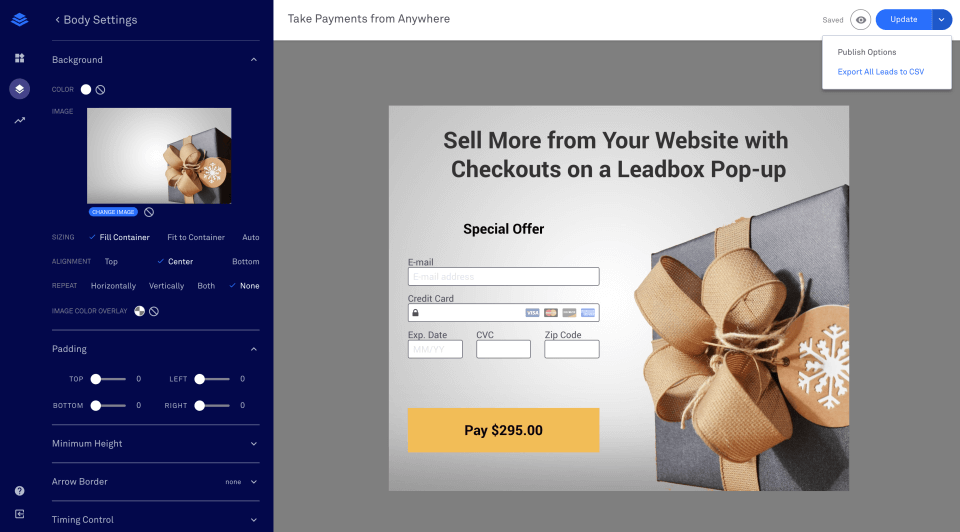
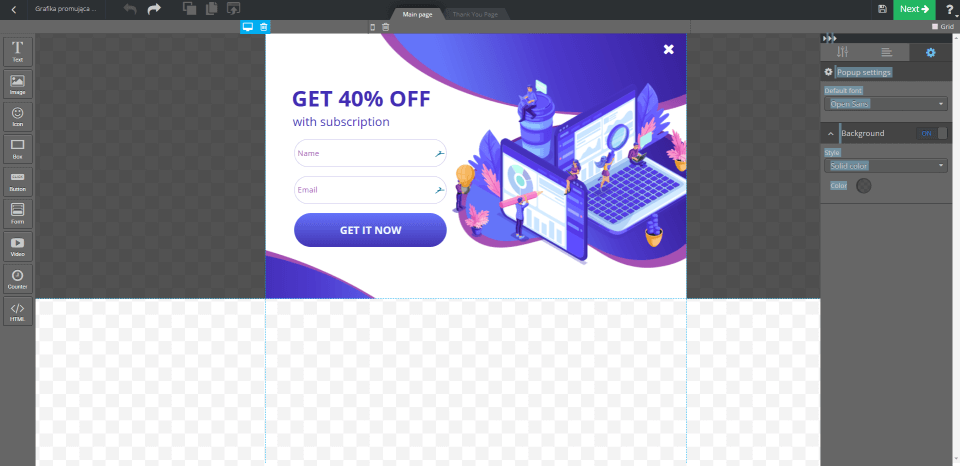
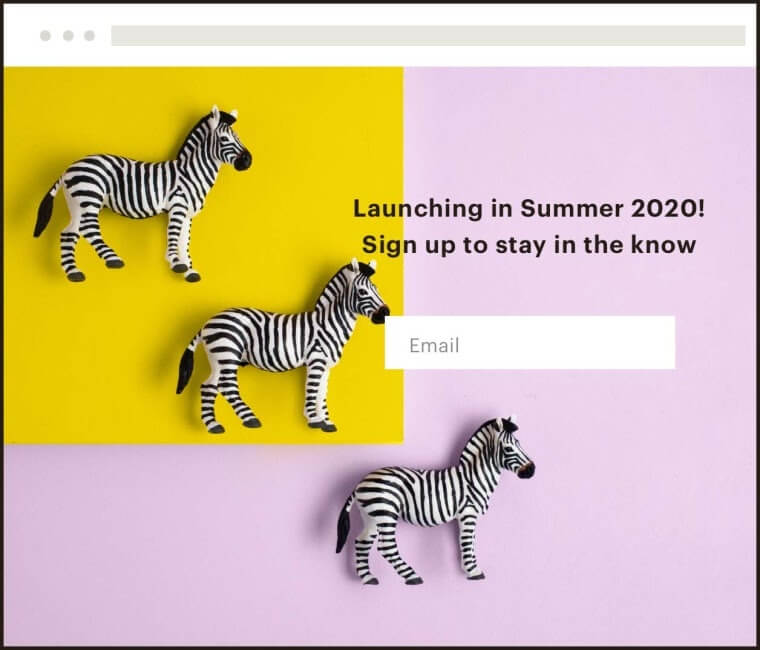
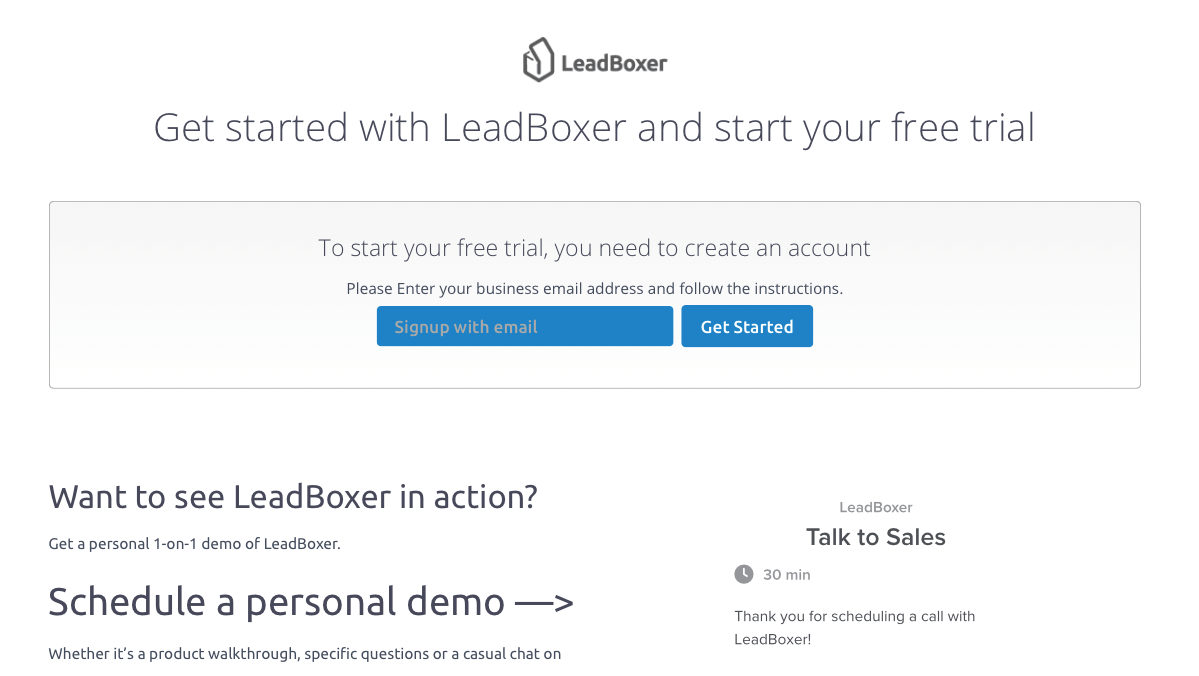
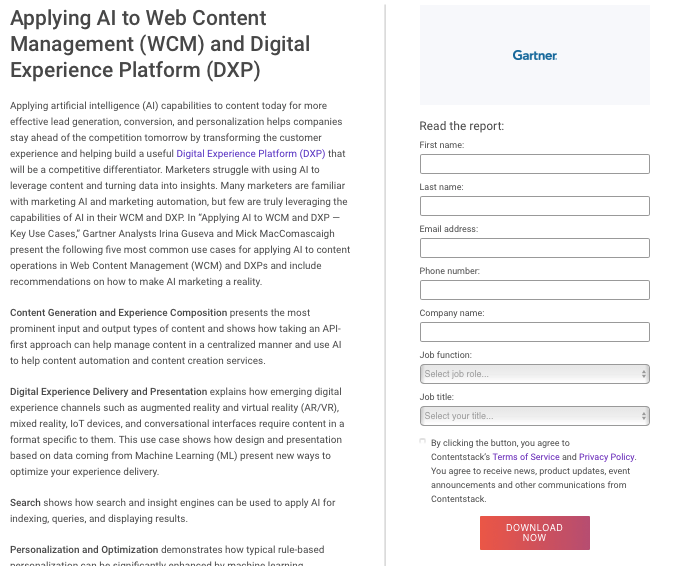
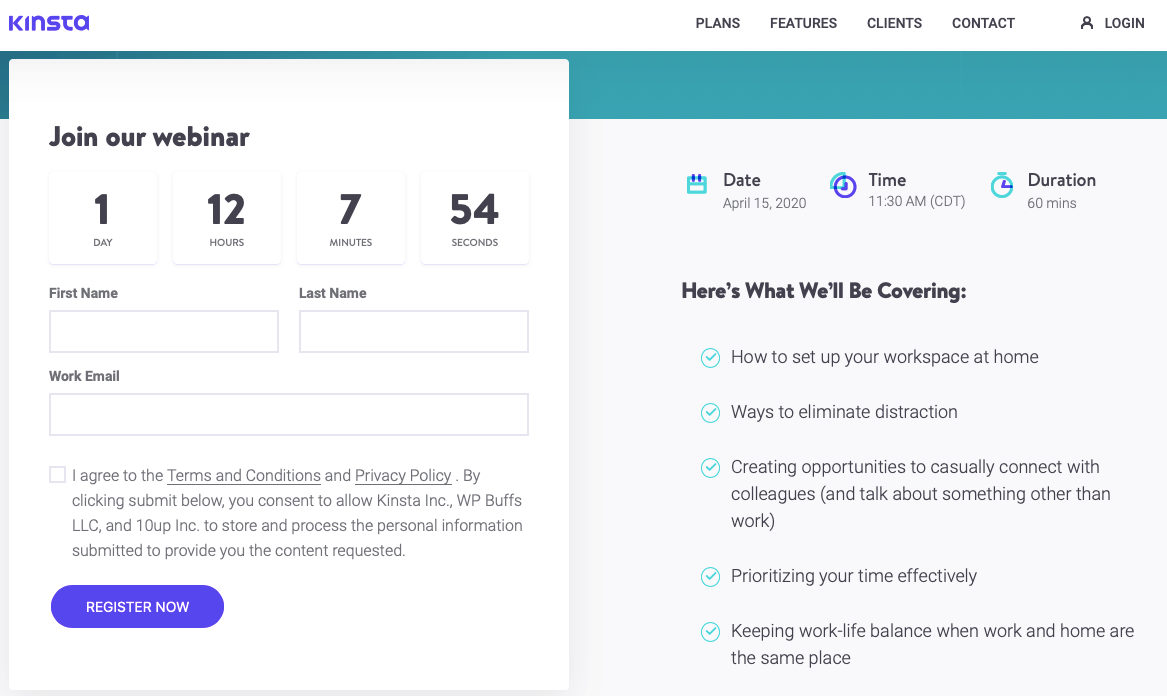
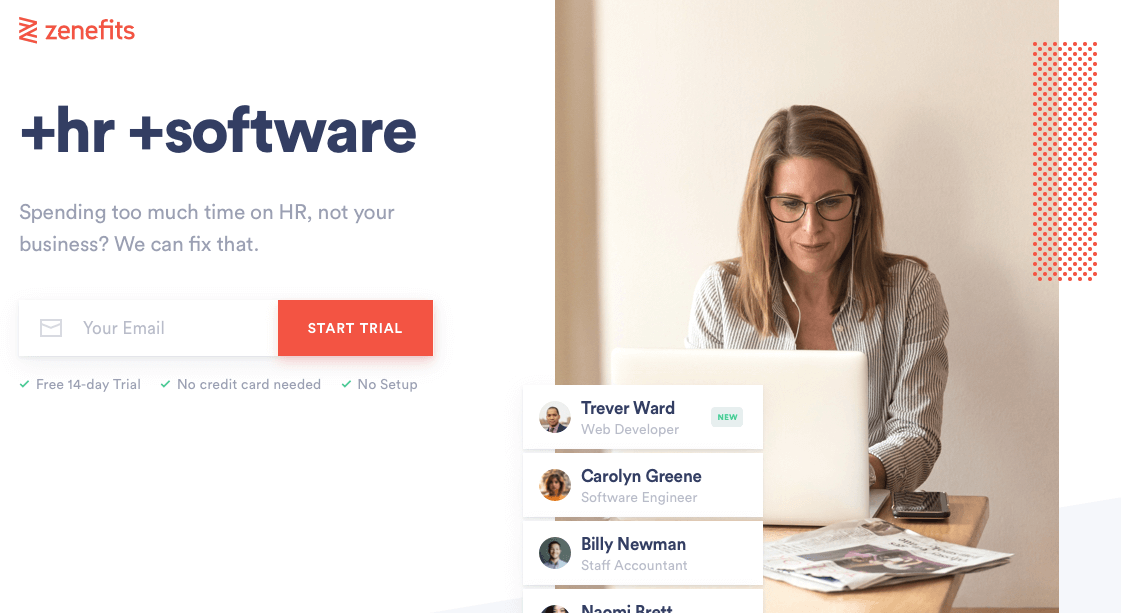
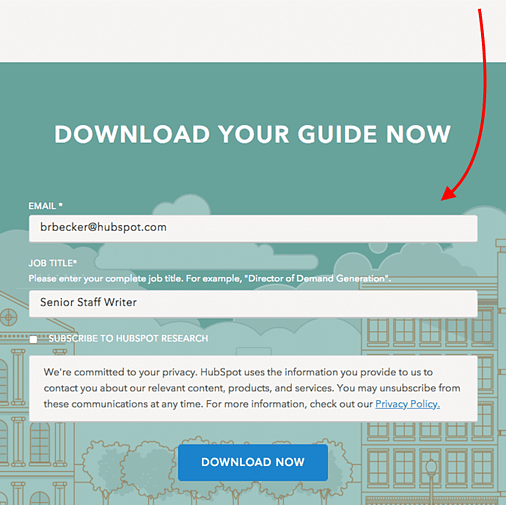
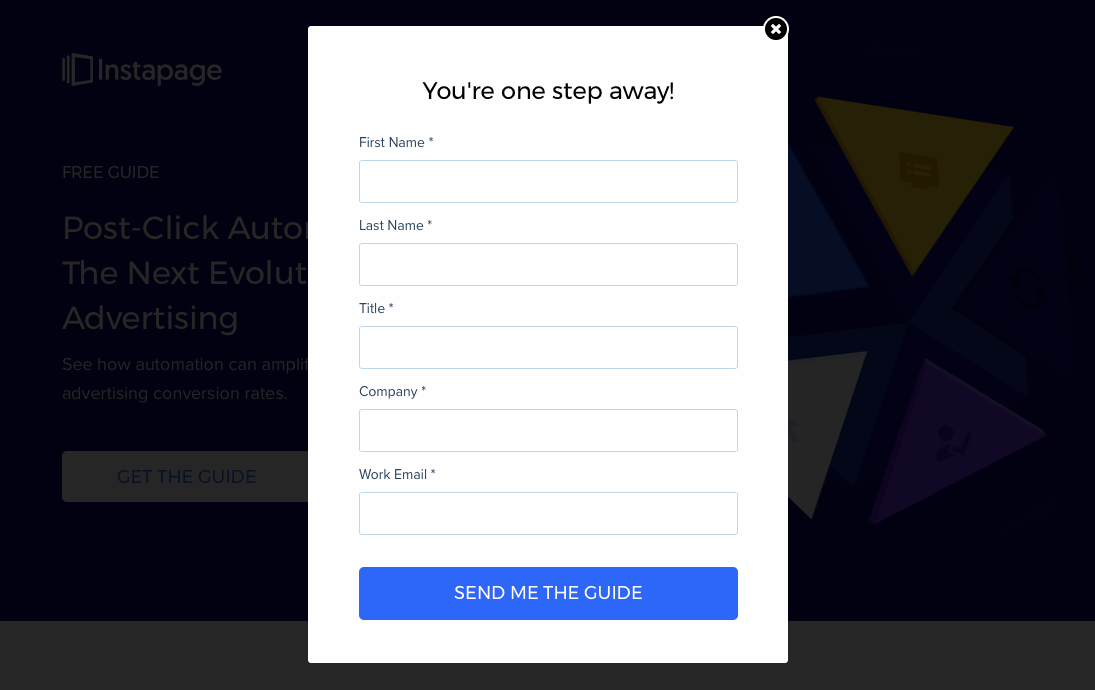
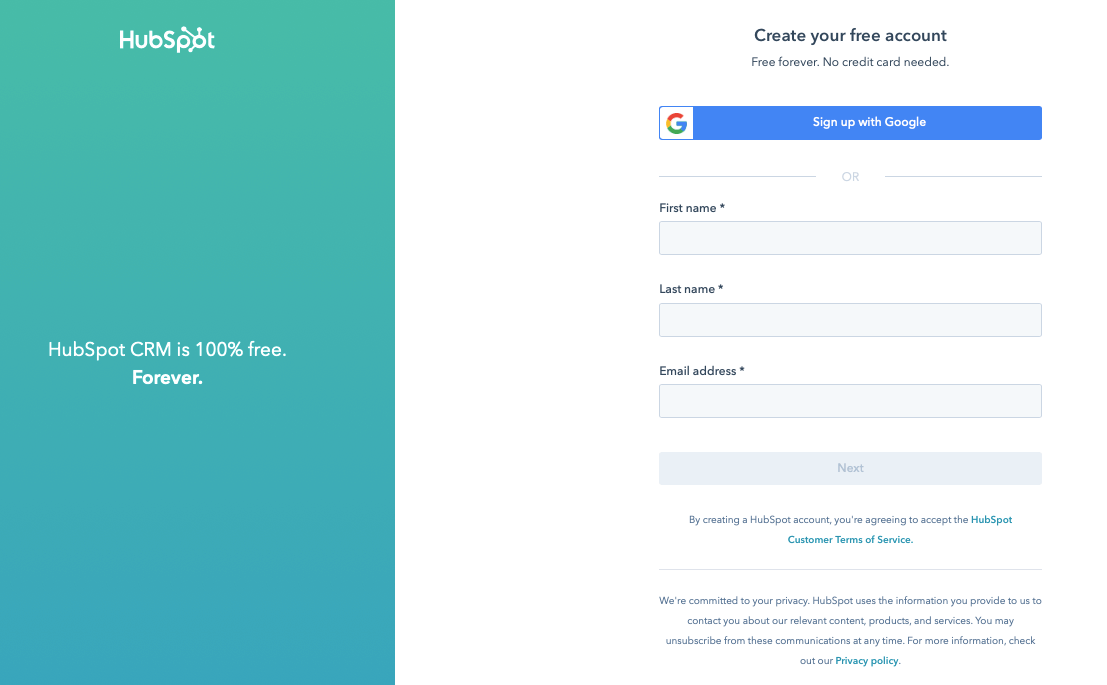

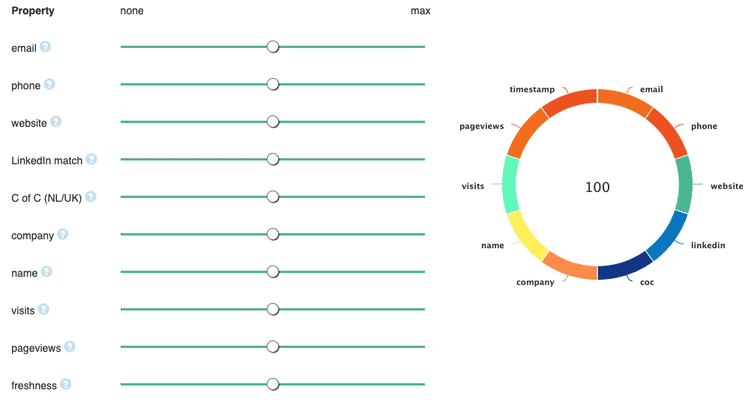
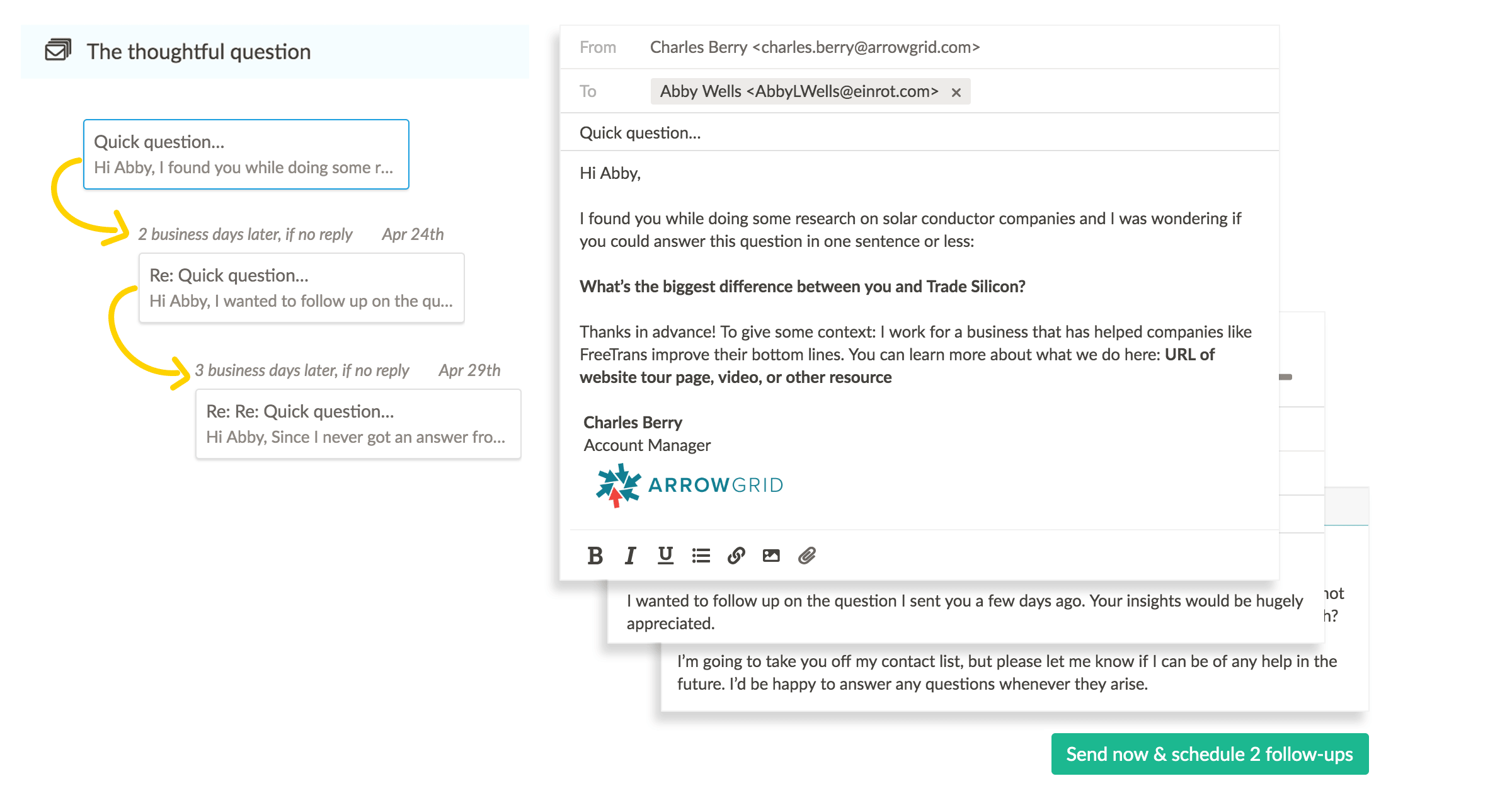
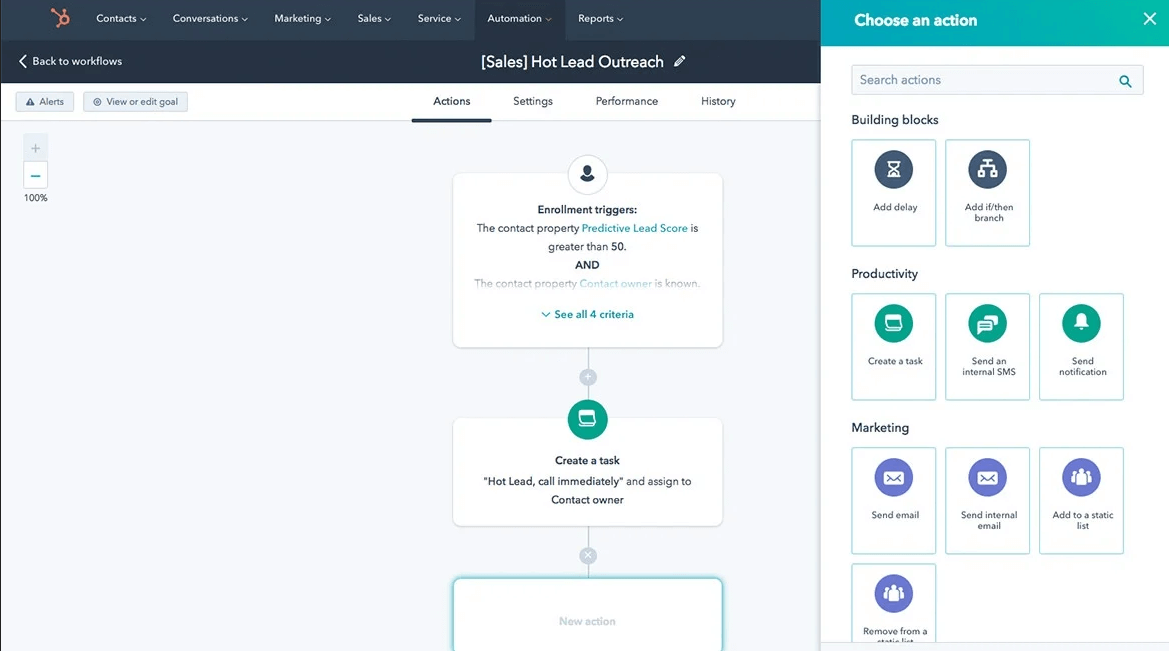
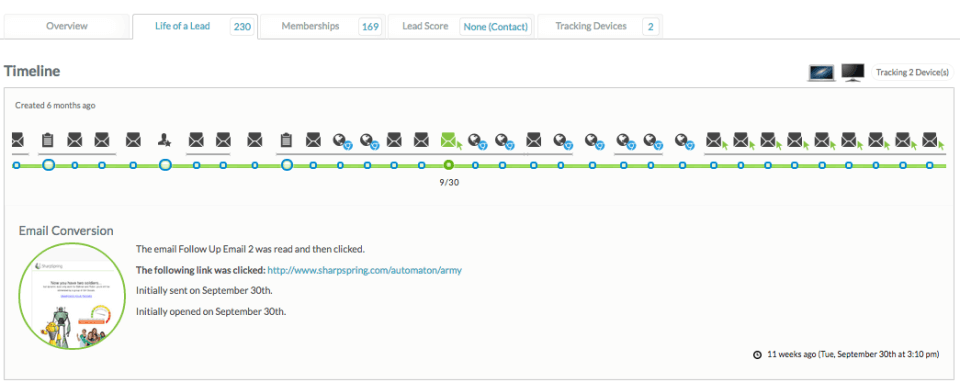
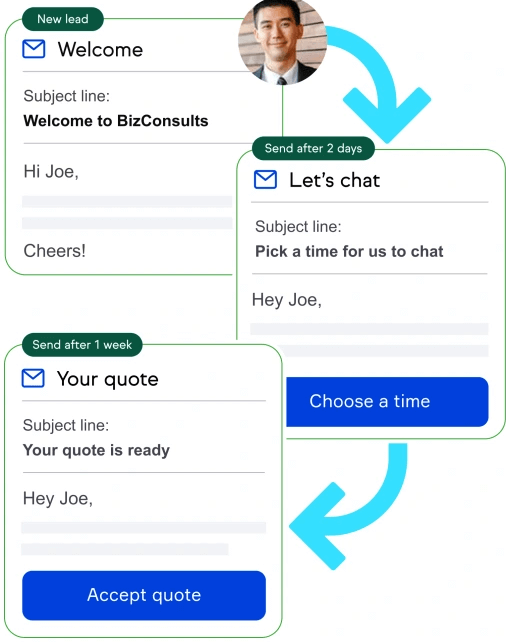
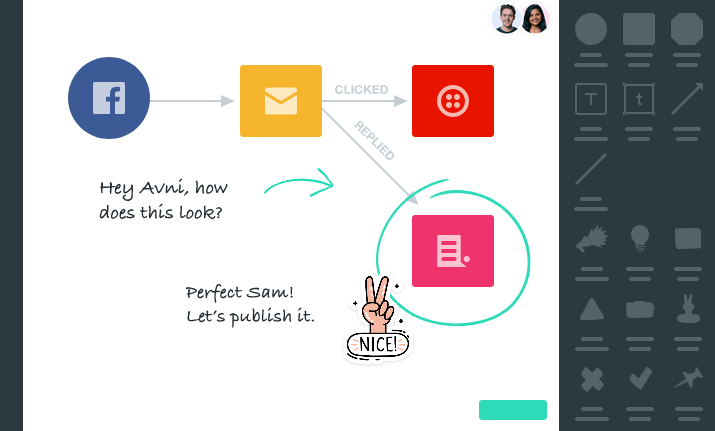
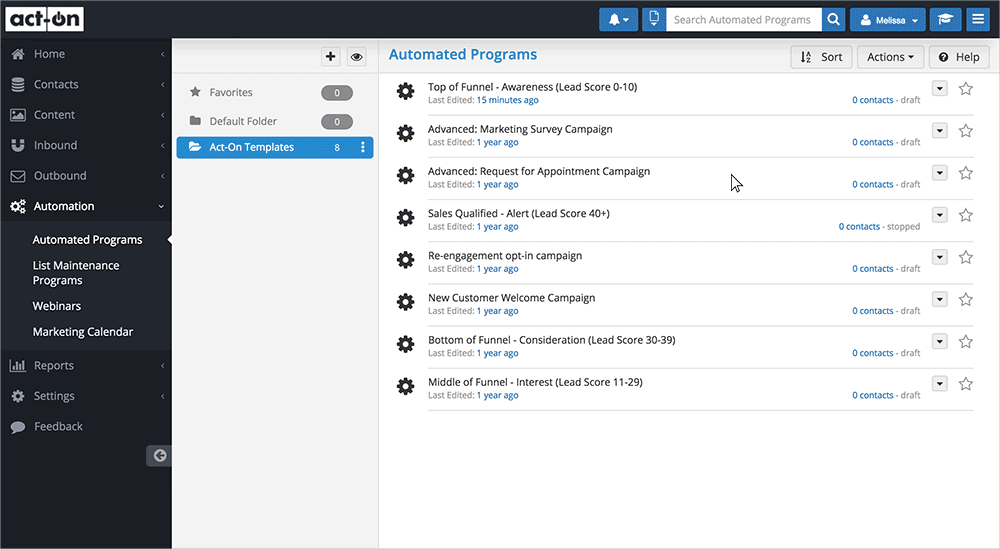
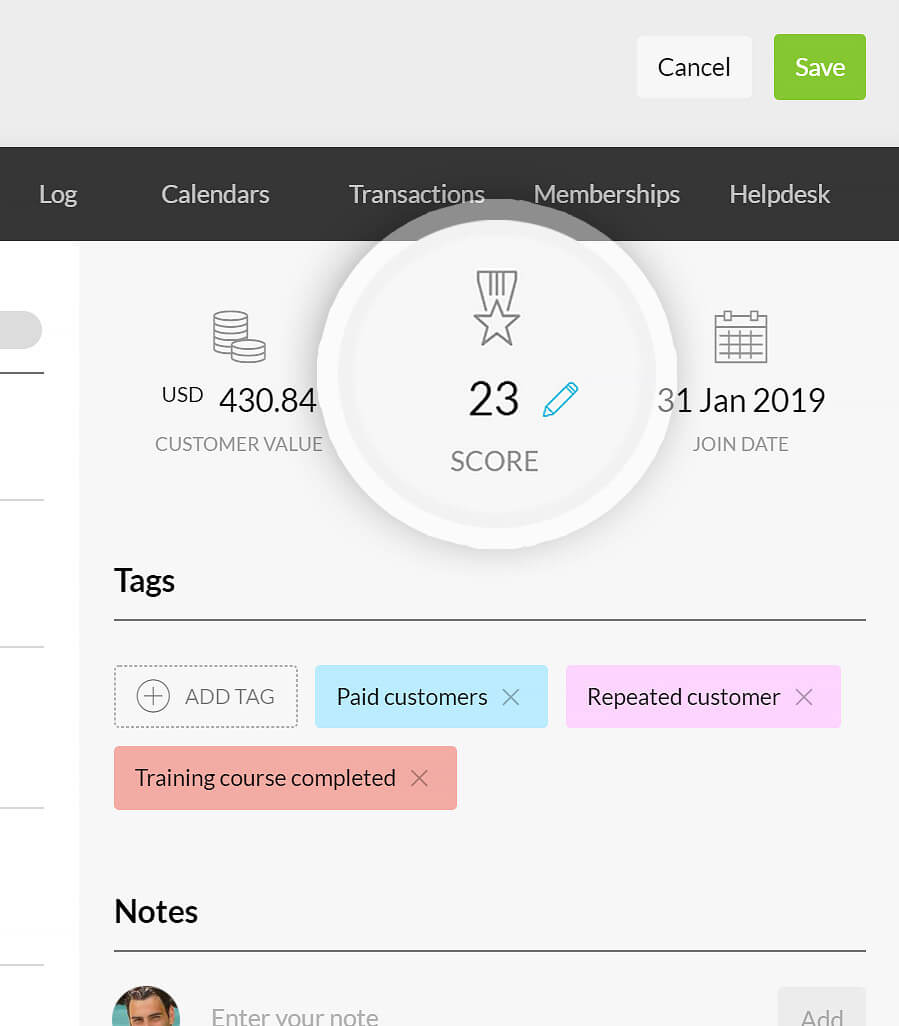
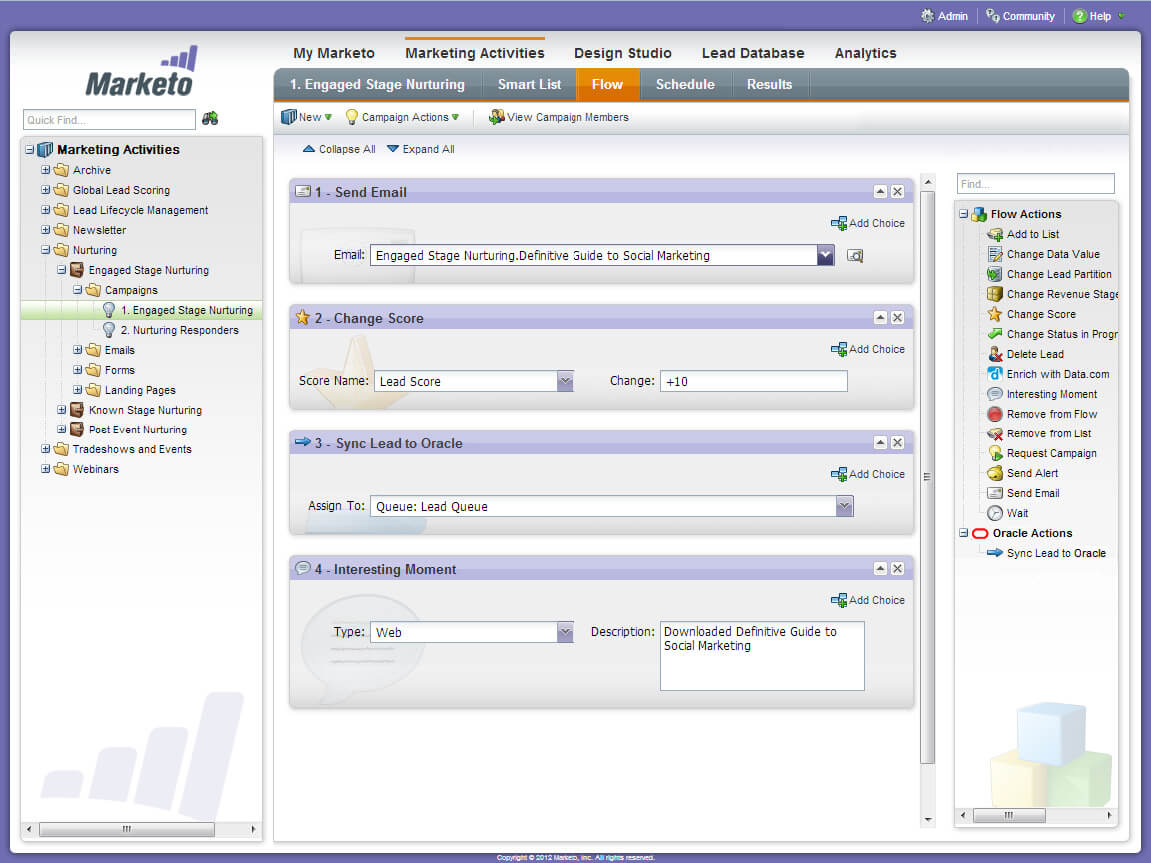
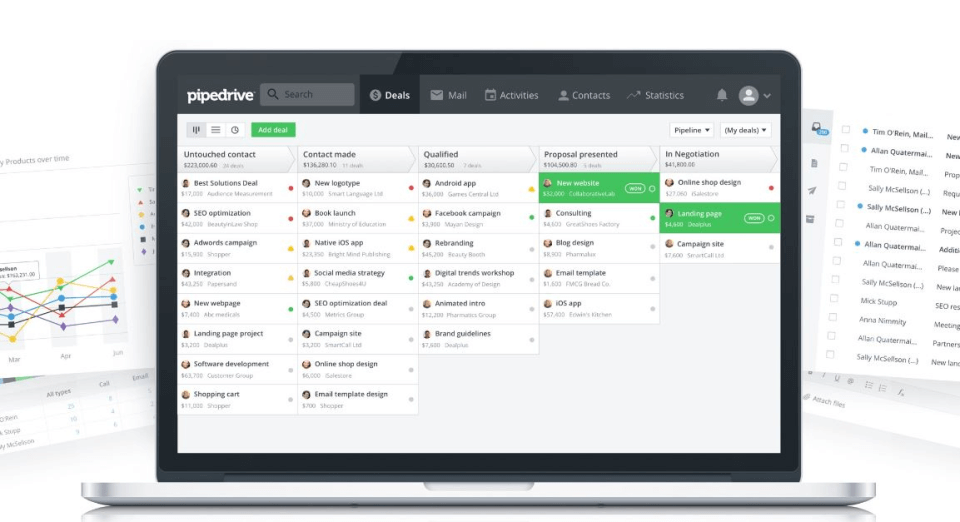
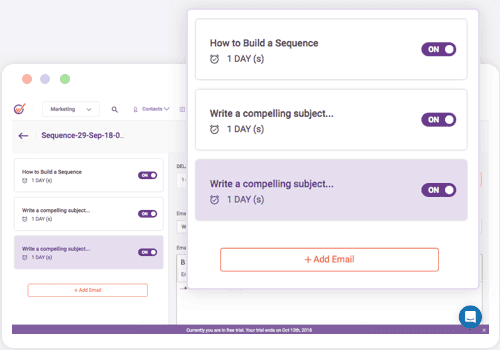
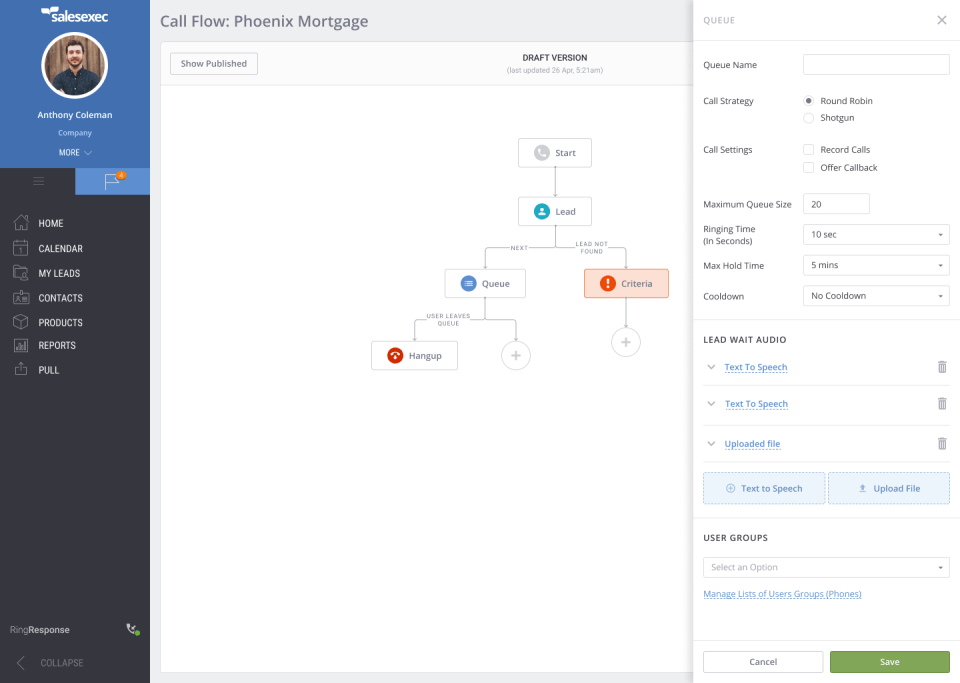

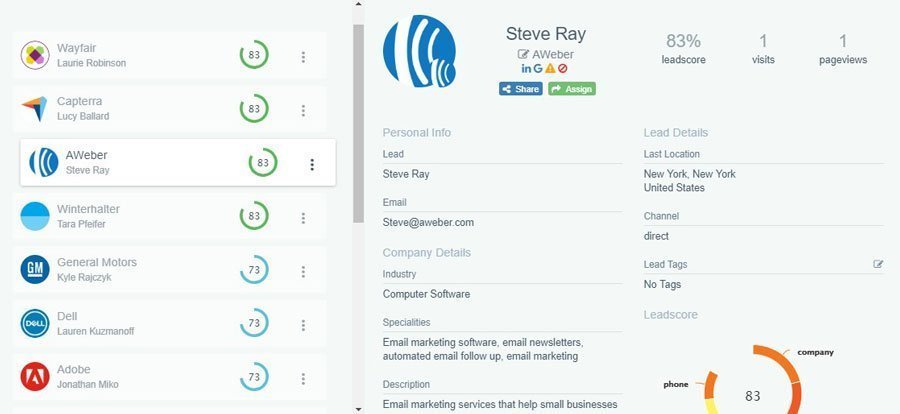 A lead generation tool like
A lead generation tool like 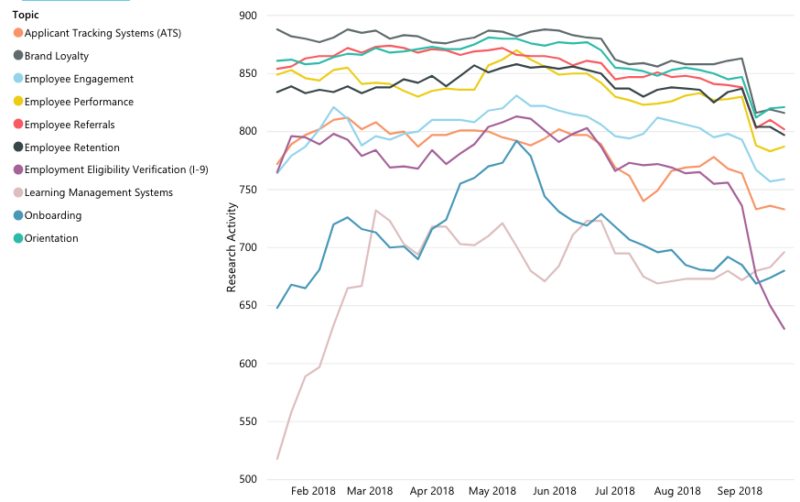
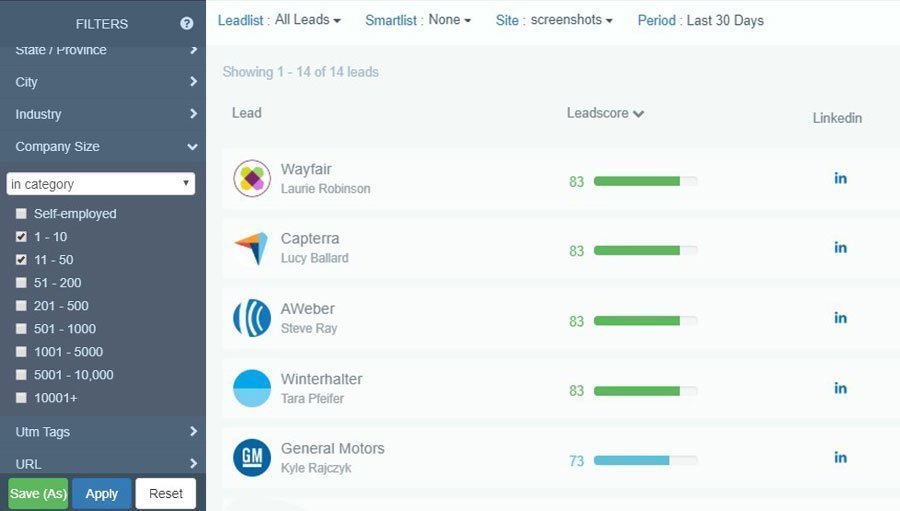 A tool like LeadBoxer quickly shows you the highest priority leads by allowing you to search by filters such as location, industry, and company size.
A tool like LeadBoxer quickly shows you the highest priority leads by allowing you to search by filters such as location, industry, and company size.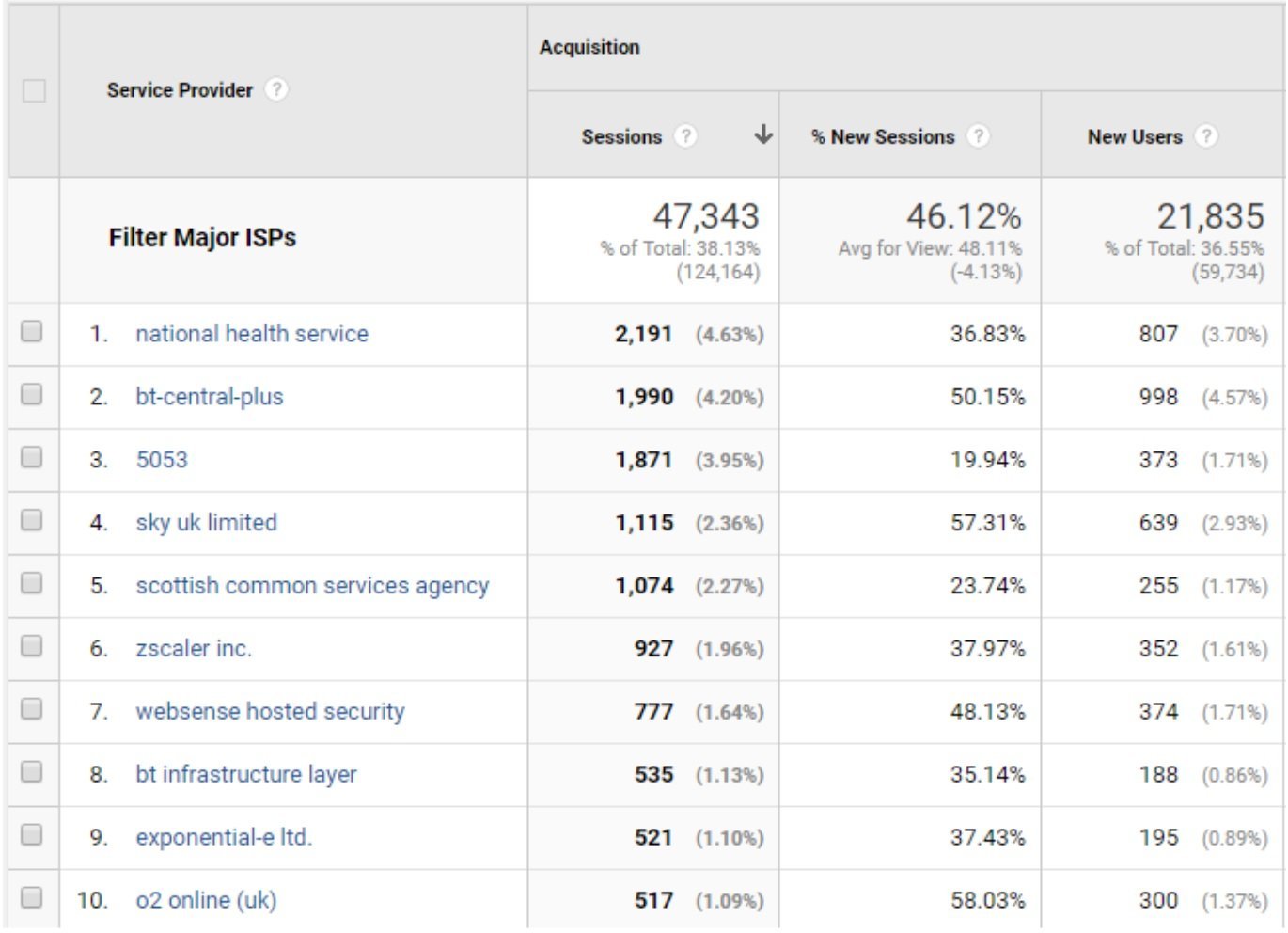
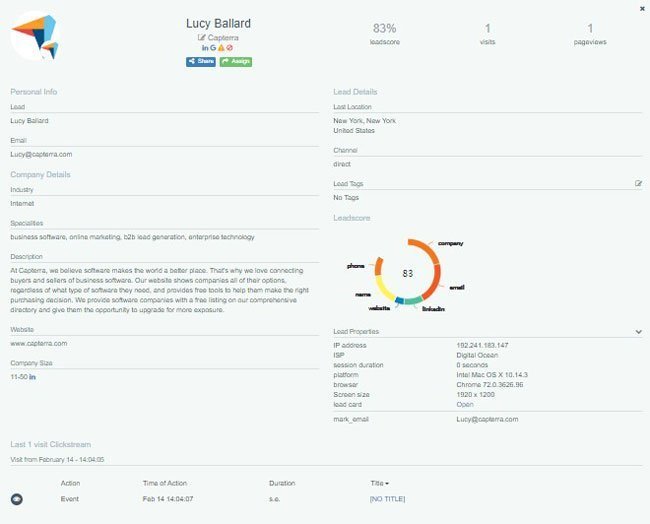
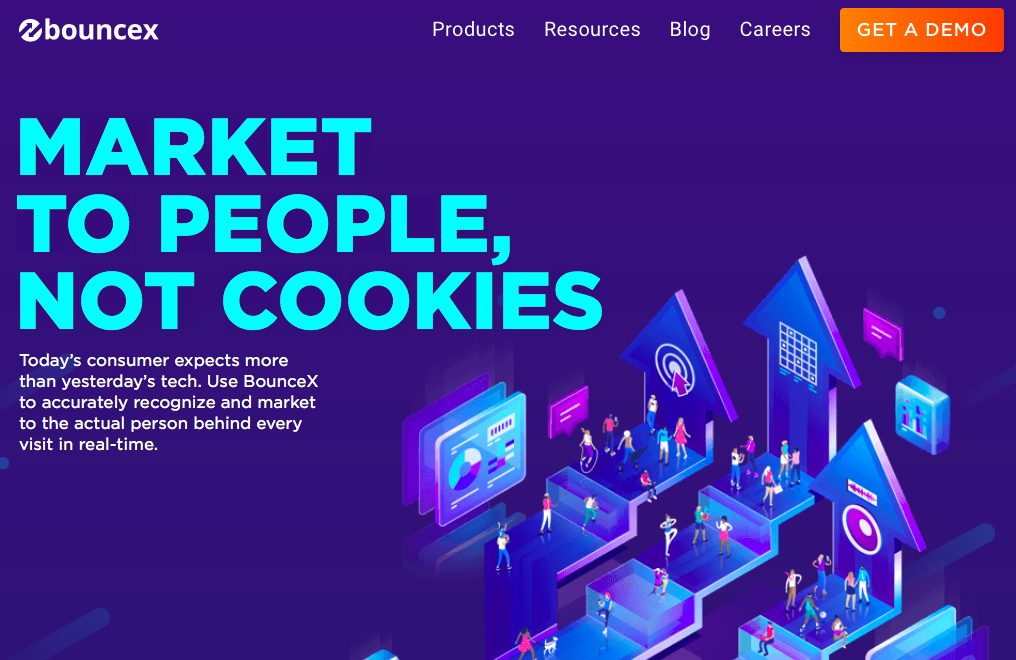
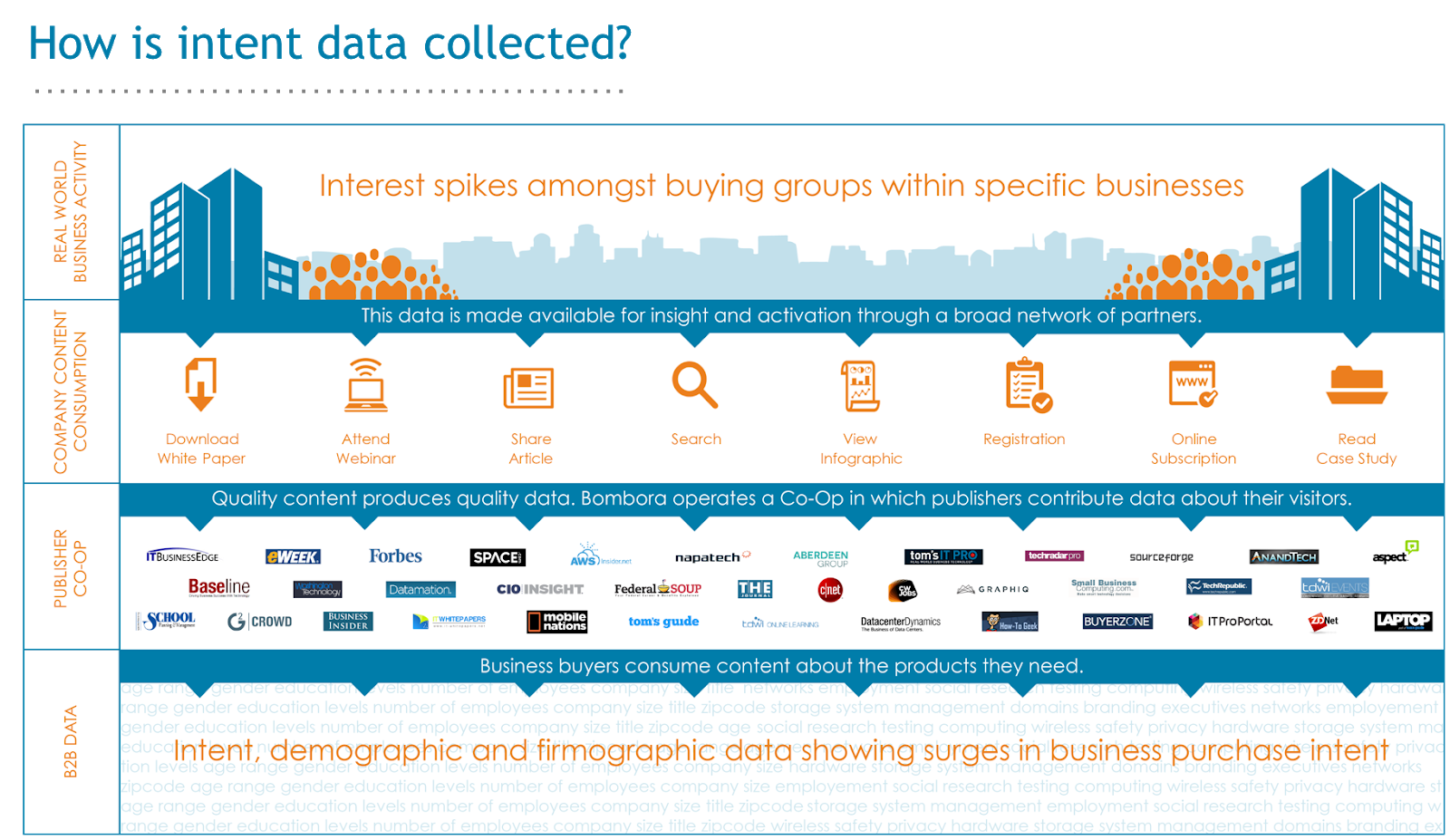
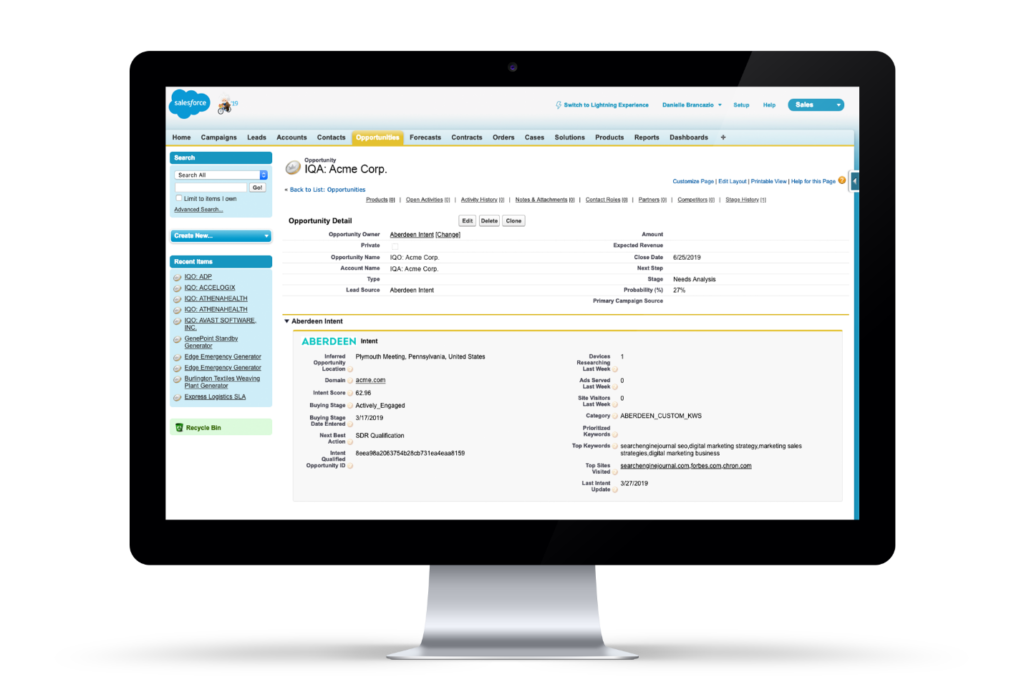
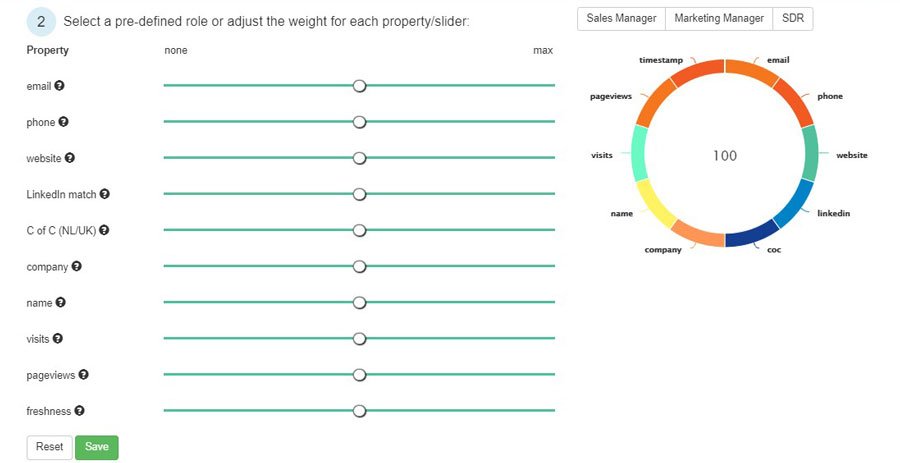
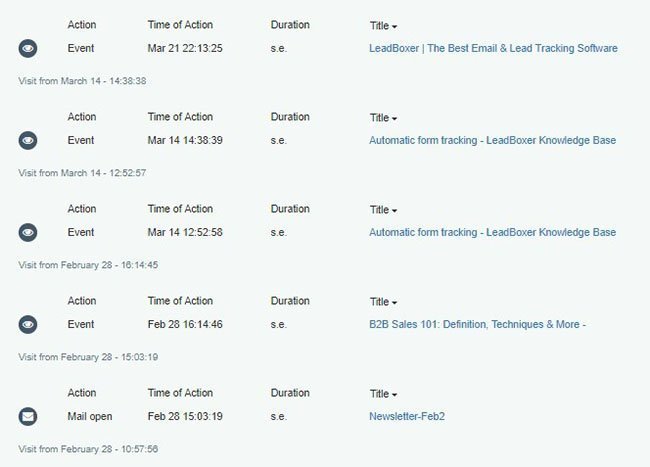 The more specific the data points used to calculate a lead score, the more accurate and useful the lead score will be. This will help weed out accounts that aren’t the right fit or are researching topics without having any intent to buy a product or service.
The more specific the data points used to calculate a lead score, the more accurate and useful the lead score will be. This will help weed out accounts that aren’t the right fit or are researching topics without having any intent to buy a product or service.